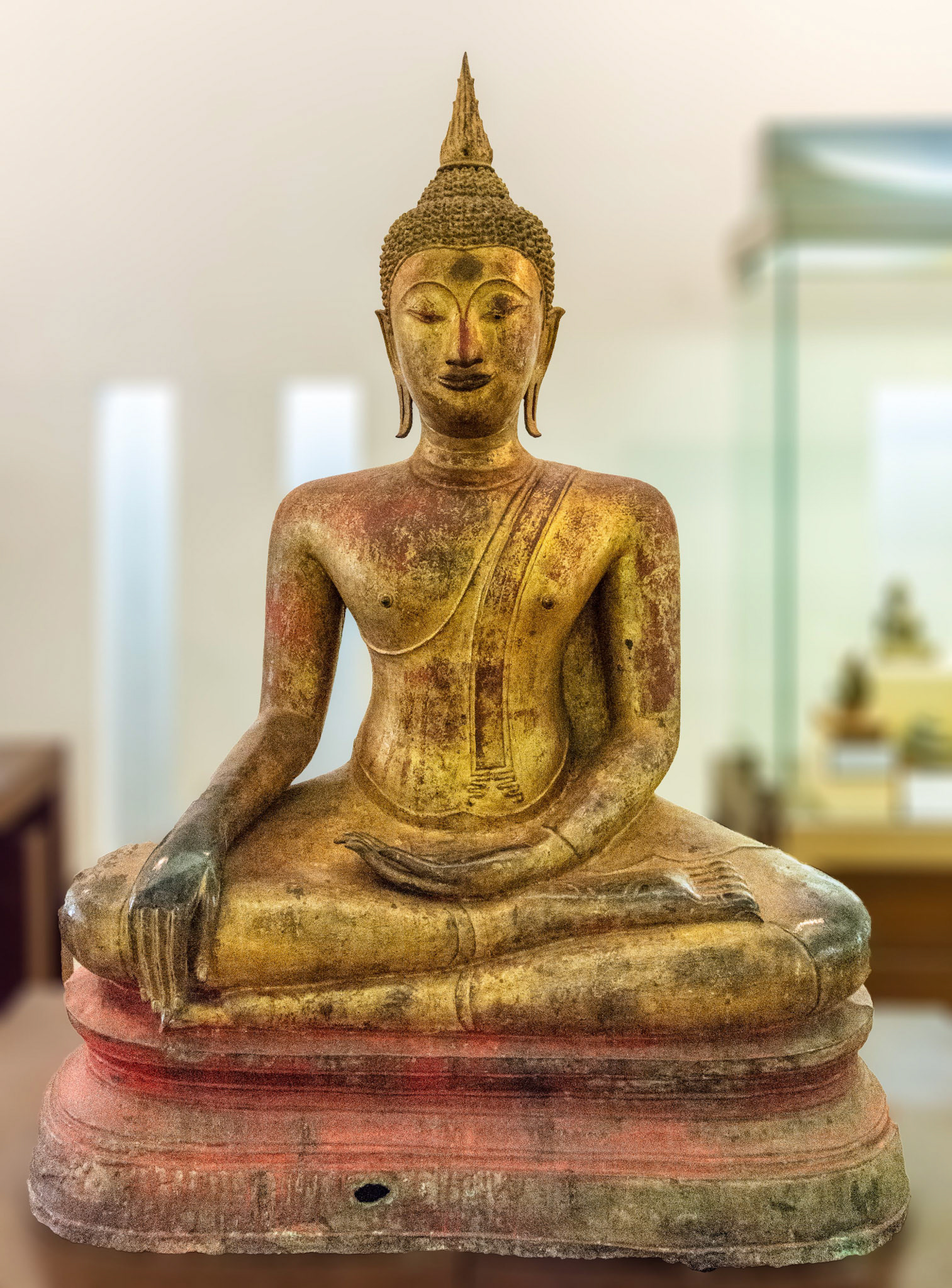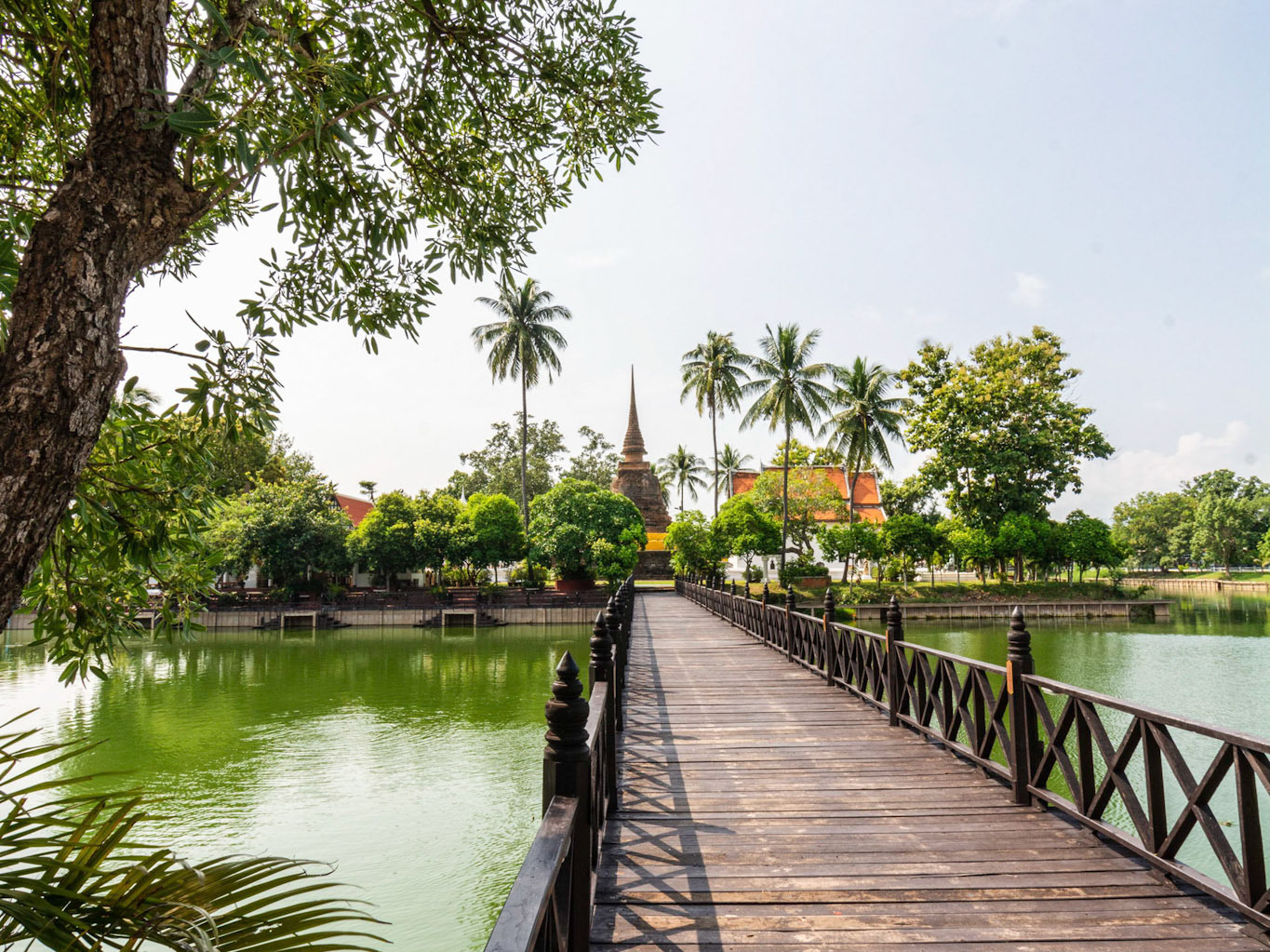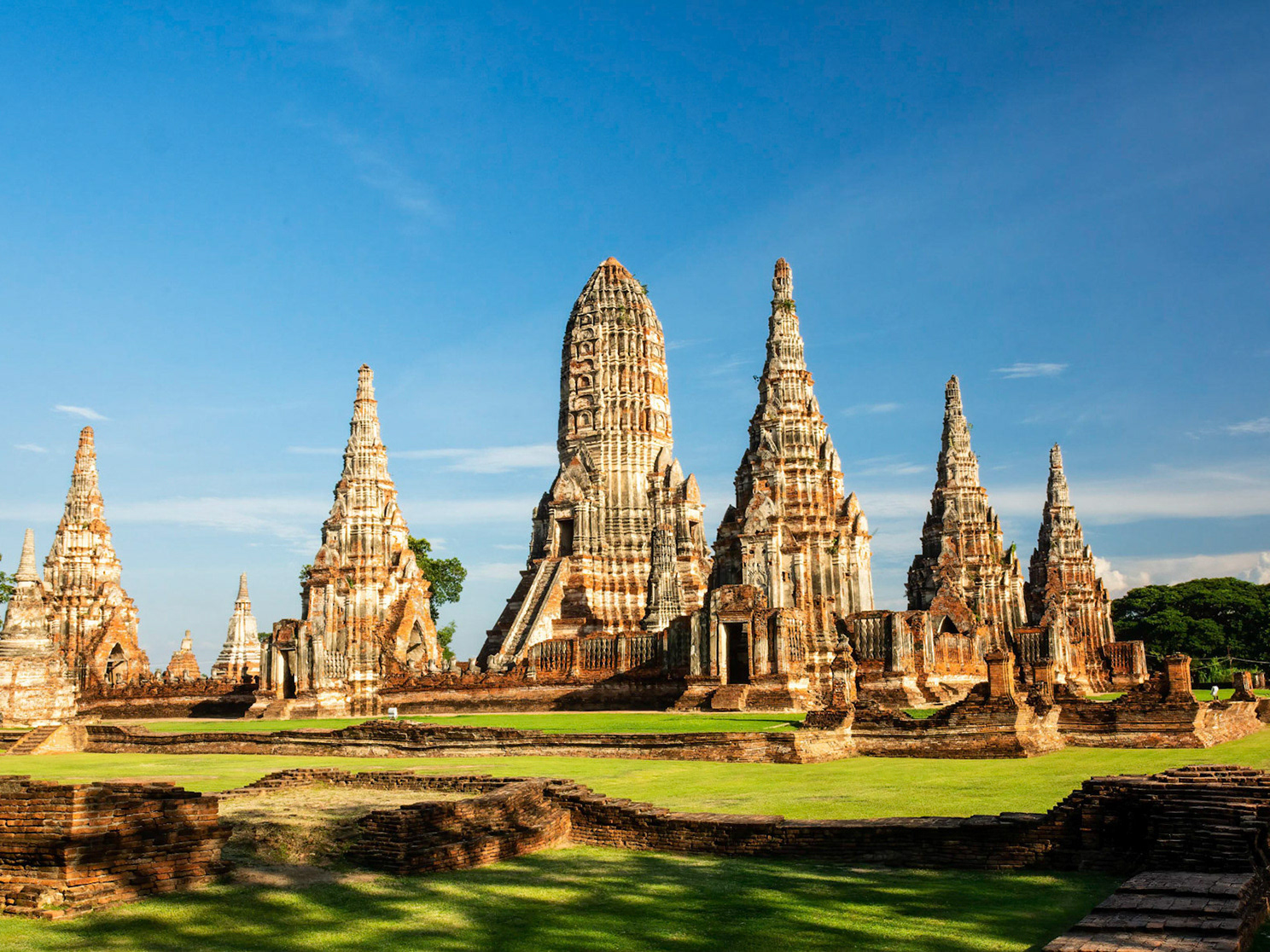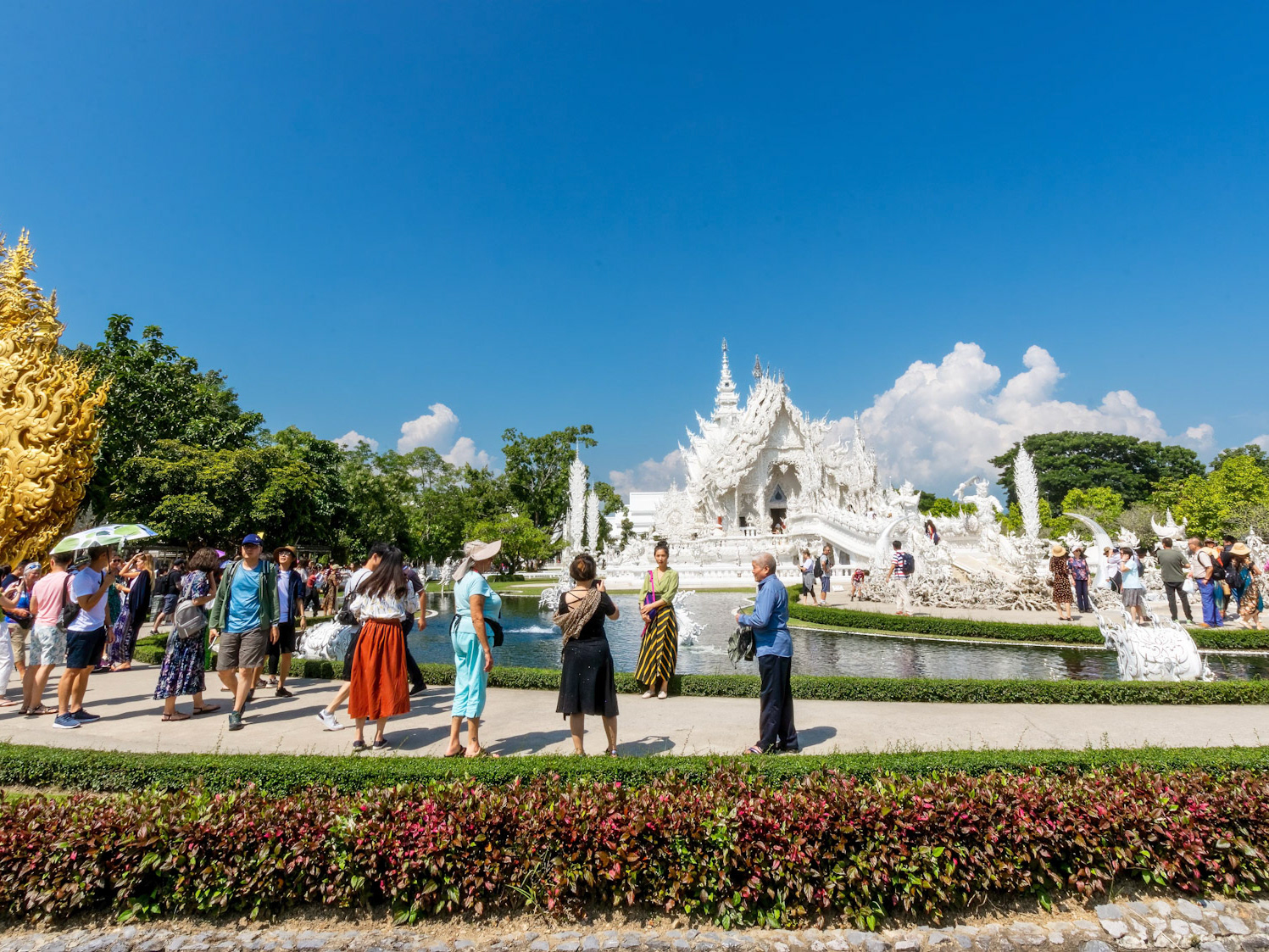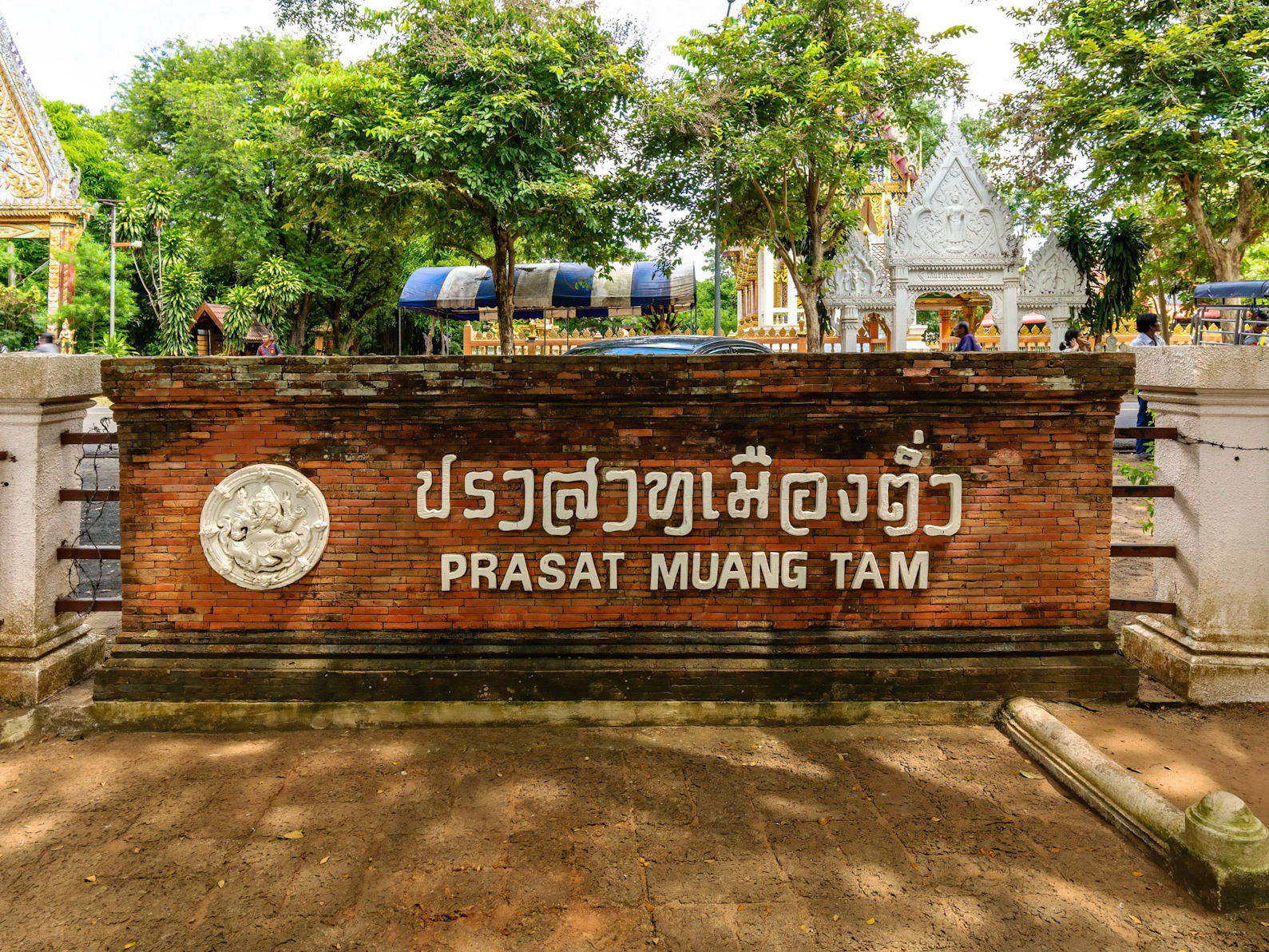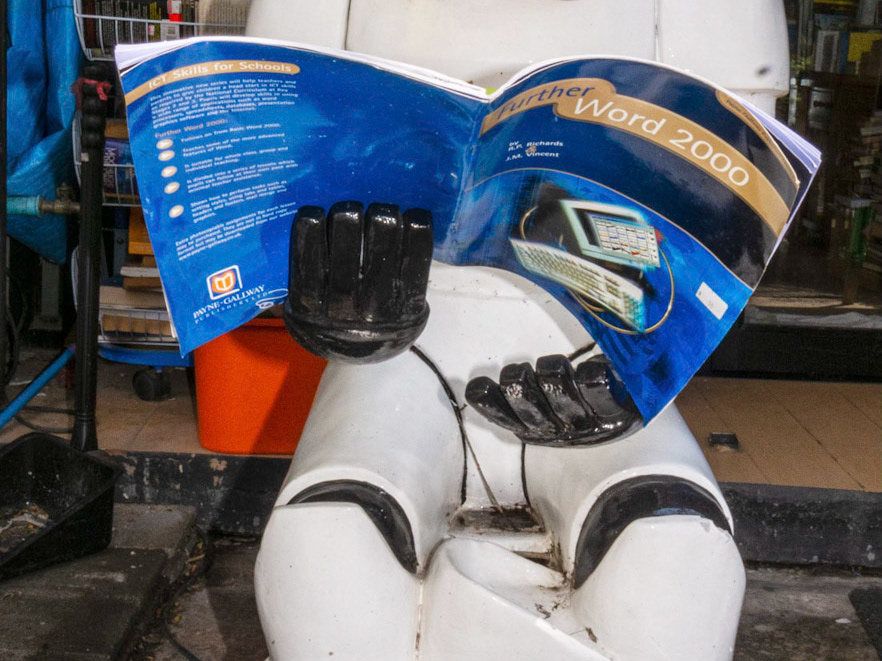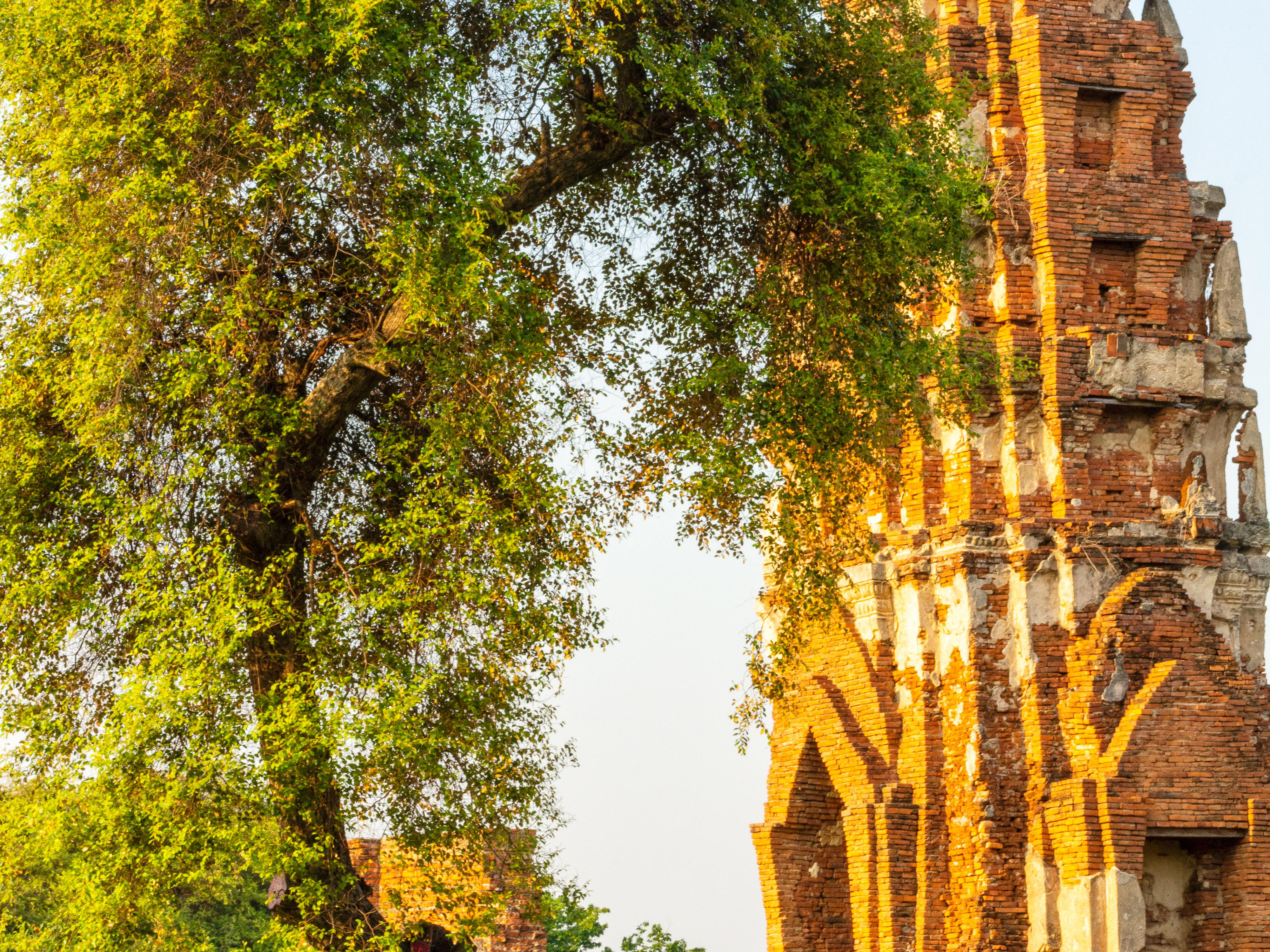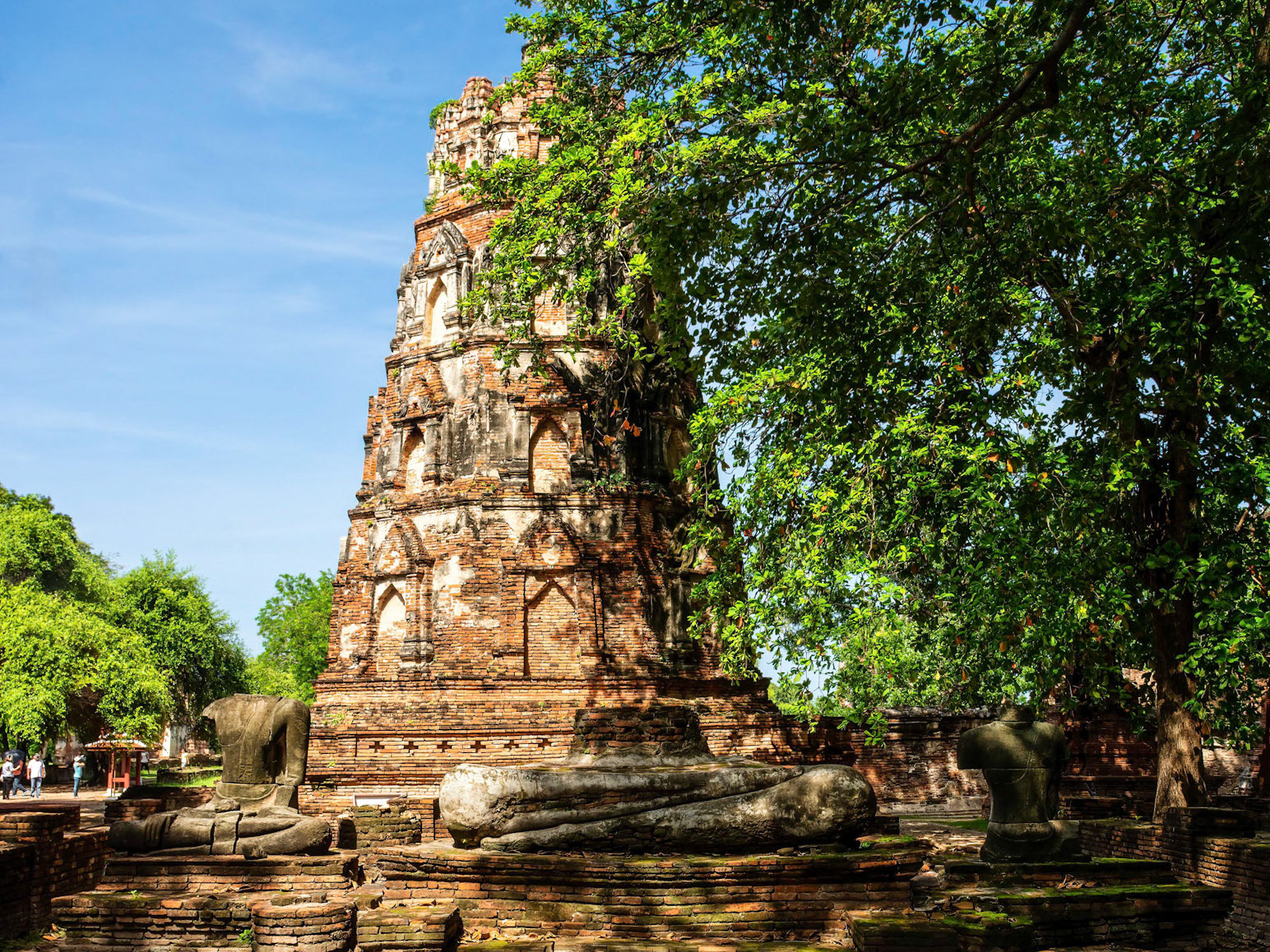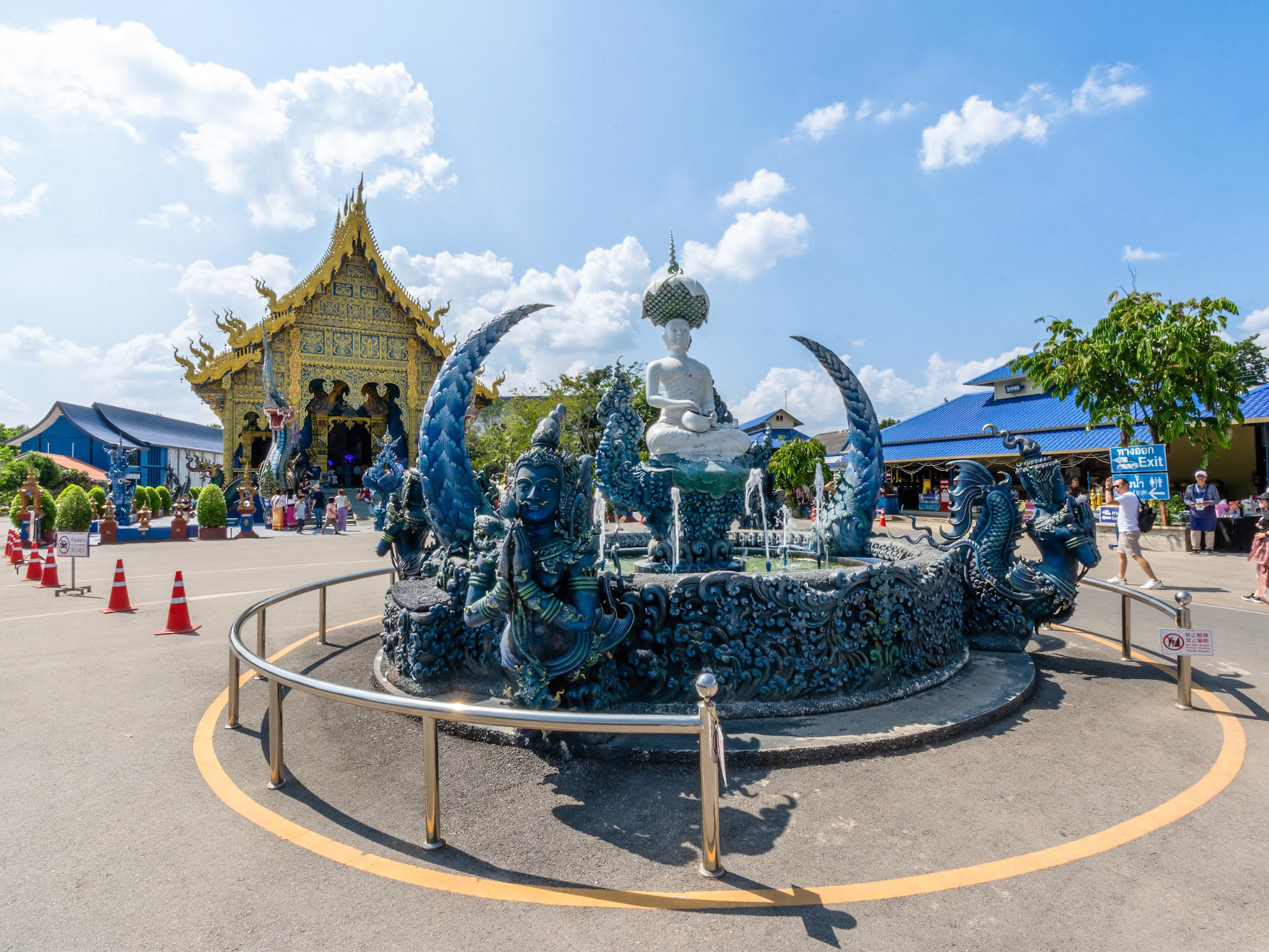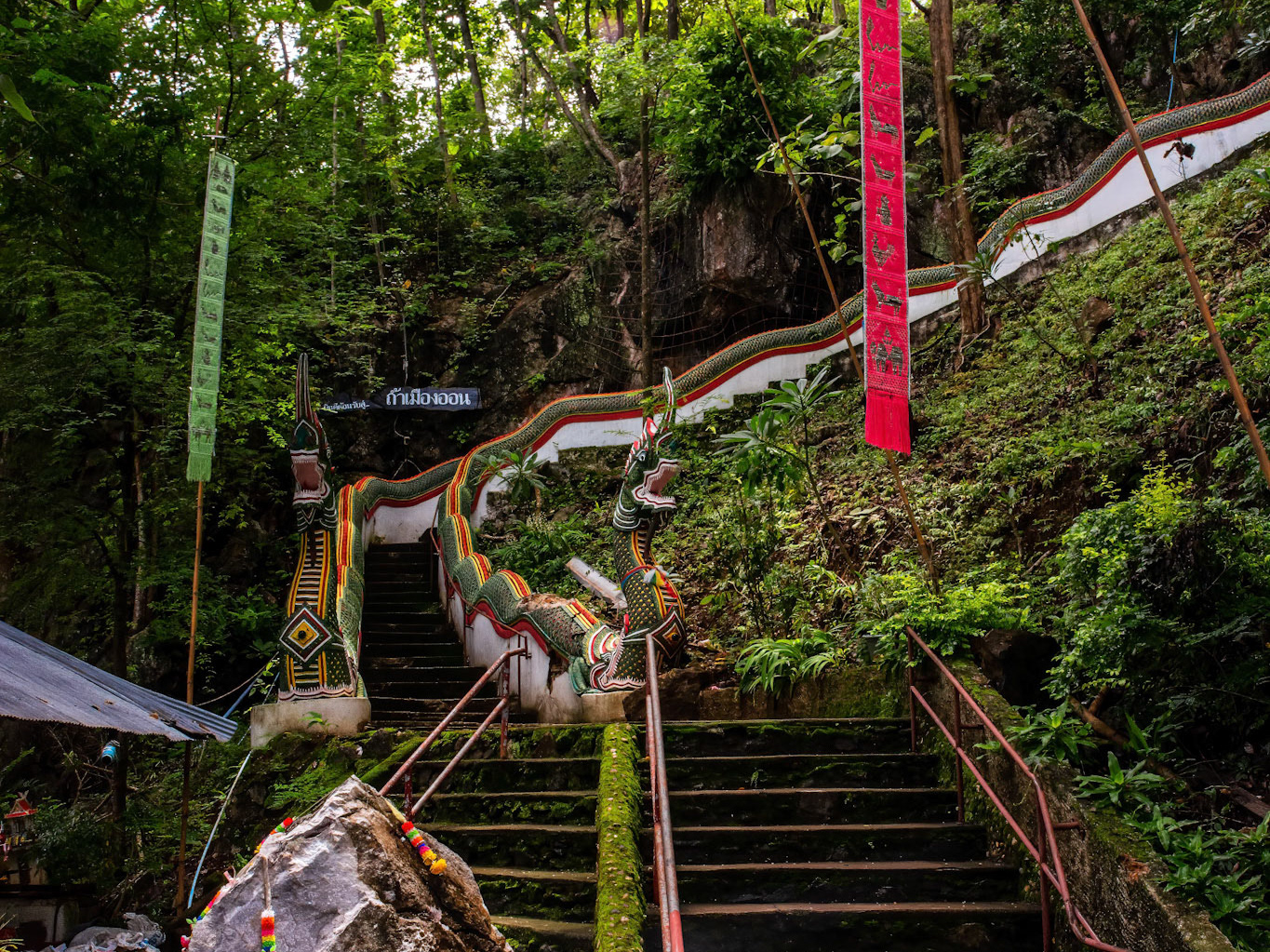Day 7, 1 October, Ayutthaya to Sukhothai
I’d already booked a ticket on the train from Ayutthaya to Phitsanulok, which would take about five hours. Once in Phitsanulok I’d have to slep my bags to the bus terminal and then take a bus for an hour or so to get to Sukhothai. I’d found, however, that I could get a bus to New Sukhothai, which was scheduled to take about the same time as the train, and then have a short tuk tuk ride to Old Sukhothai. Easy decision, forgo the train, take the bus especially as the ticket included hotel pick-up.
The bus was about 30 minutes late and got later and later as we wended our way north, which meant a five hour journey ended up being just over six hours. Once at the Sukhothai Bus Terminal it was easy to find a tuk tuk, or rather more accurately- like most of SE Asia- as I emerged from the bus he found me. Price negotiated (actually price accepted), bags wheeled across and tossed up and me cigaretted; the tuk tuk wheezed off puttering at about half the normal speed, so what I thought would be a 15 minute journey doubled to about 30 minutes.
My guesthouse was in darkness as we pulled up and there was only an old guy sitting in front of what appeared to be a closed for the night guesthouse, fortunately he roused the owner who checked me in and took me up to the room through a baking hot atrium. Bags dumped and off to get something to eat before restaurants closed for the night.
The bus was about 30 minutes late and got later and later as we wended our way north, which meant a five hour journey ended up being just over six hours. Once at the Sukhothai Bus Terminal it was easy to find a tuk tuk, or rather more accurately- like most of SE Asia- as I emerged from the bus he found me. Price negotiated (actually price accepted), bags wheeled across and tossed up and me cigaretted; the tuk tuk wheezed off puttering at about half the normal speed, so what I thought would be a 15 minute journey doubled to about 30 minutes.
My guesthouse was in darkness as we pulled up and there was only an old guy sitting in front of what appeared to be a closed for the night guesthouse, fortunately he roused the owner who checked me in and took me up to the room through a baking hot atrium. Bags dumped and off to get something to eat before restaurants closed for the night.
Day 8, 2 October, Sukhothai, morning
I’d chosen my guesthouse because it was diagonally opposite the Sukhothai Historical Park entrance and despite the green vinyl covered brick hard rubber pillows and mattress in the room was glad I did. Fortunately the air-conditioning was efficient enough, after being turned down low, that I didn’t stick to the bed through the thin sheets. After rousing myself and getting some breakfast at one of the restaurants around the corner I walked over the road to the Historical Park ticket office and then onto the group of shops adjacent where I could hire a sort of golf buggy thingy, designed to resemble a vintage car.
The park is flat enough that you can walk or bicycle around but as I had a back pack full of camera gear, sore feet and a touch of laziness the buggy was for me. I had to return the first buggy because as I was tootling along it whined down and down until wheezing to a stop just as I came to the shop, a replacement was speedily arranged.
The park is flat enough that you can walk or bicycle around but as I had a back pack full of camera gear, sore feet and a touch of laziness the buggy was for me. I had to return the first buggy because as I was tootling along it whined down and down until wheezing to a stop just as I came to the shop, a replacement was speedily arranged.
Sukhothai- สุโขทัย had been a trade centre when the area was under Khmer domination until two friends “Pho Khun Bangklanghao and Pho Khun Pha Mueang revolted against the Khmer Empire governor” in 1238. The kingdom expanded in a bent cruciform shape from north-east of present day Luang Prabang, down south to near the present border with Malaysia, a wide cross shape east to near the current Lao Vietnam border and west to the Andaman Sea in what is now part of modern Myanmar. It became a tributary of the Ayutthaya Kingdom in 1378, which over time incorporated it until it was merged into the Ayutthaya Kingdom in 1438, as a separate centre. I haven’t been able to find out when the destruction of the city occurred and whether it was from neglect over time or as an act of war during one of the many Burmese invasions from 1547 through to 1849-55. Current Thailand is said, by Thai Historians, to originate with the formation of the Sukhothai Kingdom. See Wikipedia - Sukhothai Kingdom and Wikipedia - Burmese Siamese Wars
Stop 1 Wat Maha That - วัดมหาธาตุ, reputably the most significant temple complex in Sukhothai it is though to contain relics of the Buddha, as most Wat Maha Thats are, the temple was built between 1292 and 1347. The central chedi is crowned with a lotus shaped bud making it rather unusual. See Sukhothai - Wat Maha That
Stop 2 Wat Si Sawai - วัดศรีสวาย “started off as a Hindu temple during the Khmer period. Hindu artifacts found at the temple stylistically indicate it was constructed during the 12- or 13th century”. It was later converted to a Theravada Buddhist temple in the Sukhothai Kingdom period. See Sukhothai - Wat Si Sawai
Stop 3 Wat Sa-Si - วัดสระศรี “Wat Sa Si started [in] the late 14th century. There is mention of the stupa being built in 1384, likely to provide a resting place for the deceased King Li Thai, who reigned from 1347 till 1368/74. The temple is close to Wat Traphang Ngoen, so close that the two are often seen as the one complex.See Sukothai - Wat Sa-Si
Stop 4 The Ramkhamhaeng National Museum - พิพิธภัณฑสถานแห่งชาติรามคำแหง the museum adjoins the Historical Park on its eastern boundary. Opposite the ticket office, and handy for me across the road from my gusethouse. It was built between 1960-63 and well worth retreating to during the heat of the day. The exhibitions range across a couple of buildings and cover from pre-history right up to sometime in the nineteenth century. See Ramkhamhaeng National Museum
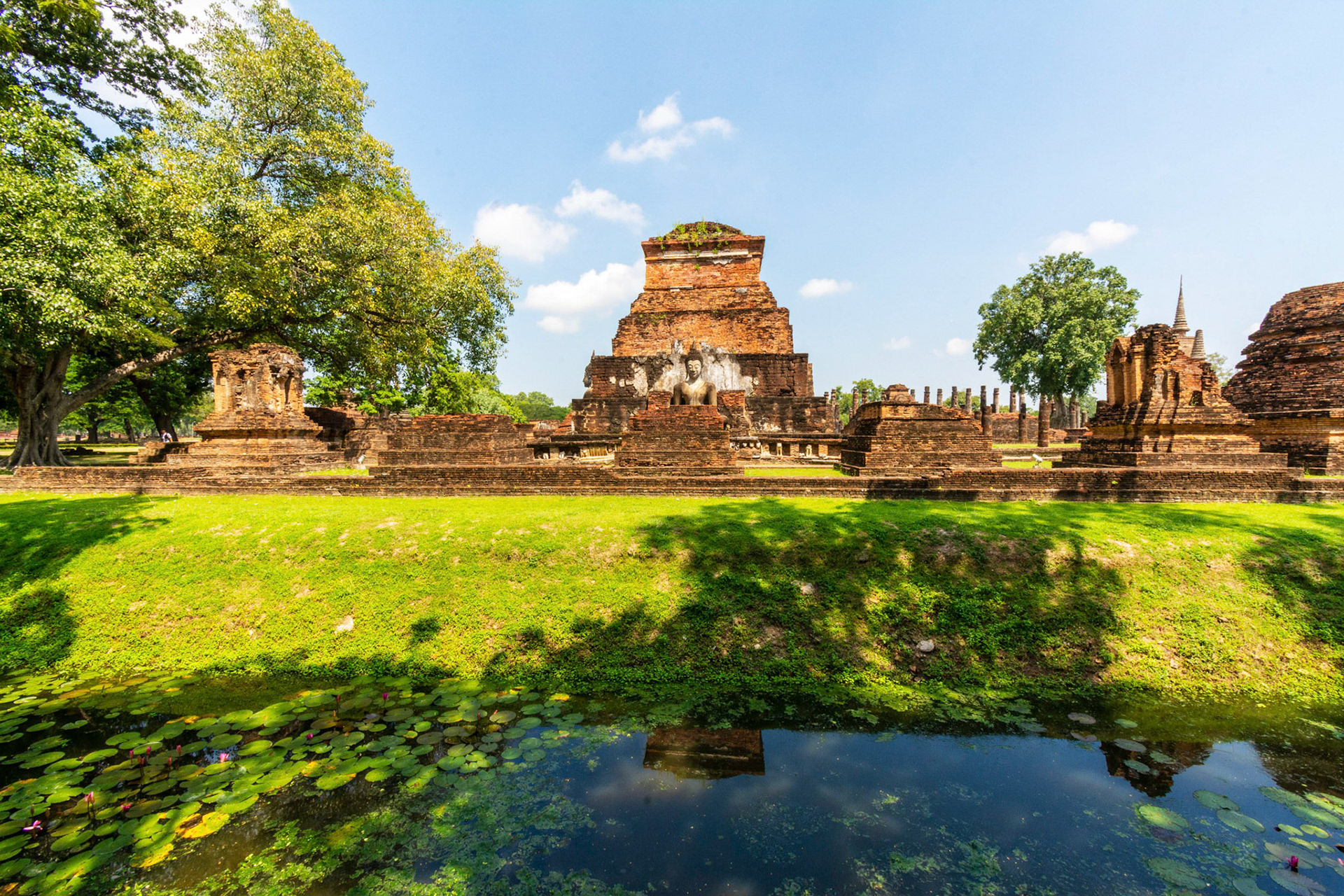
Wat Maha That - วัดมหาธาตุ,
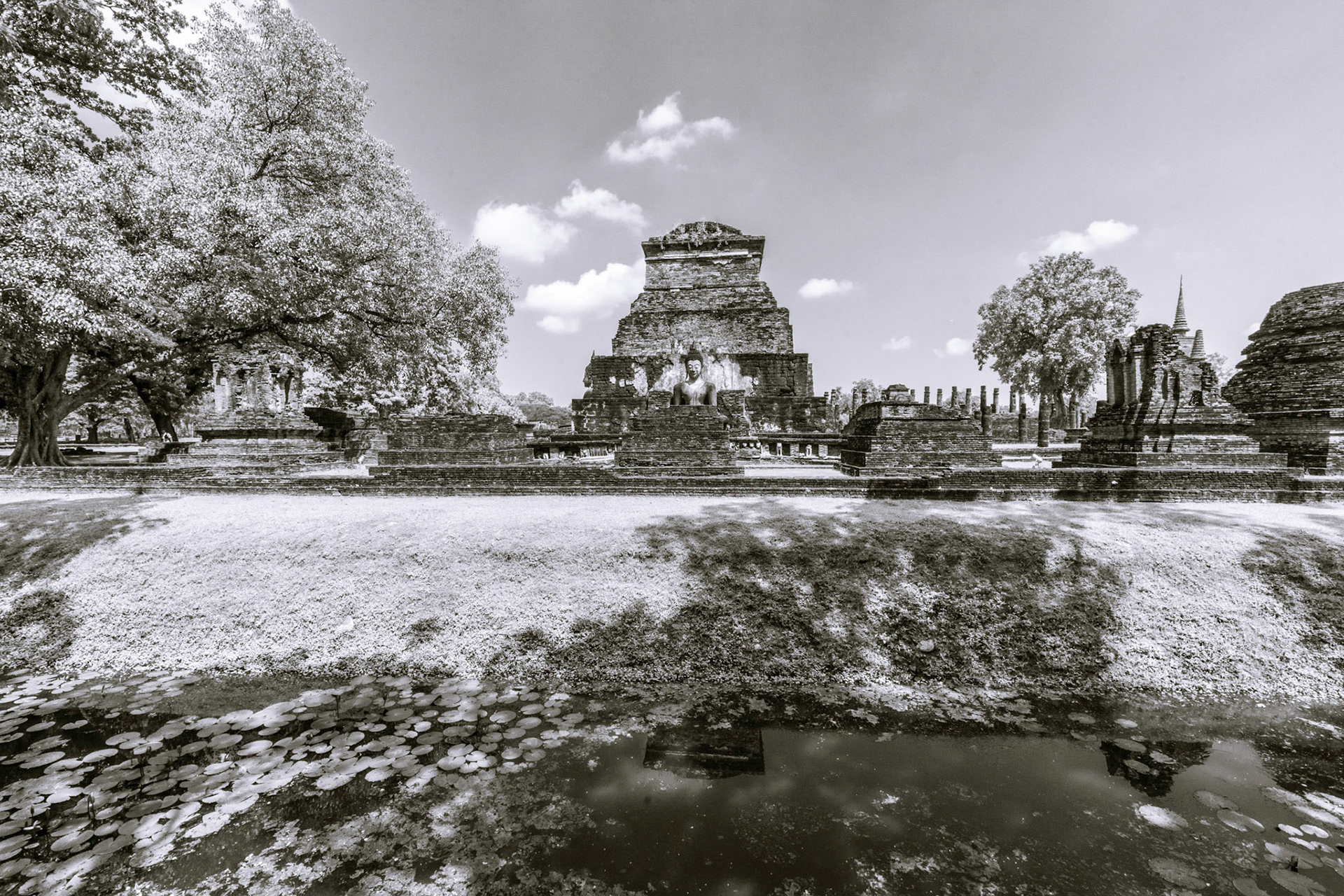
Wat Maha That - วัดมหาธาตุ,

Wat Maha That - วัดมหาธาตุ,
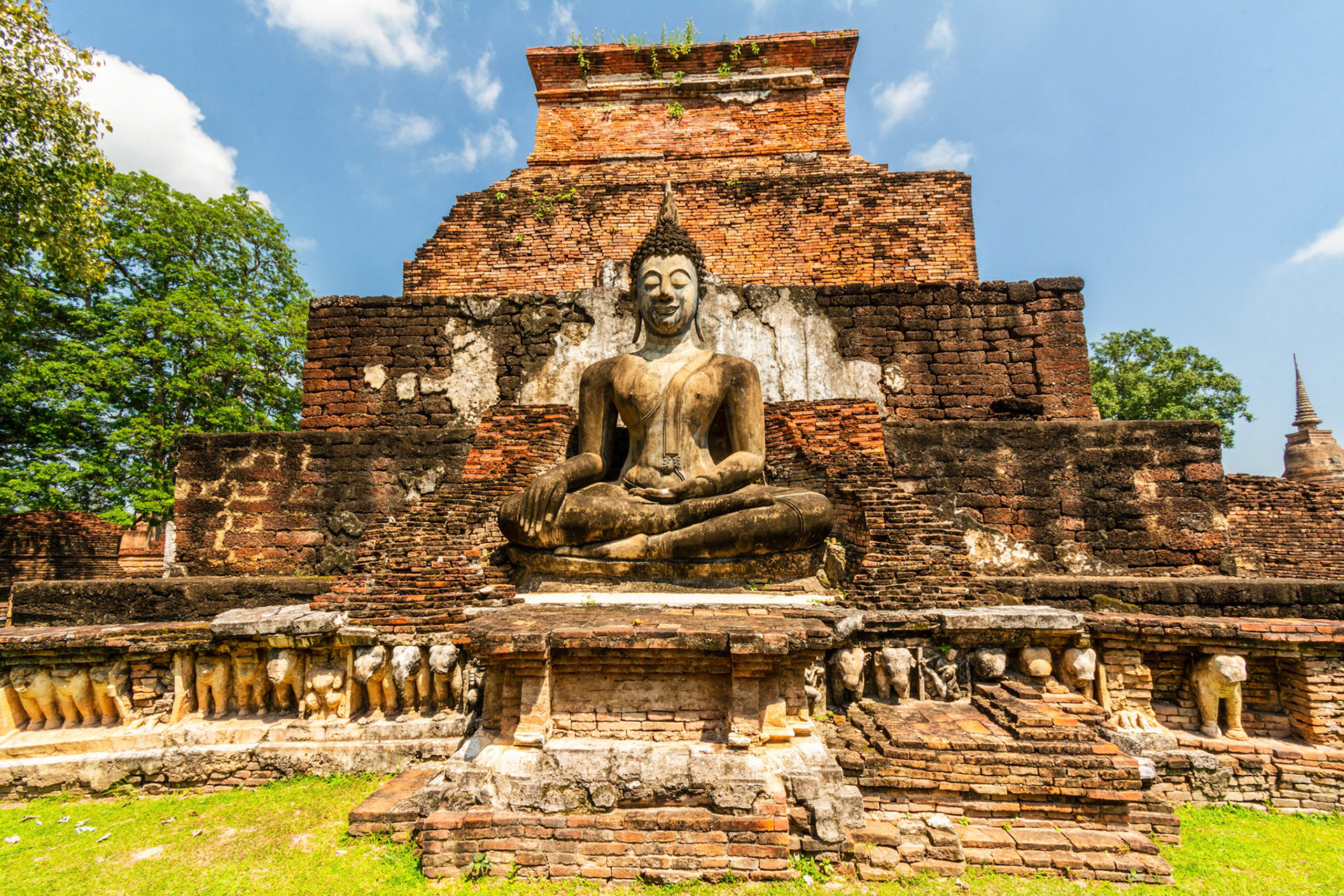
Wat Maha That - วัดมหาธาตุ,
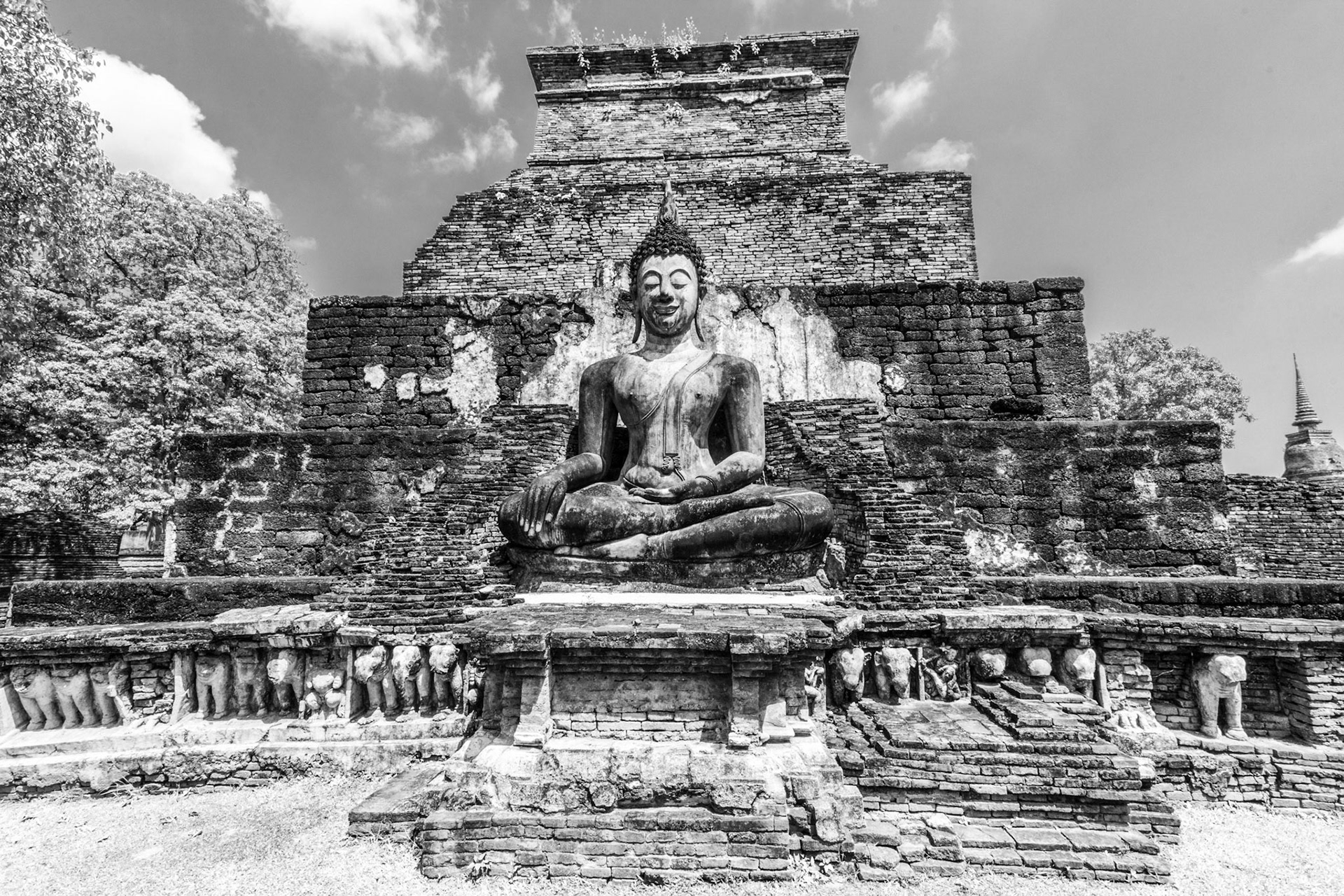
Wat Maha That - วัดมหาธาตุ,

Wat Maha That - วัดมหาธาตุ,

Wat Maha That - วัดมหาธาตุ,
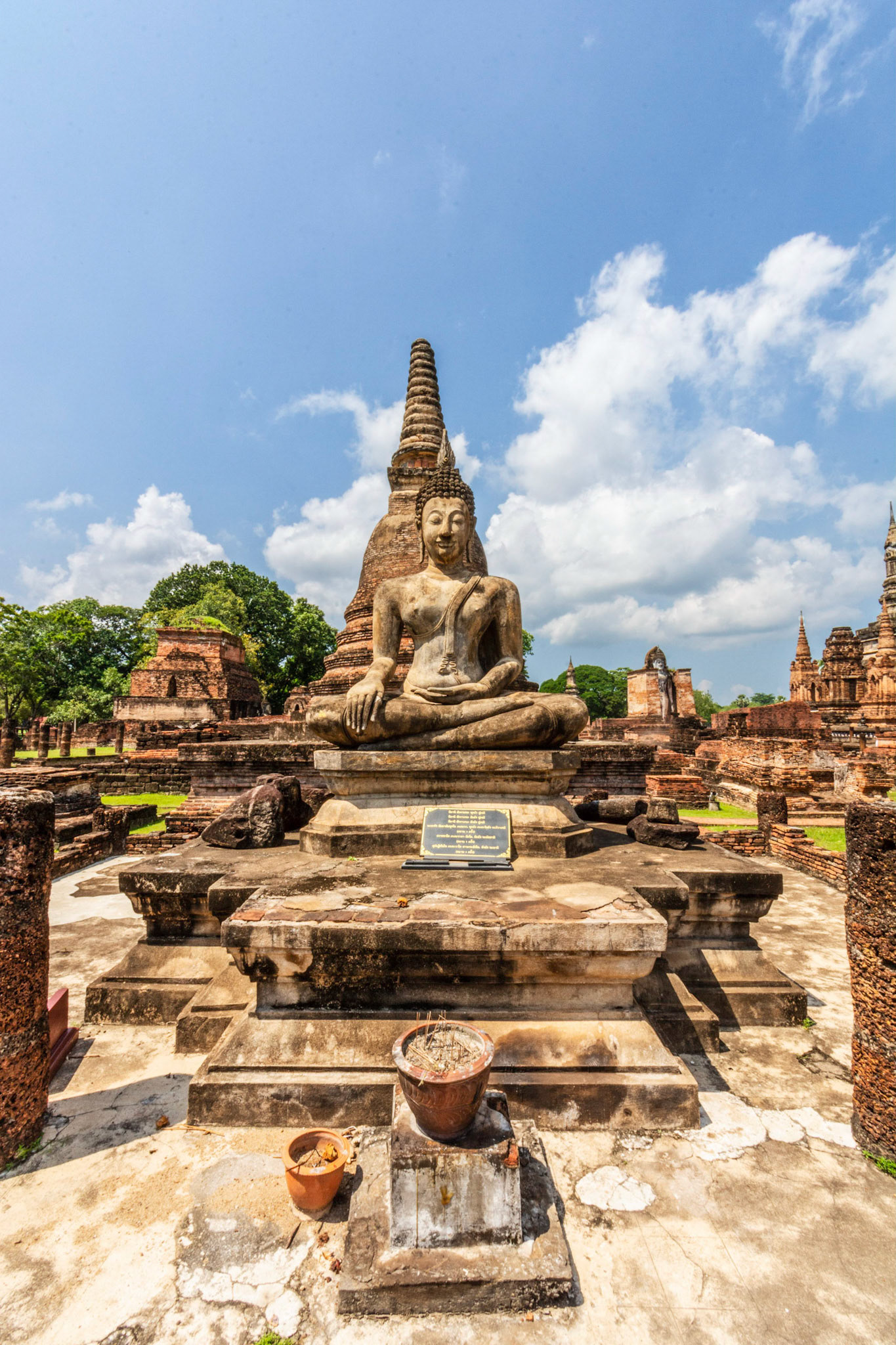
Wat Maha That - วัดมหาธาตุ,

Wat Maha That - วัดมหาธาตุ,

Wat Maha That - วัดมหาธาตุ,

Wat Maha That - วัดมหาธาตุ,
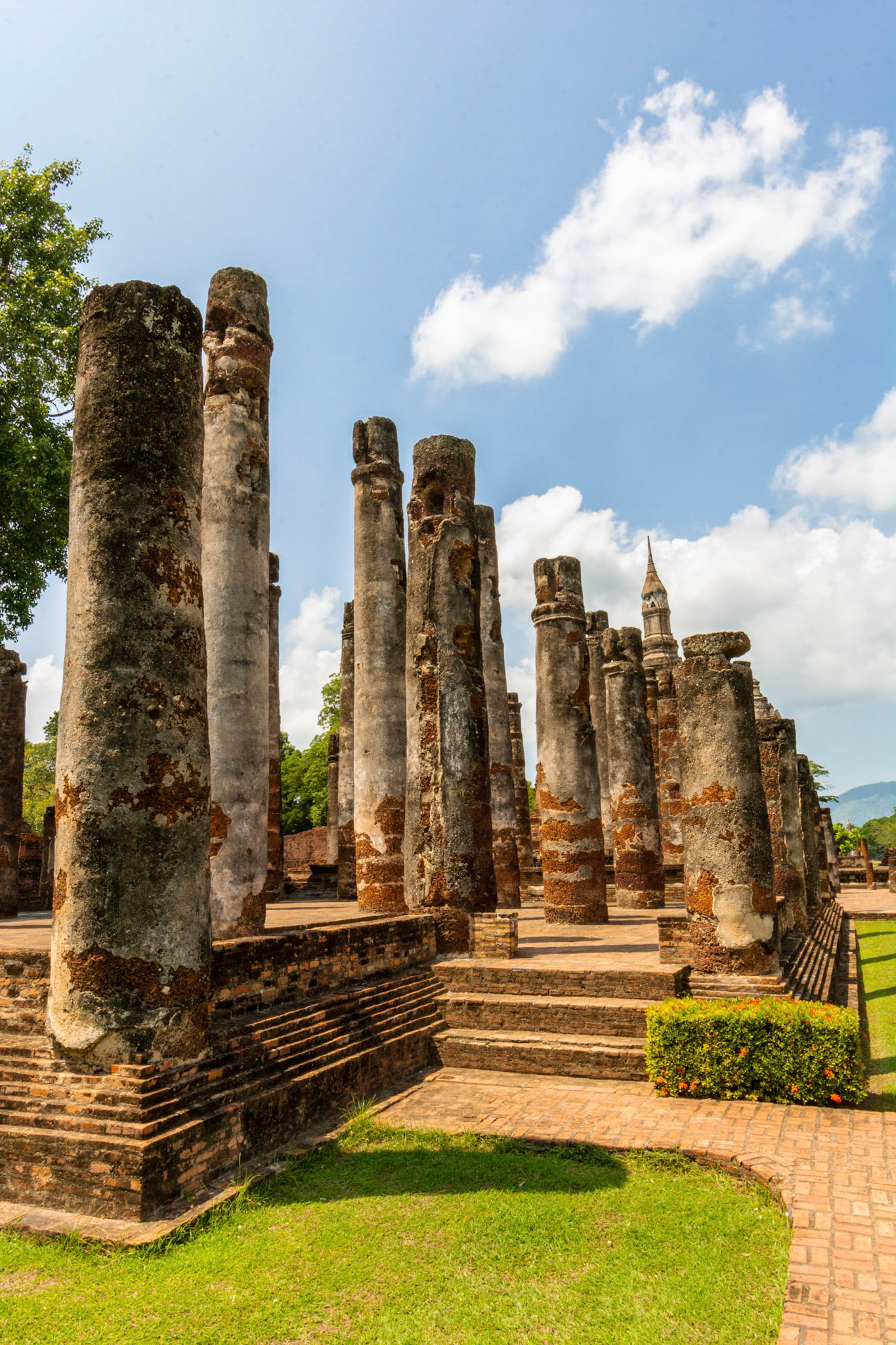
Wat Maha That - วัดมหาธาตุ,

Wat Maha That - วัดมหาธาตุ,
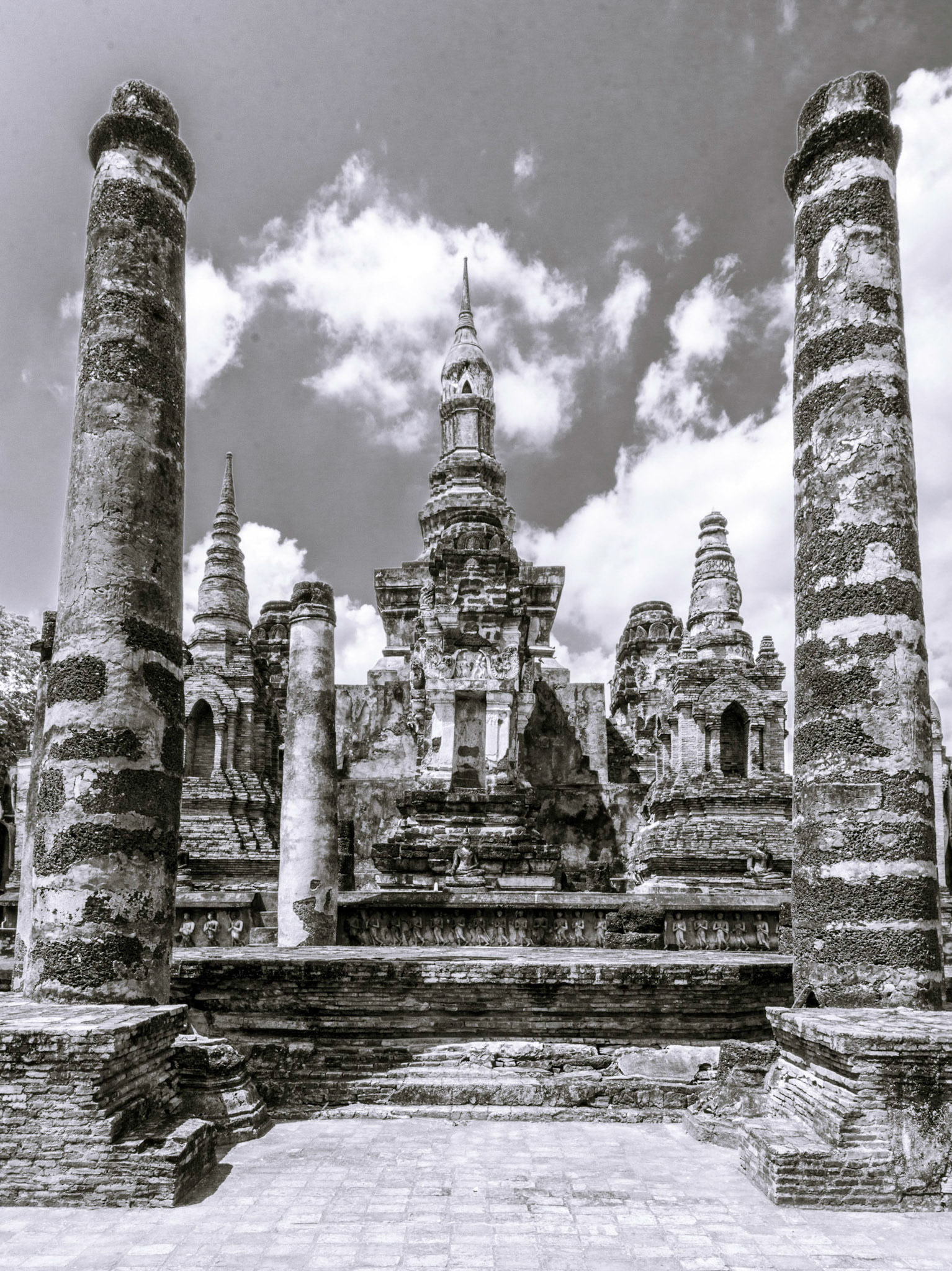
Wat Maha That - วัดมหาธาตุ,
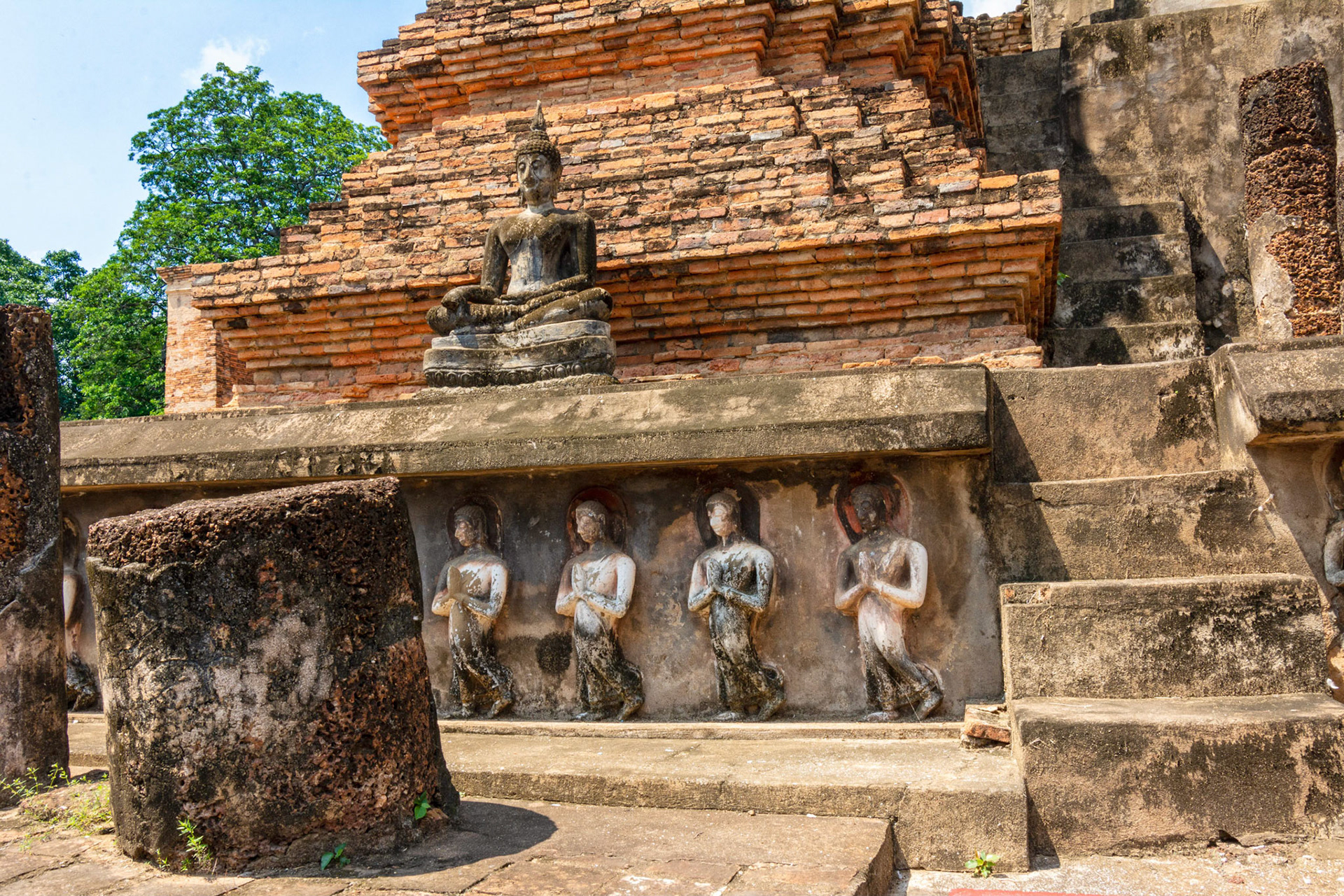
Wat Maha That - วัดมหาธาตุ,
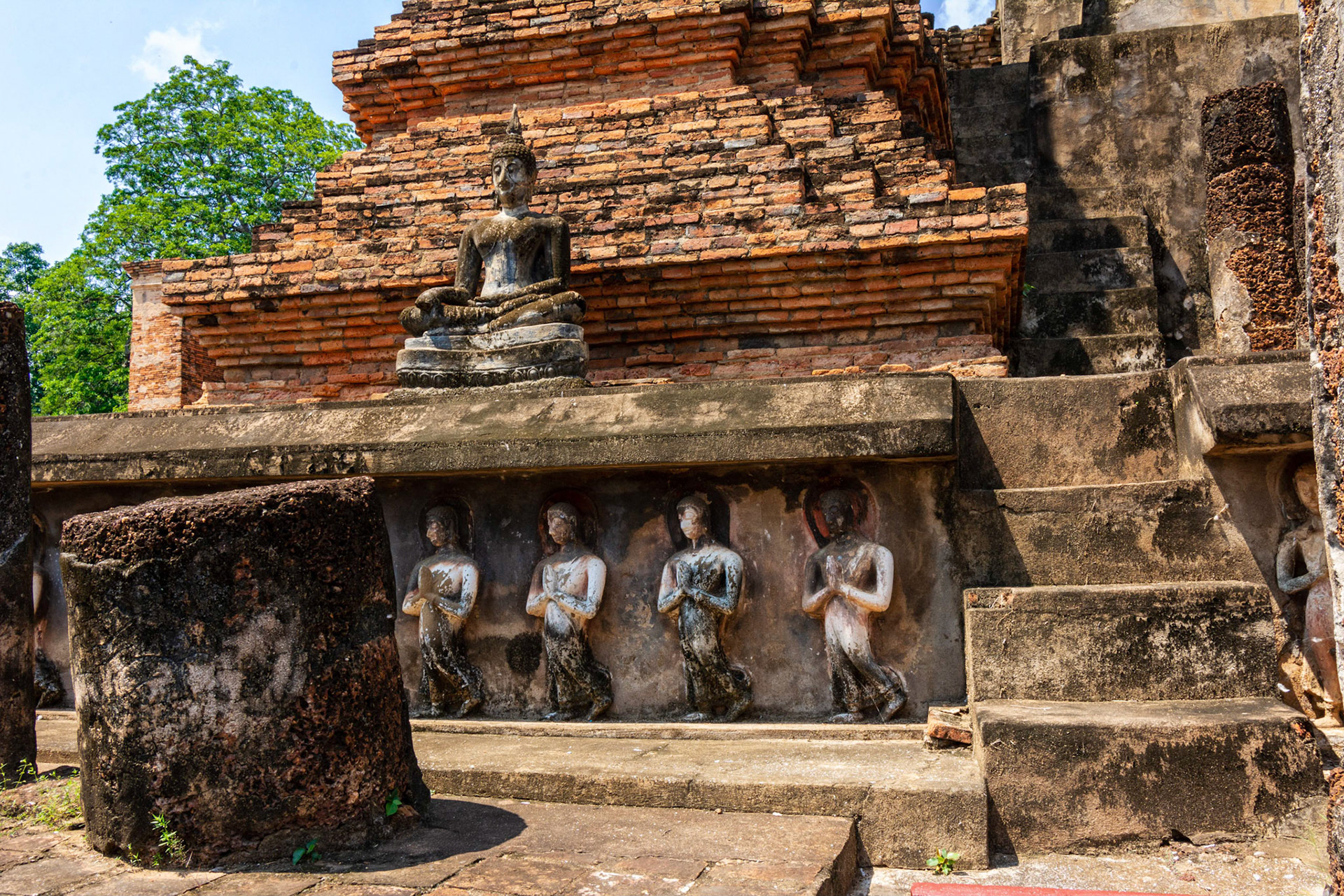
Wat Maha That - วัดมหาธาตุ,
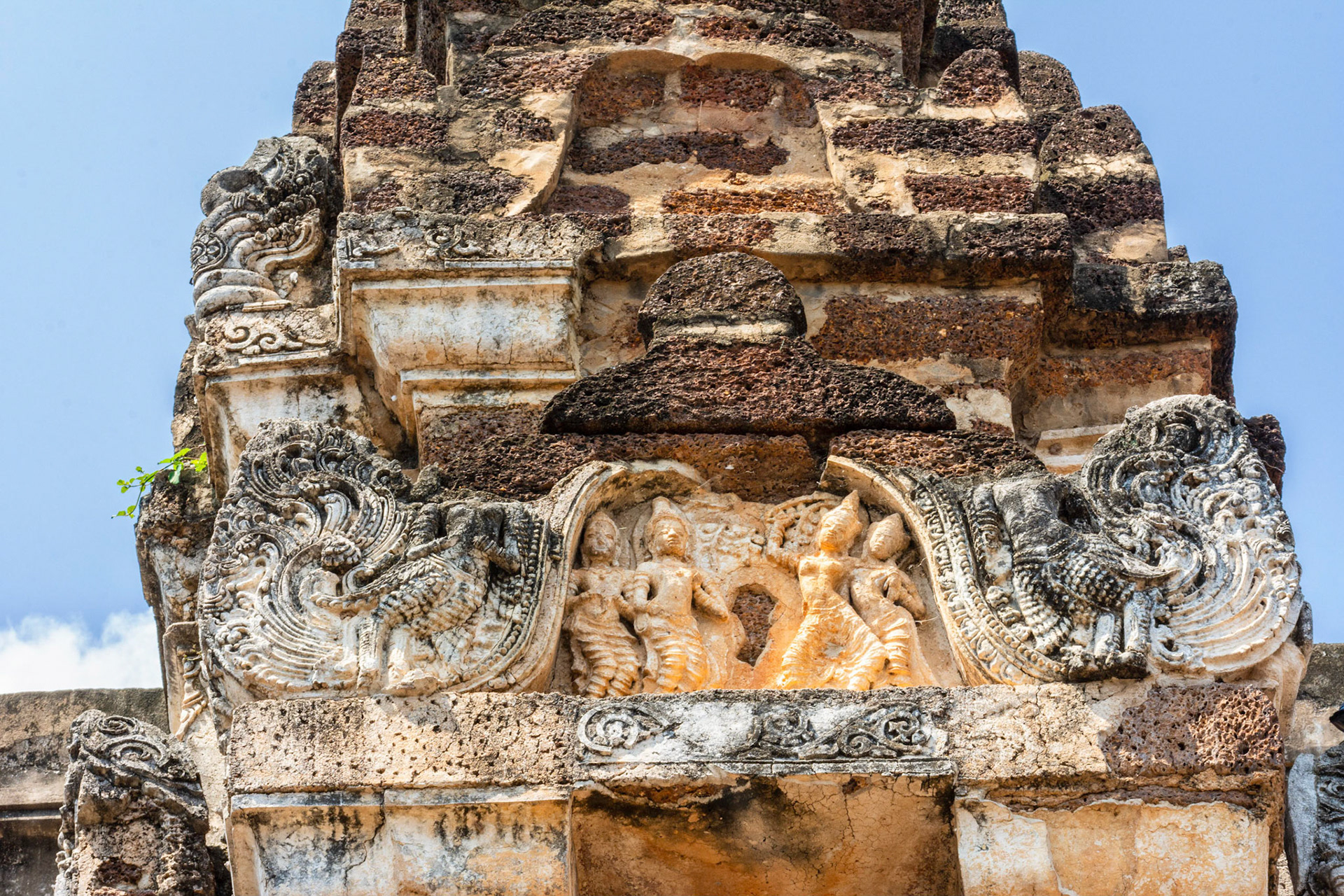
Wat Maha That - วัดมหาธาตุ,
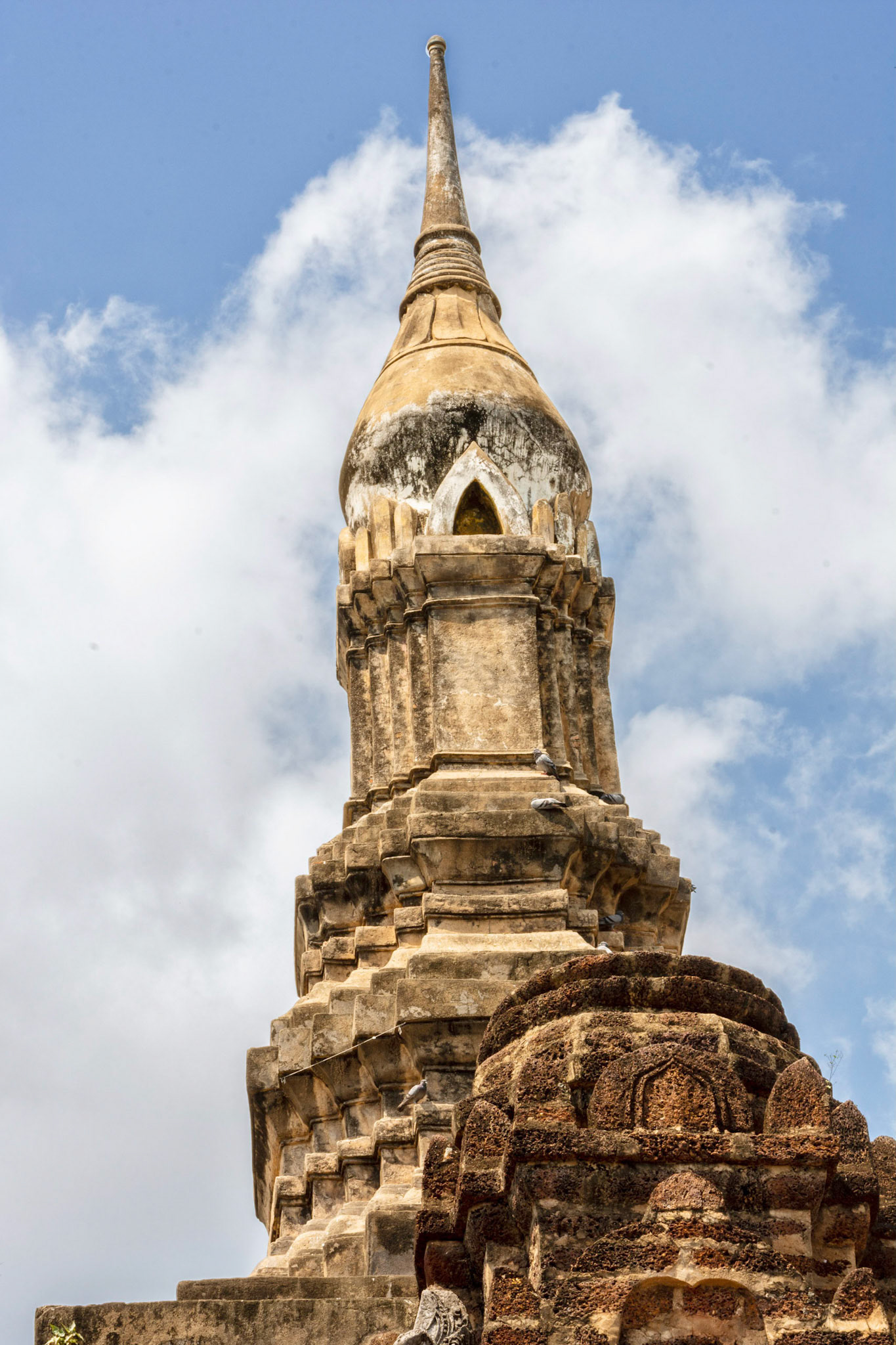
Wat Maha That - วัดมหาธาตุ,
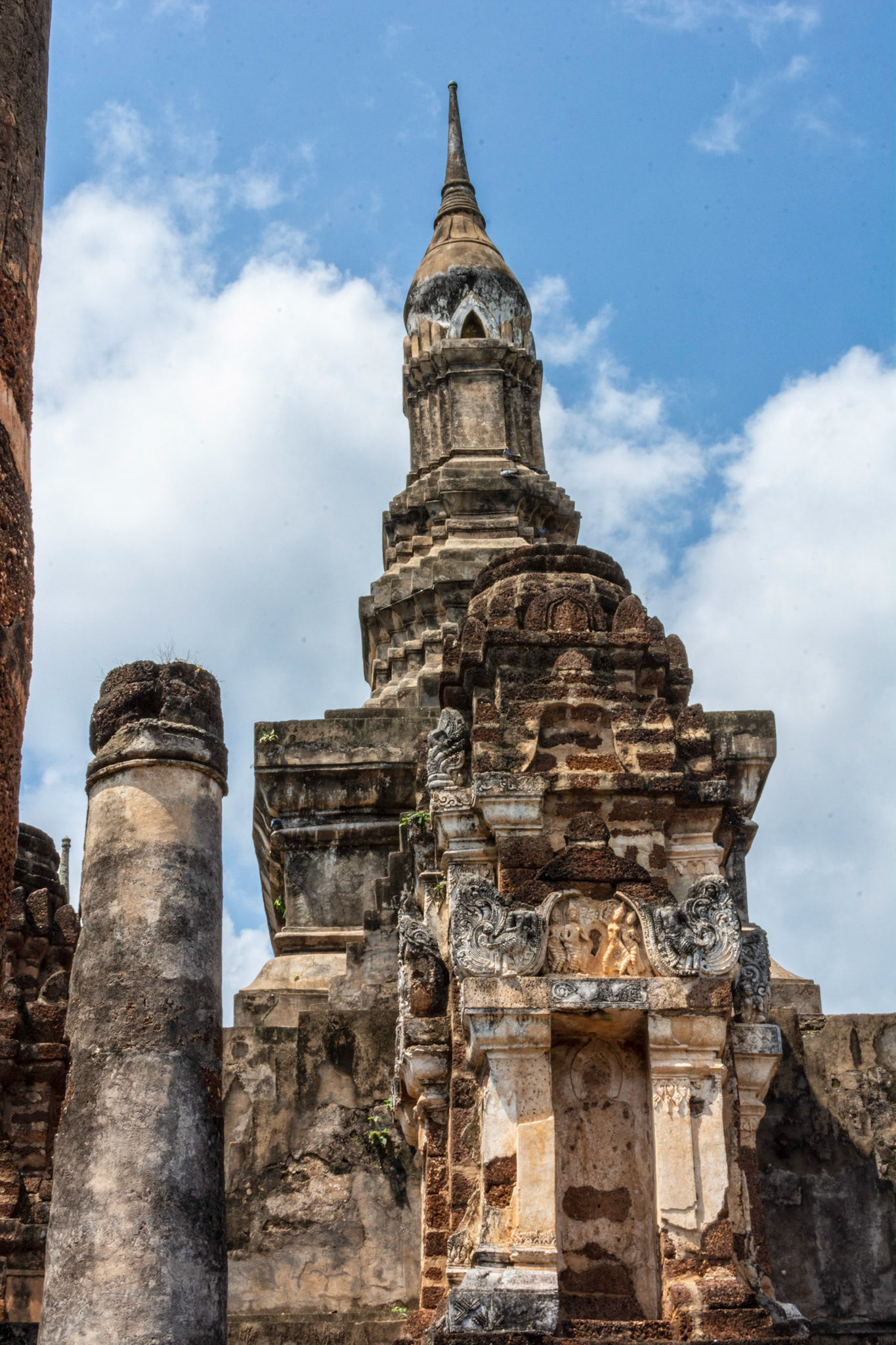
Wat Maha That - วัดมหาธาตุ,
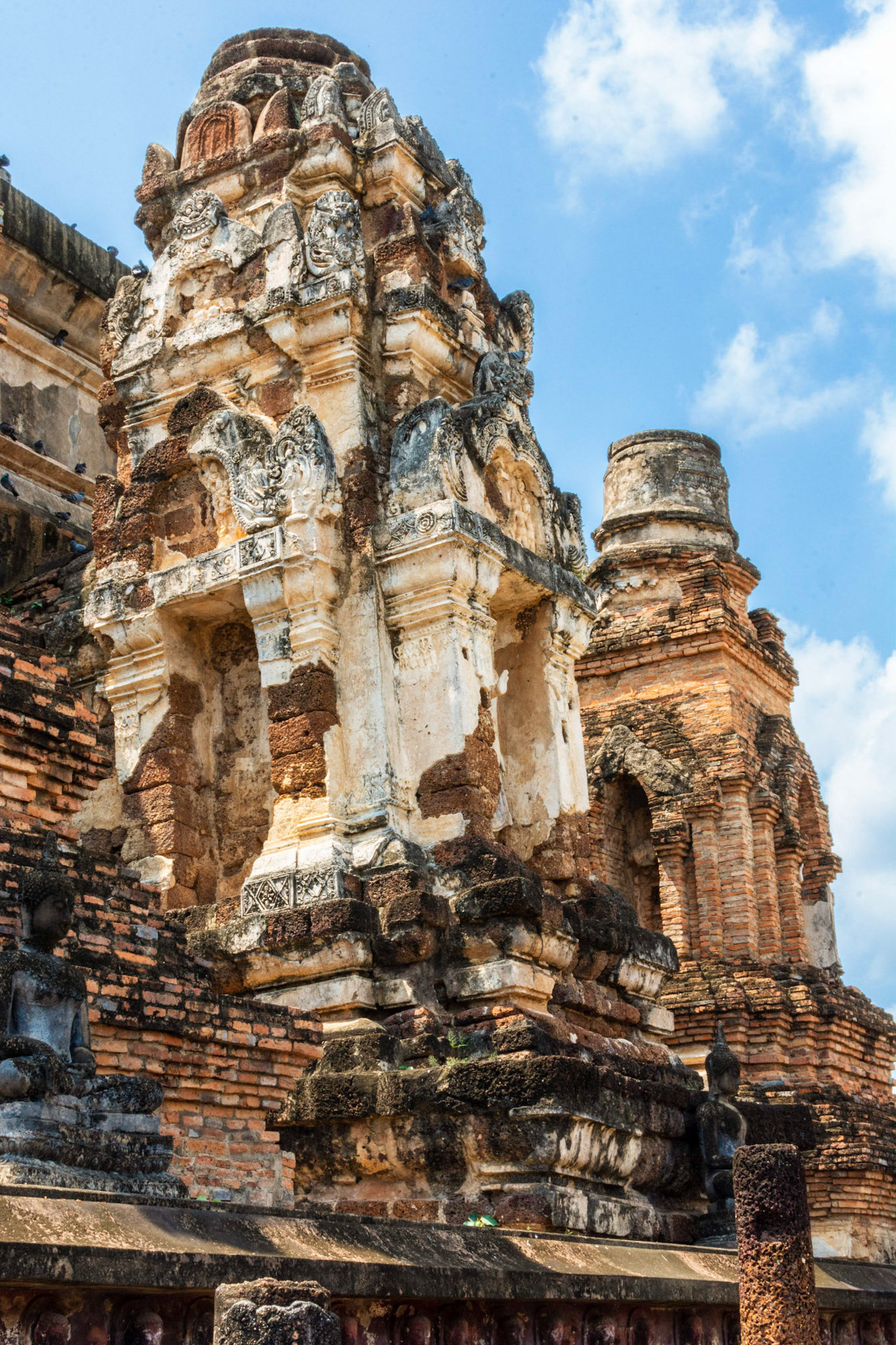
Wat Maha That - วัดมหาธาตุ,

Wat Maha That - วัดมหาธาตุ,

Wat Maha That - วัดมหาธาตุ,
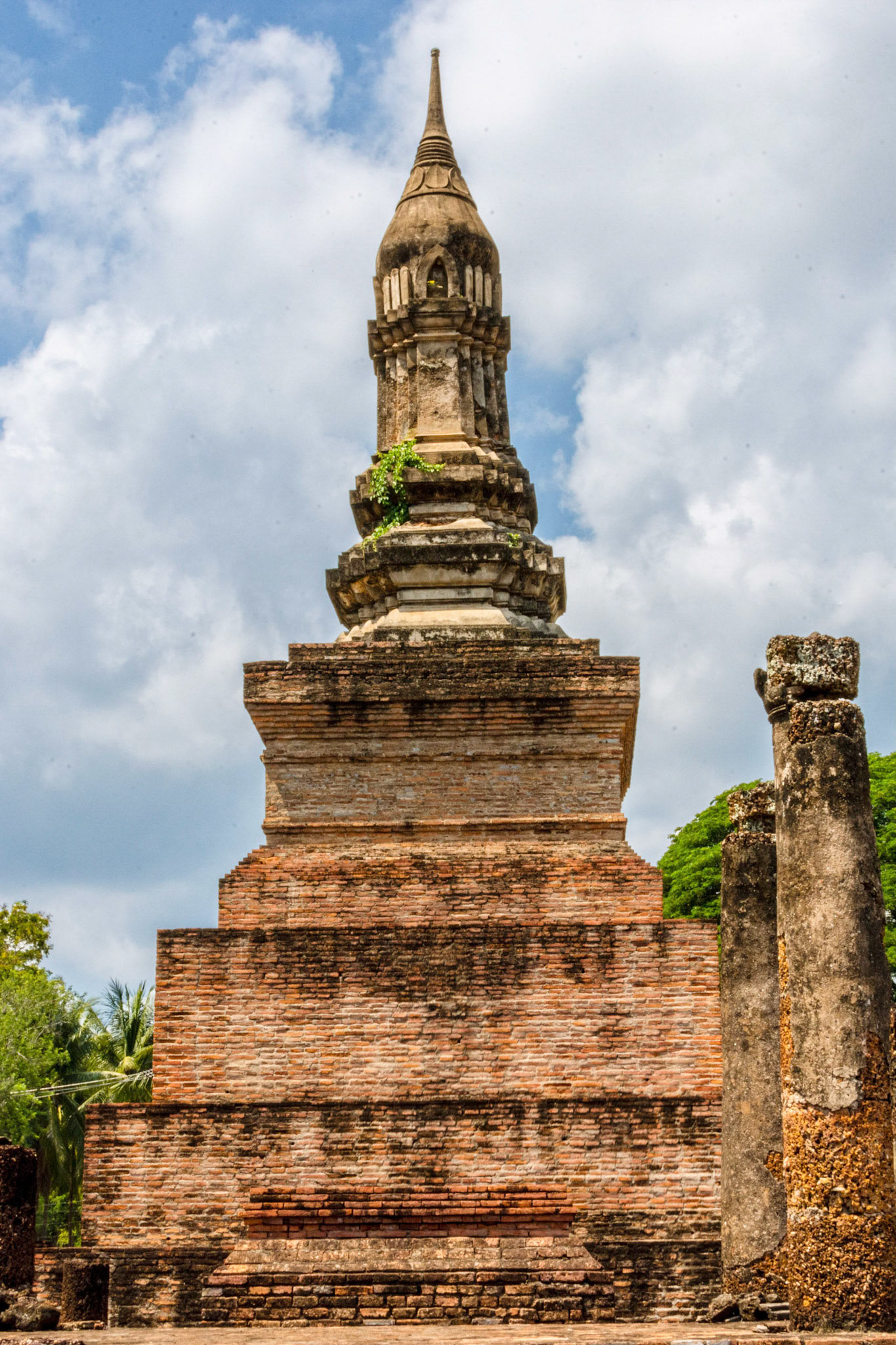
Wat Maha That - วัดมหาธาตุ,
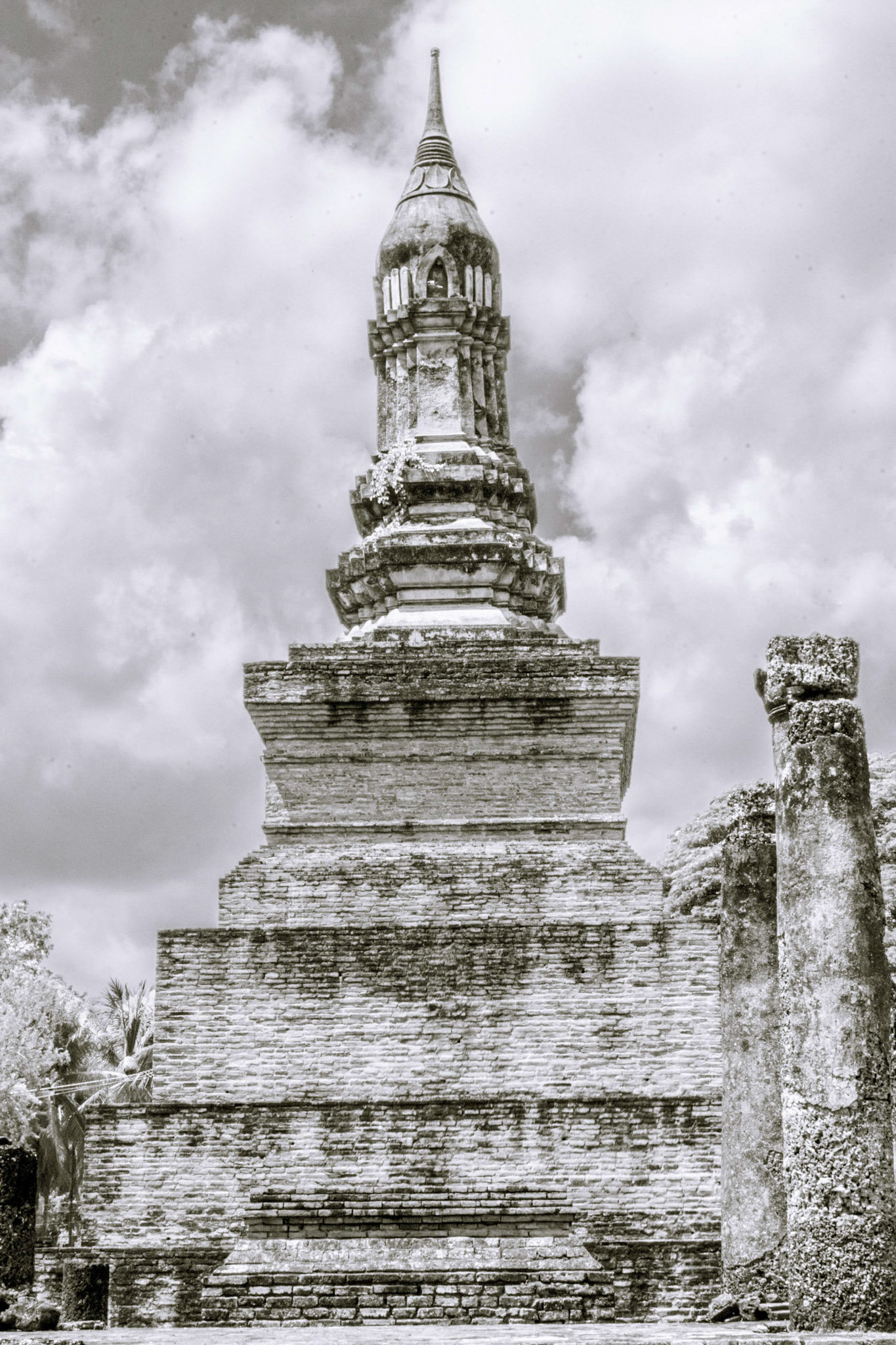
Wat Maha That - วัดมหาธาตุ,
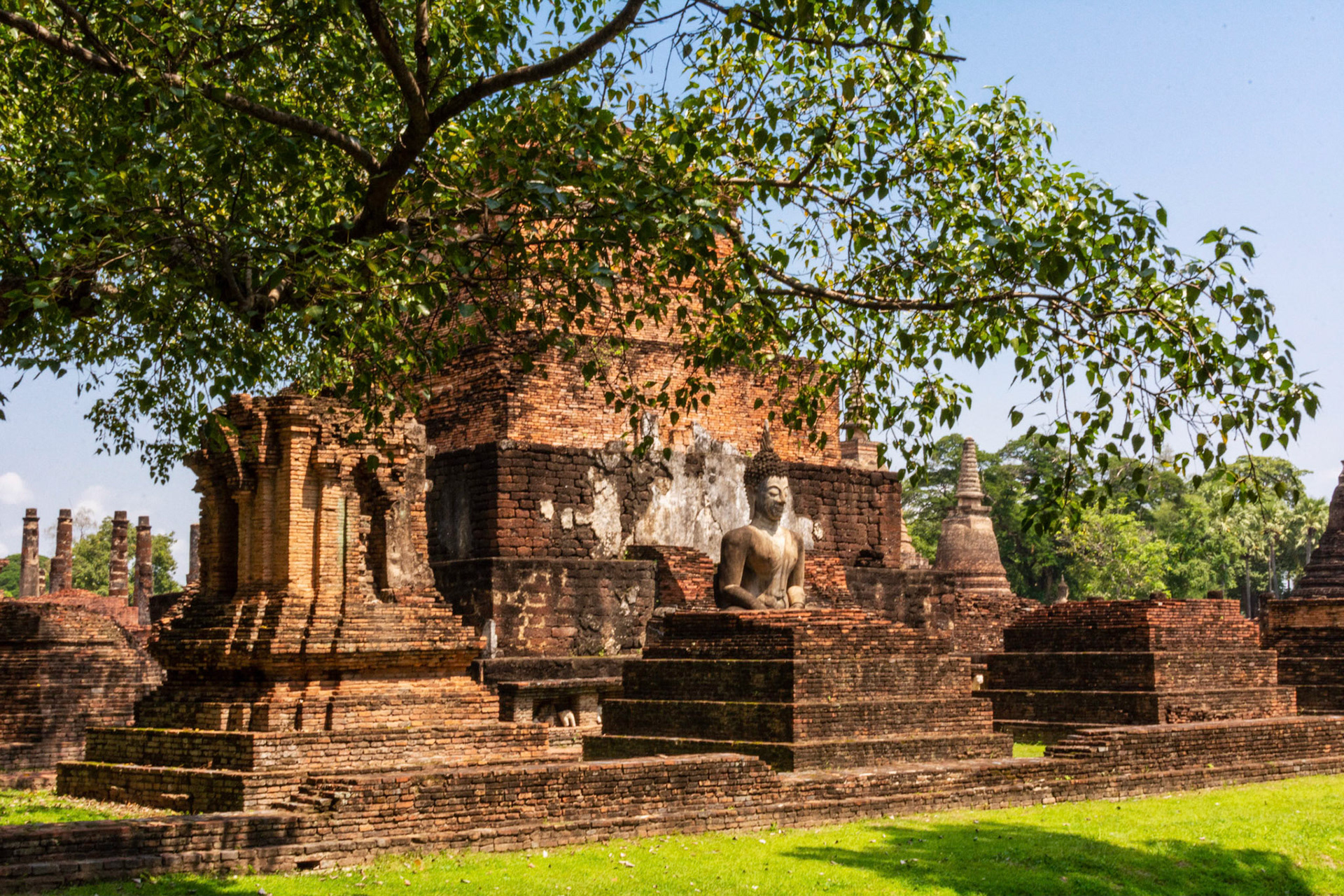
Wat Maha That - วัดมหาธาตุ,
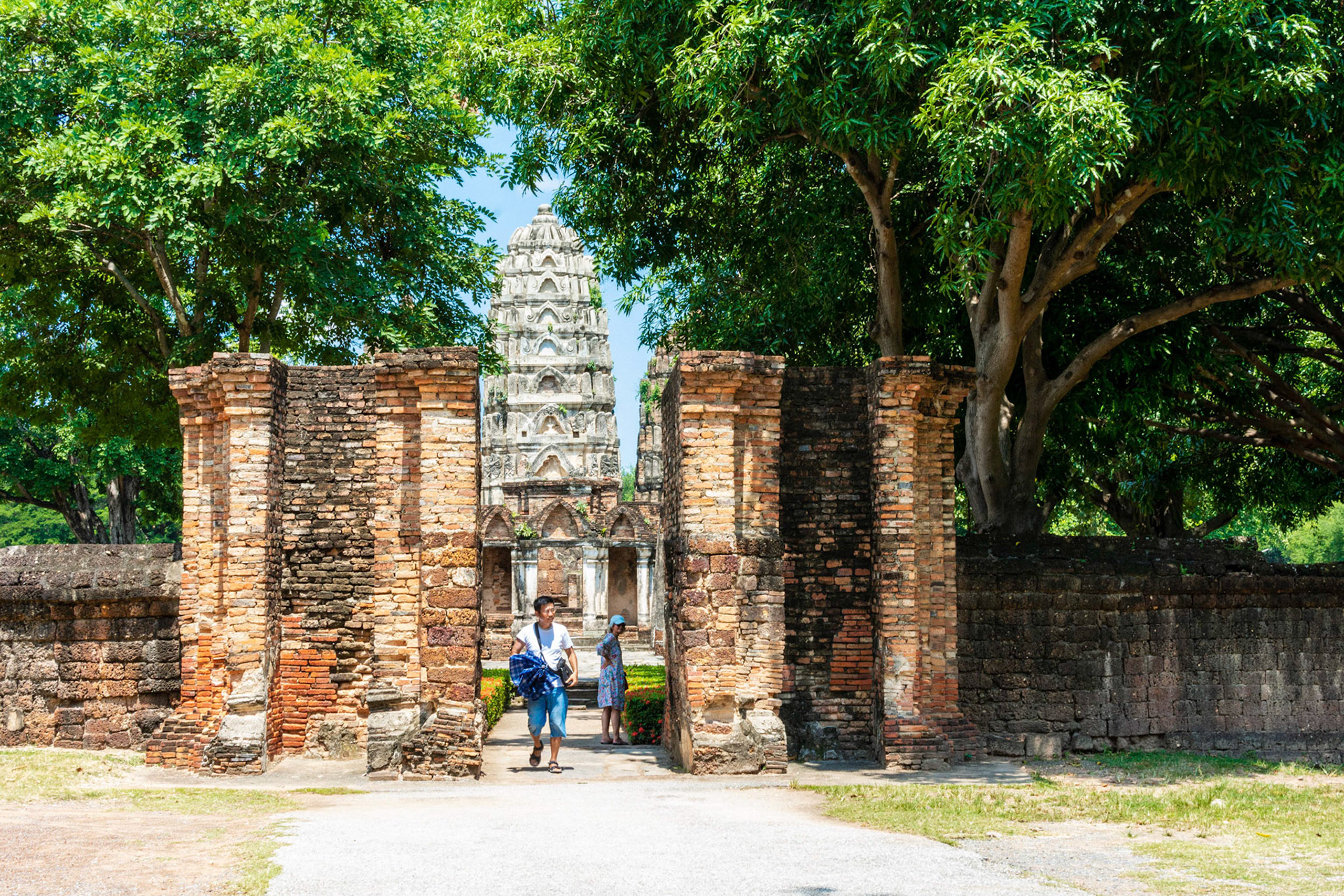
Wat Si Sawai - วัดศรีสวาย
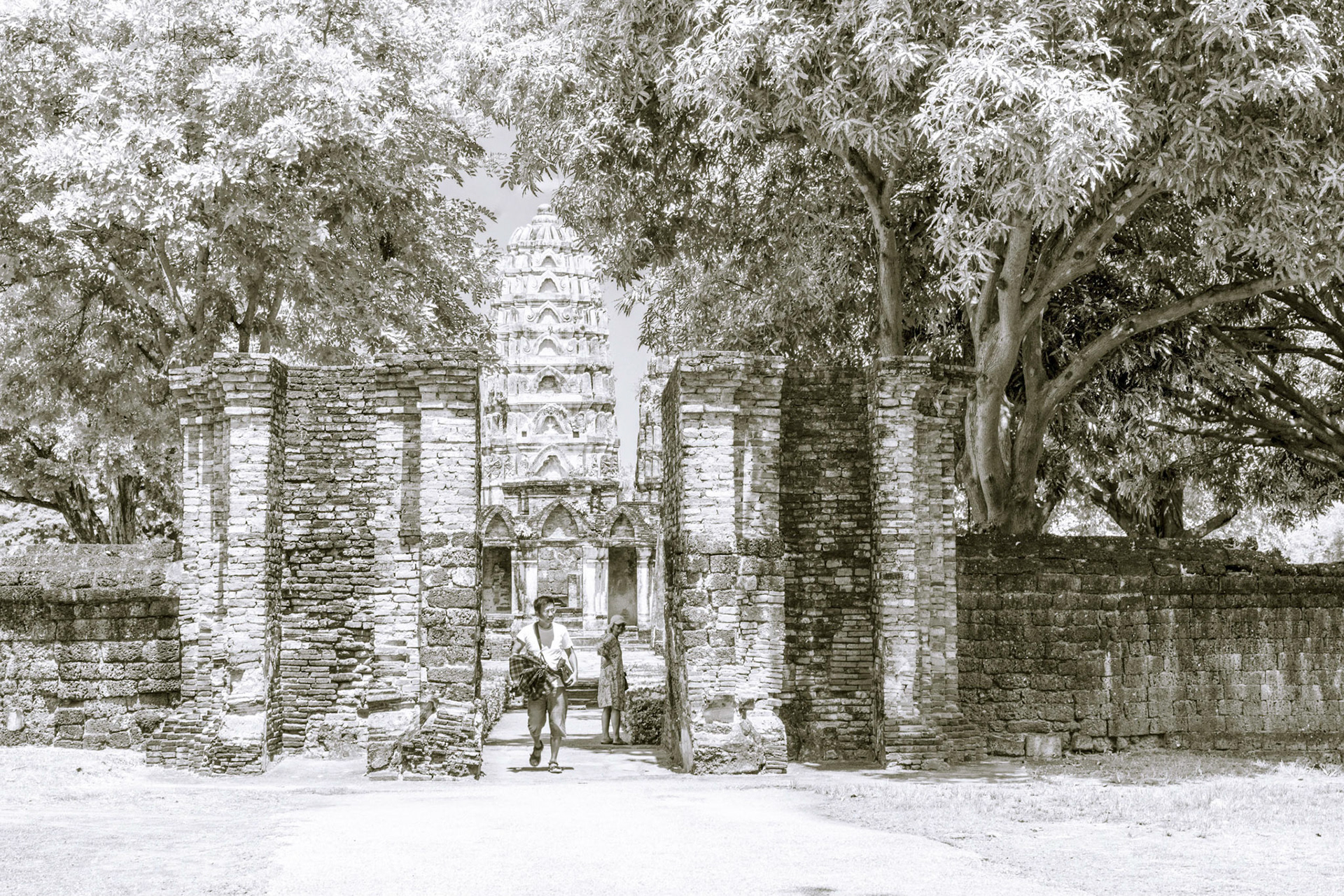
Wat Si Sawai - วัดศรีสวาย
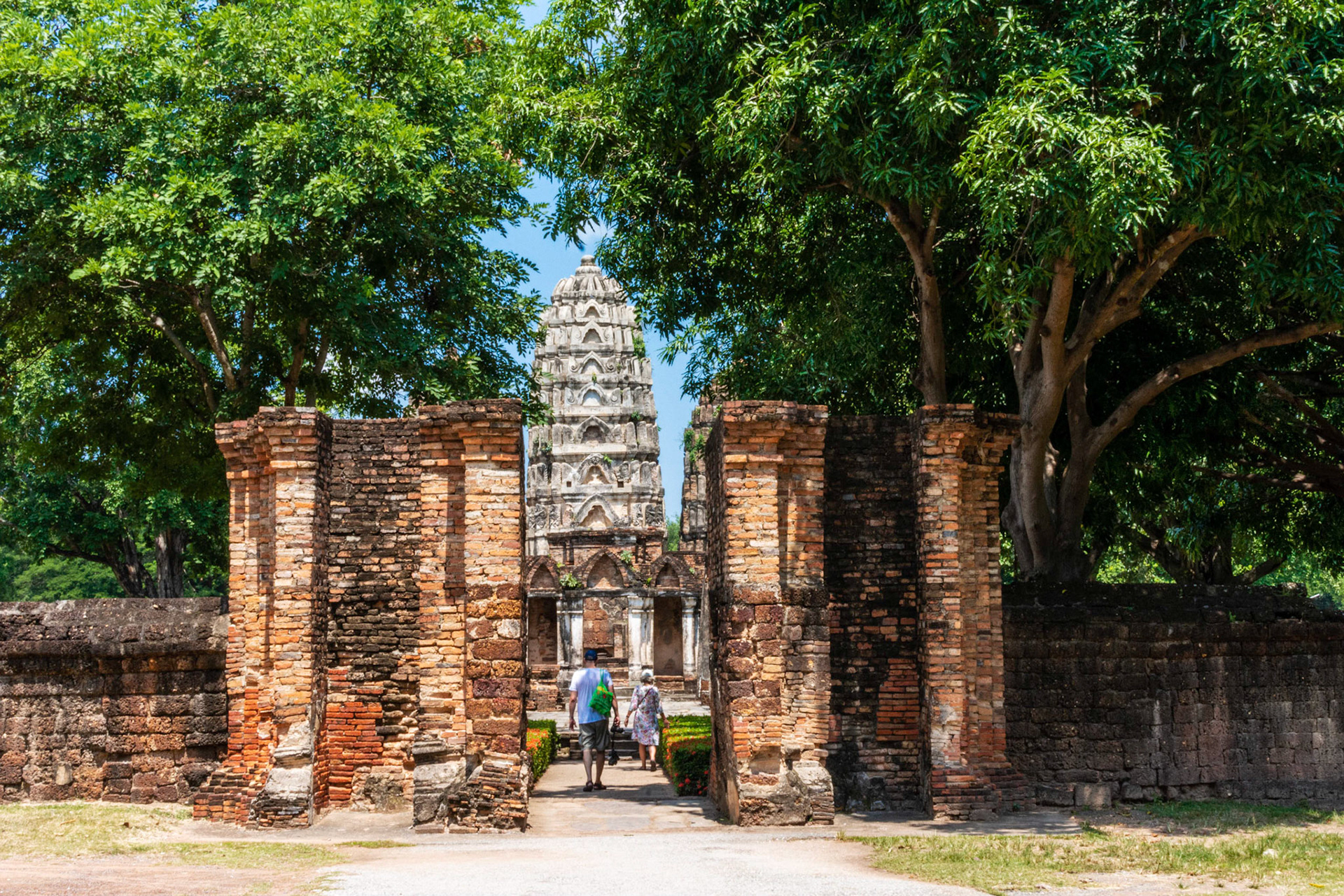
Wat Si Sawai - วัดศรีสวาย
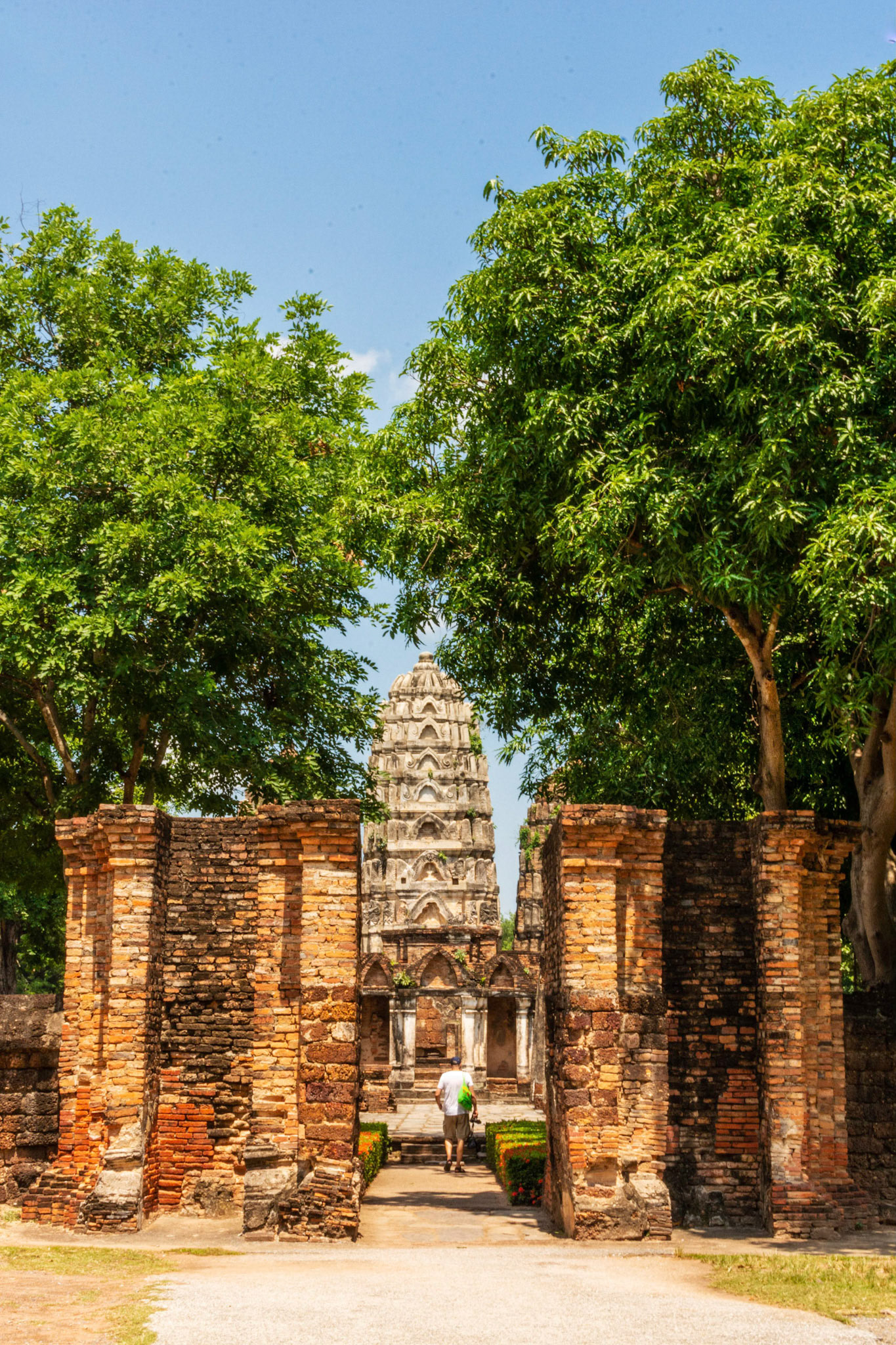
Wat Si Sawai - วัดศรีสวาย

Wat Si Sawai - วัดศรีสวาย

Wat Si Sawai - วัดศรีสวาย
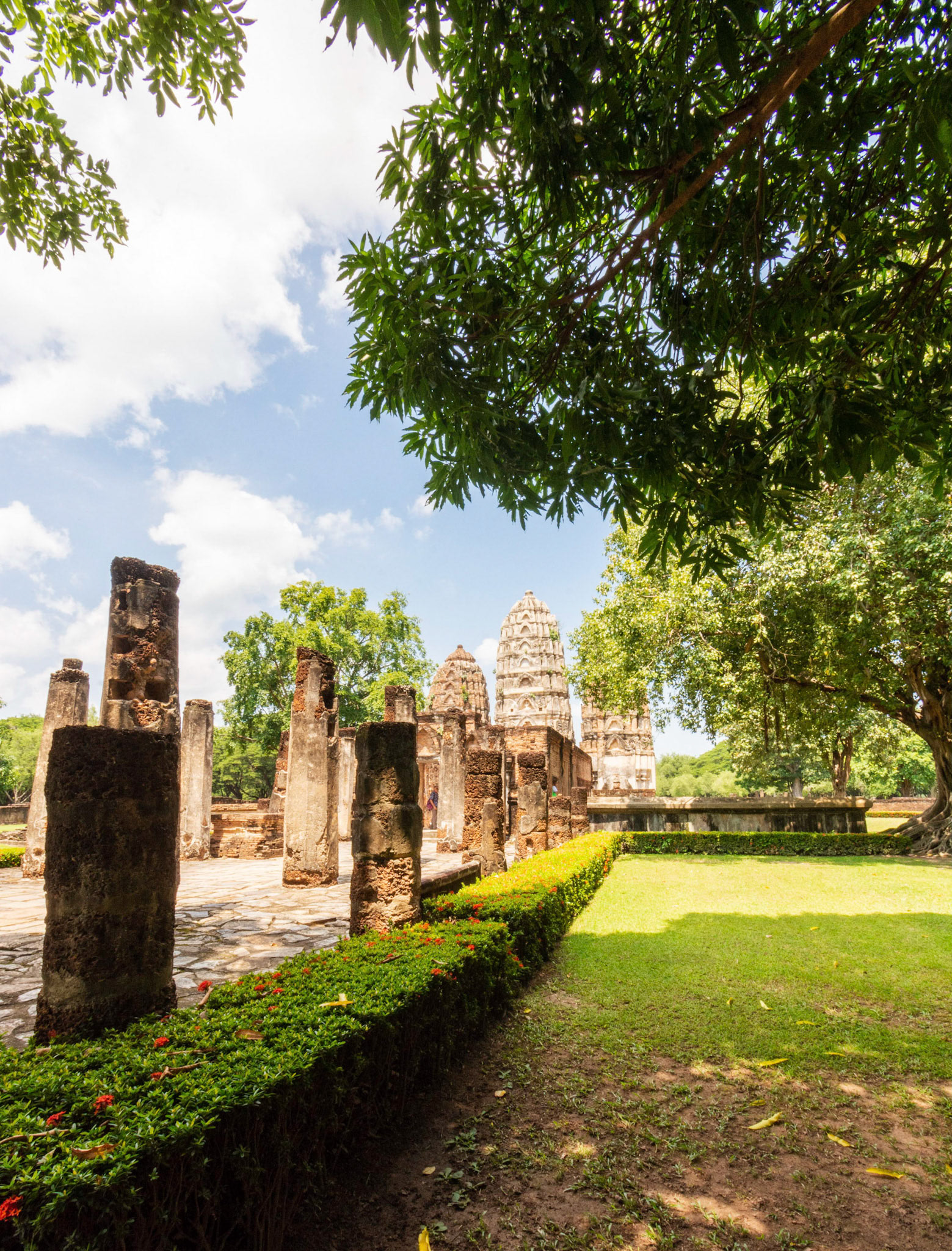
Wat Si Sawai - วัดศรีสวาย

Wat Si Sawai - วัดศรีสวาย
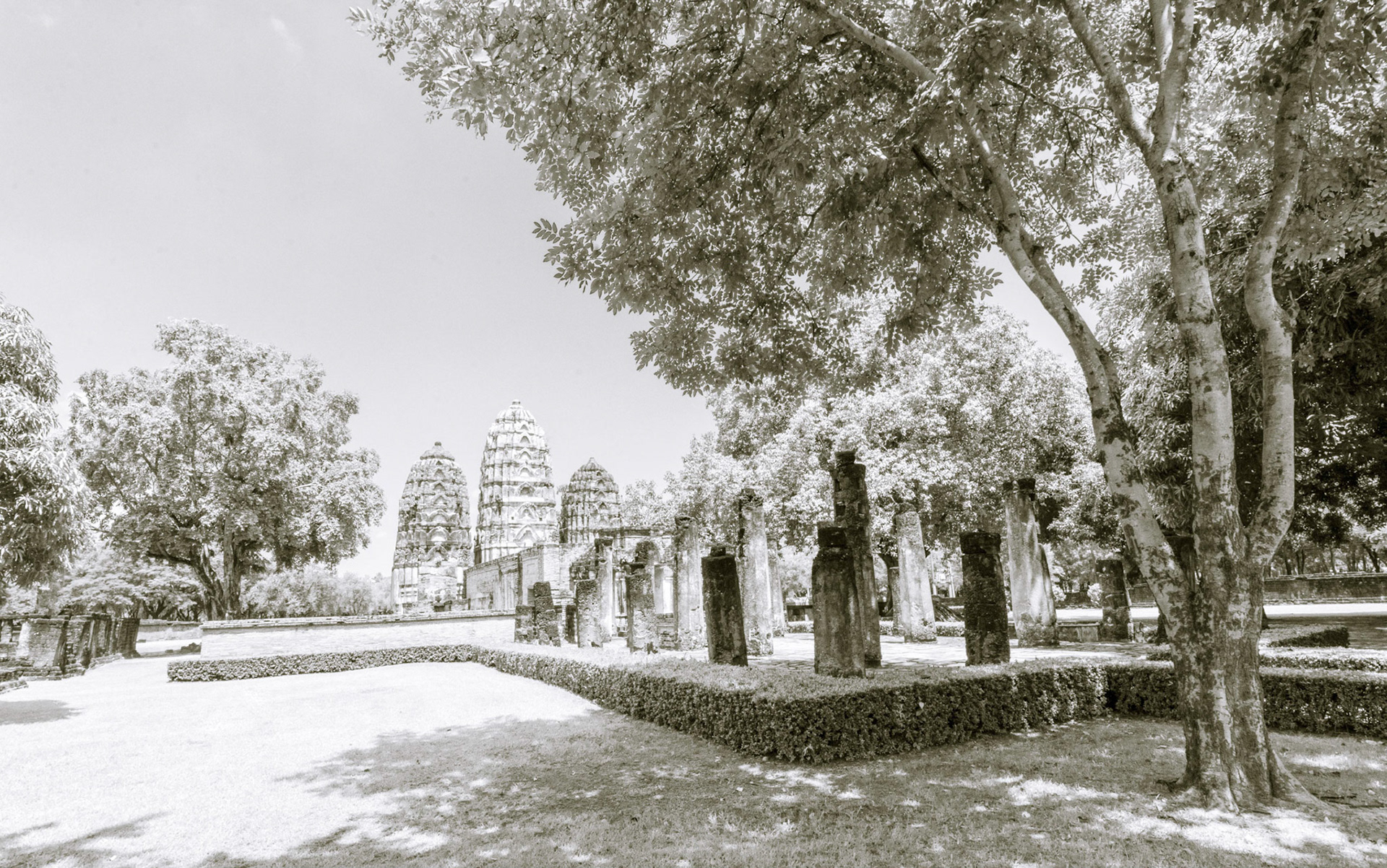
Wat Si Sawai - วัดศรีสวาย

Wat Si Sawai - วัดศรีสวาย
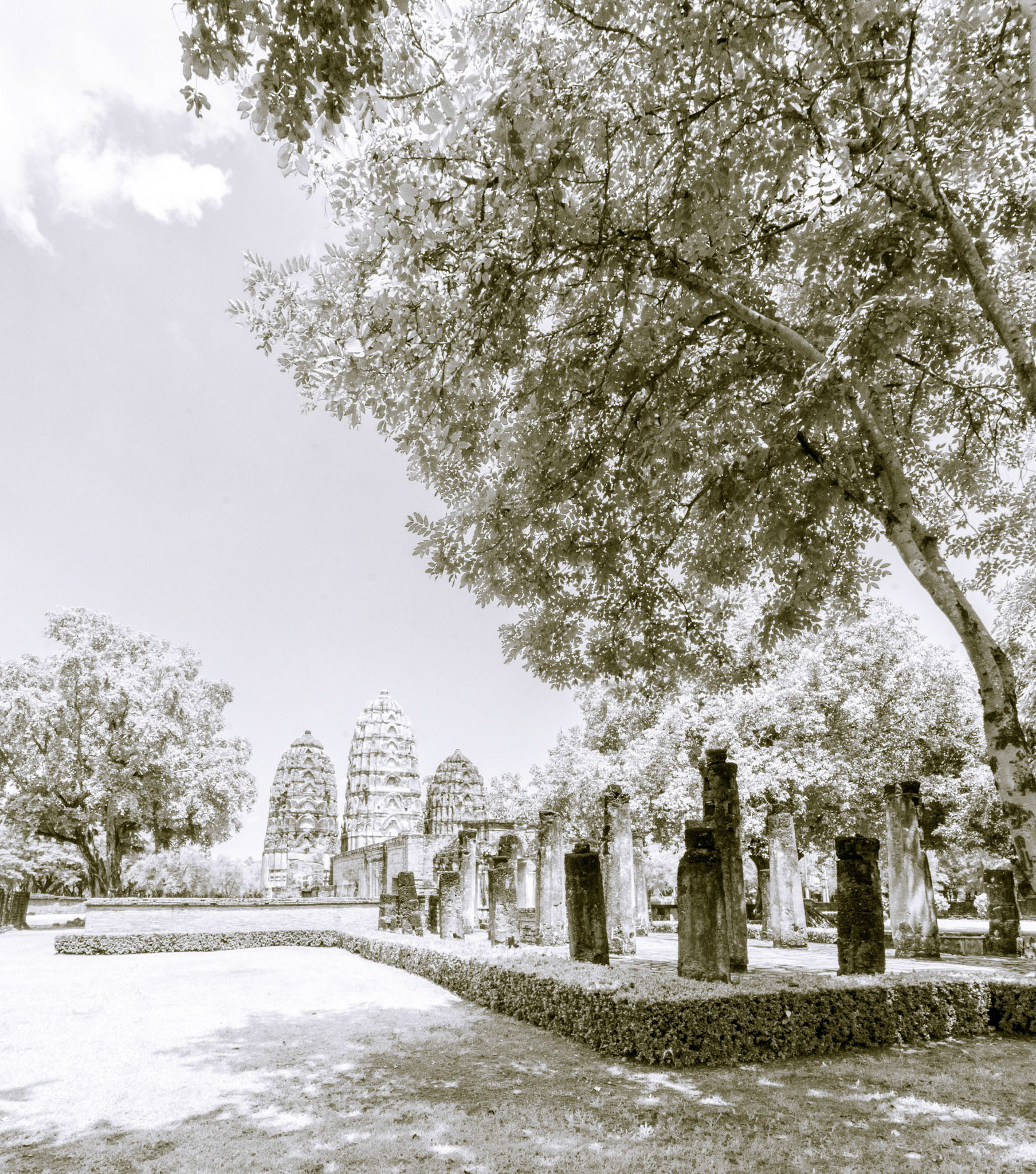
Wat Si Sawai - วัดศรีสวาย
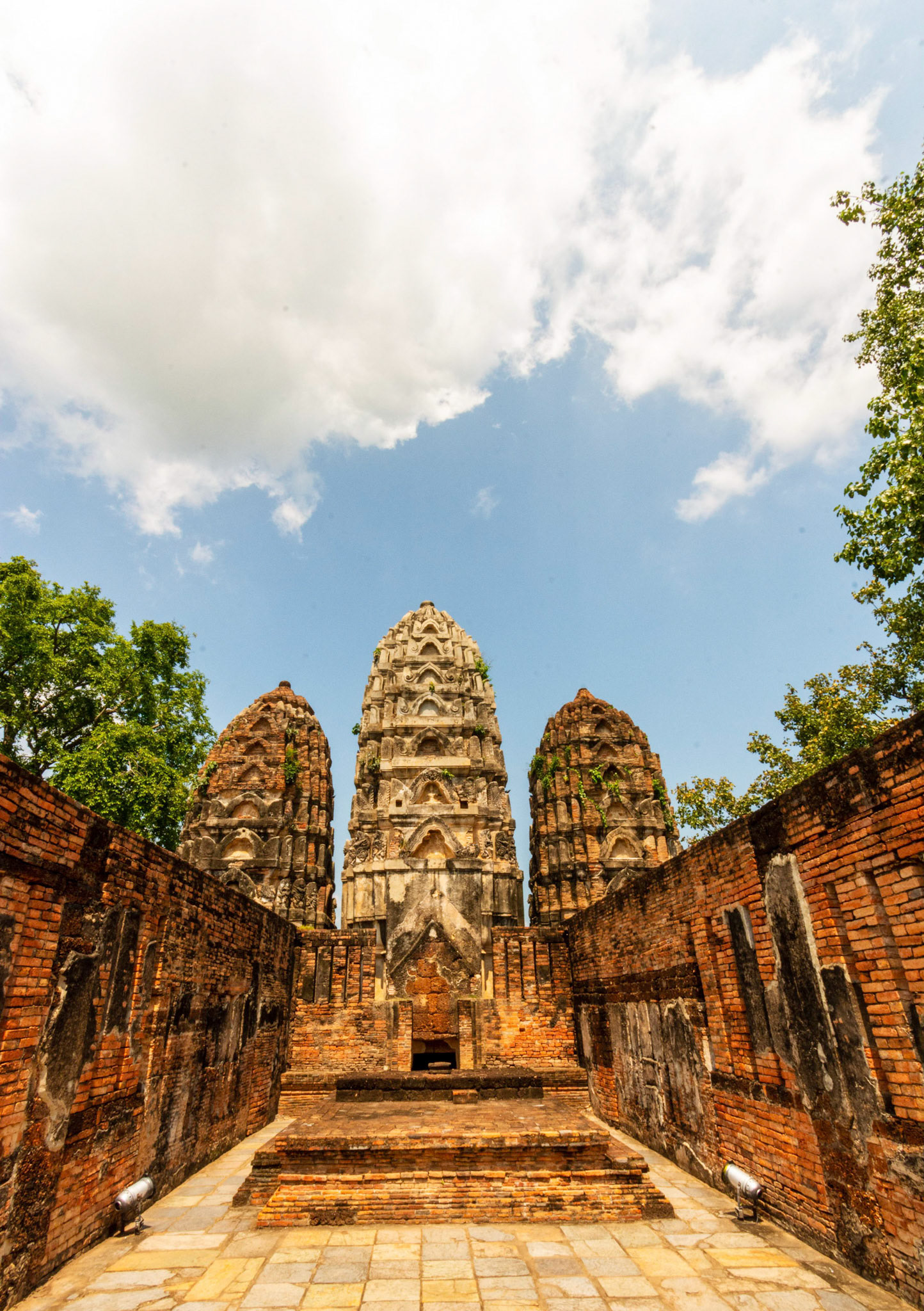
Wat Si Sawai - วัดศรีสวาย
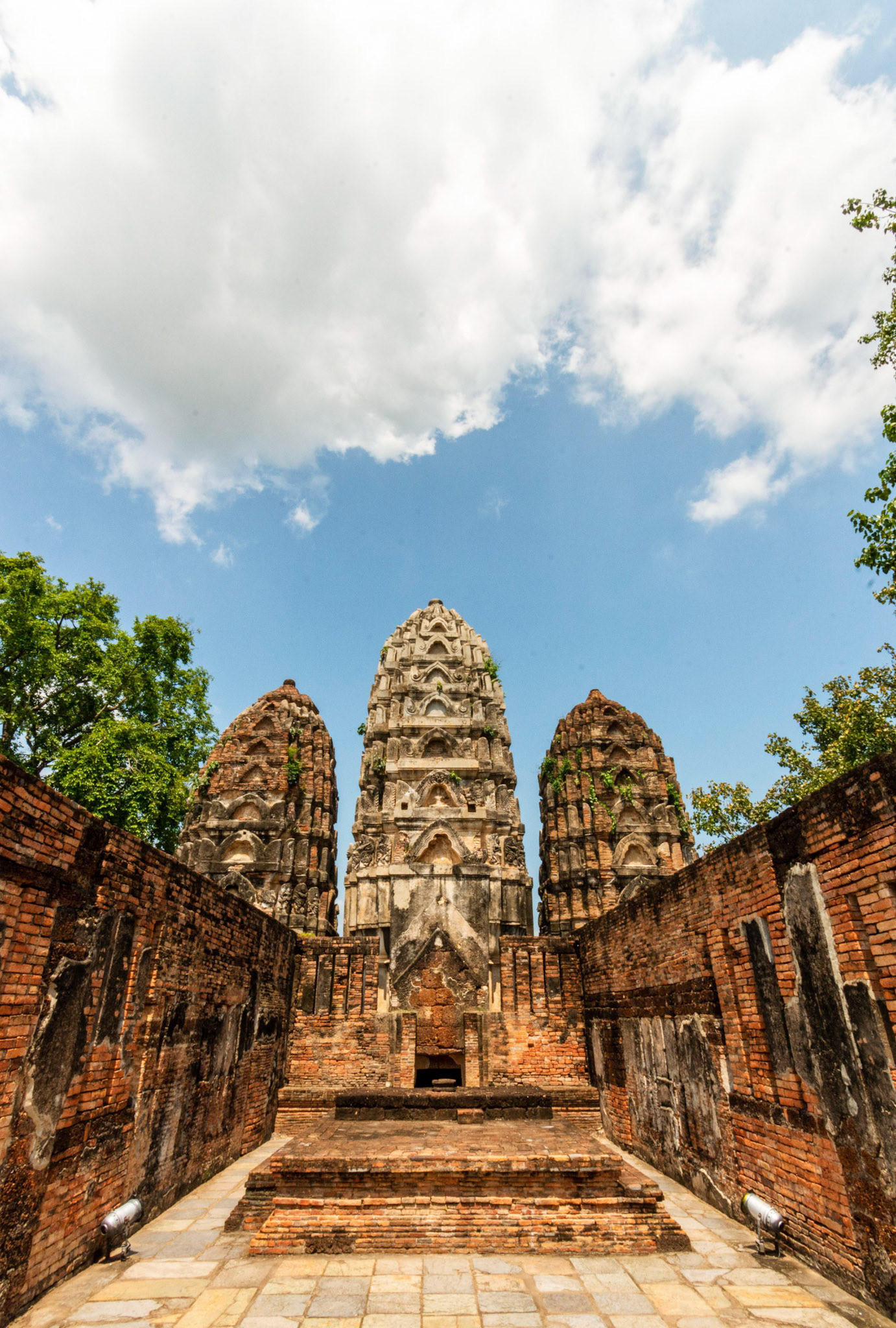
Wat Si Sawai - วัดศรีสวาย
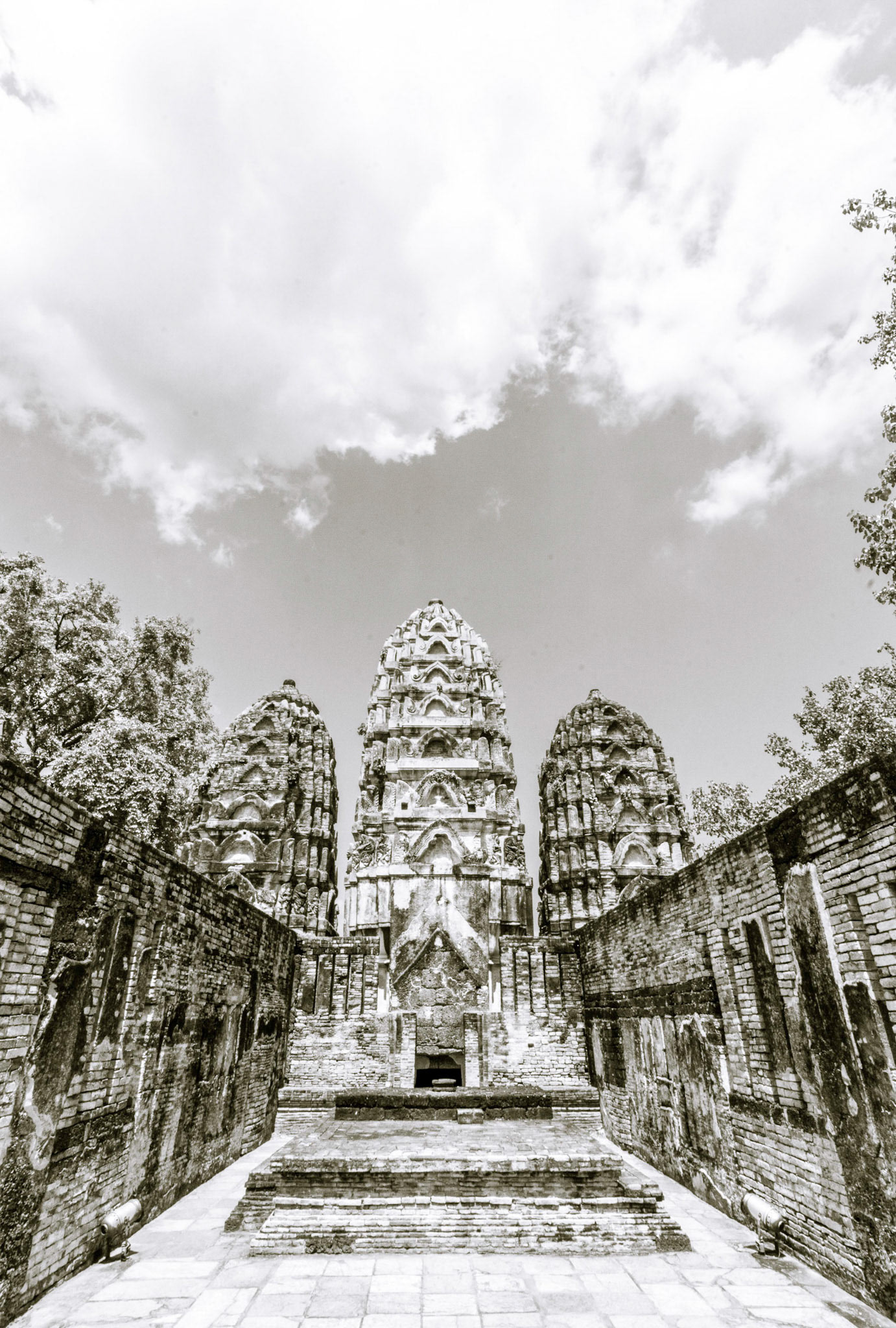
Wat Si Sawai - วัดศรีสวาย
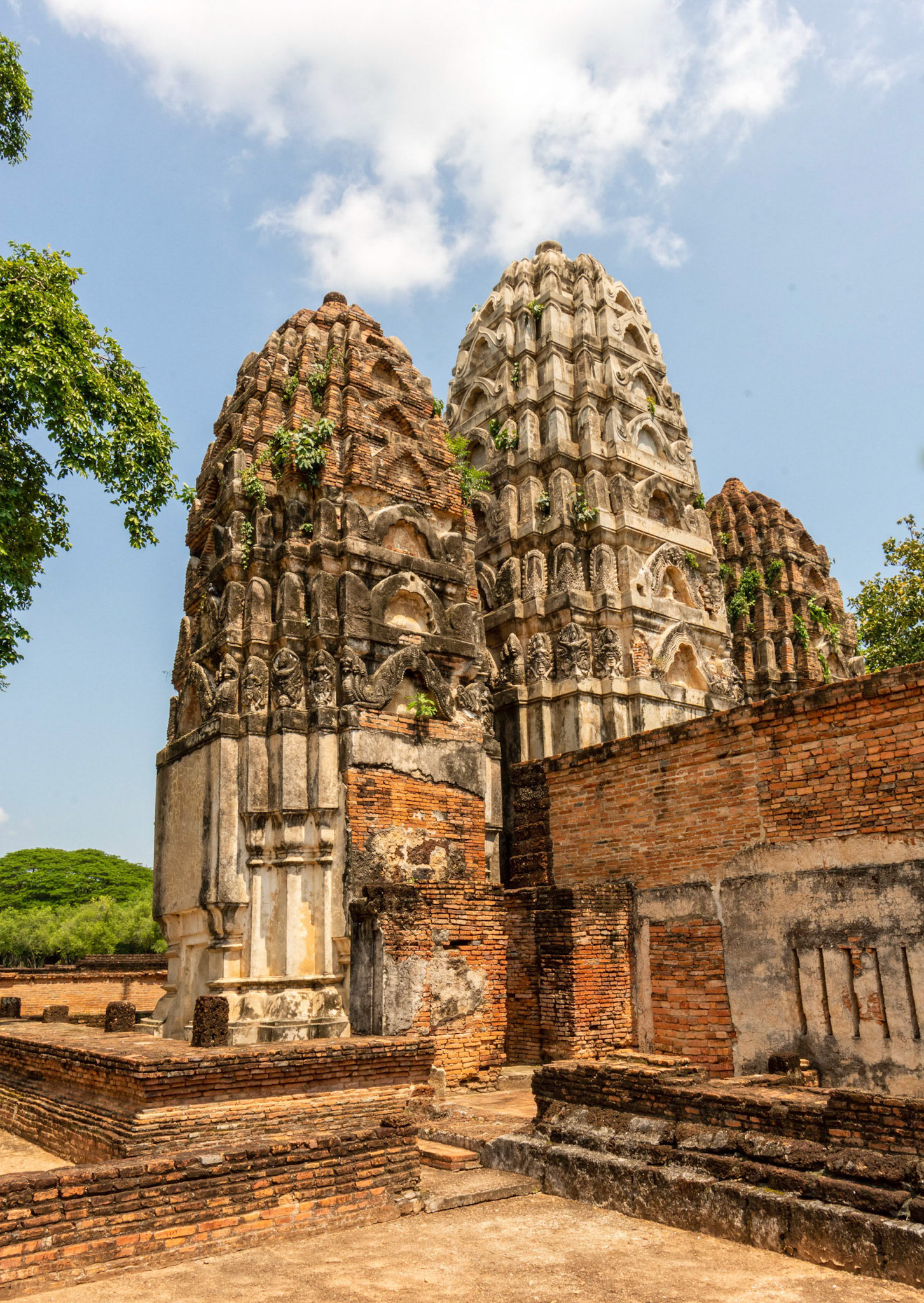
Wat Si Sawai - วัดศรีสวาย
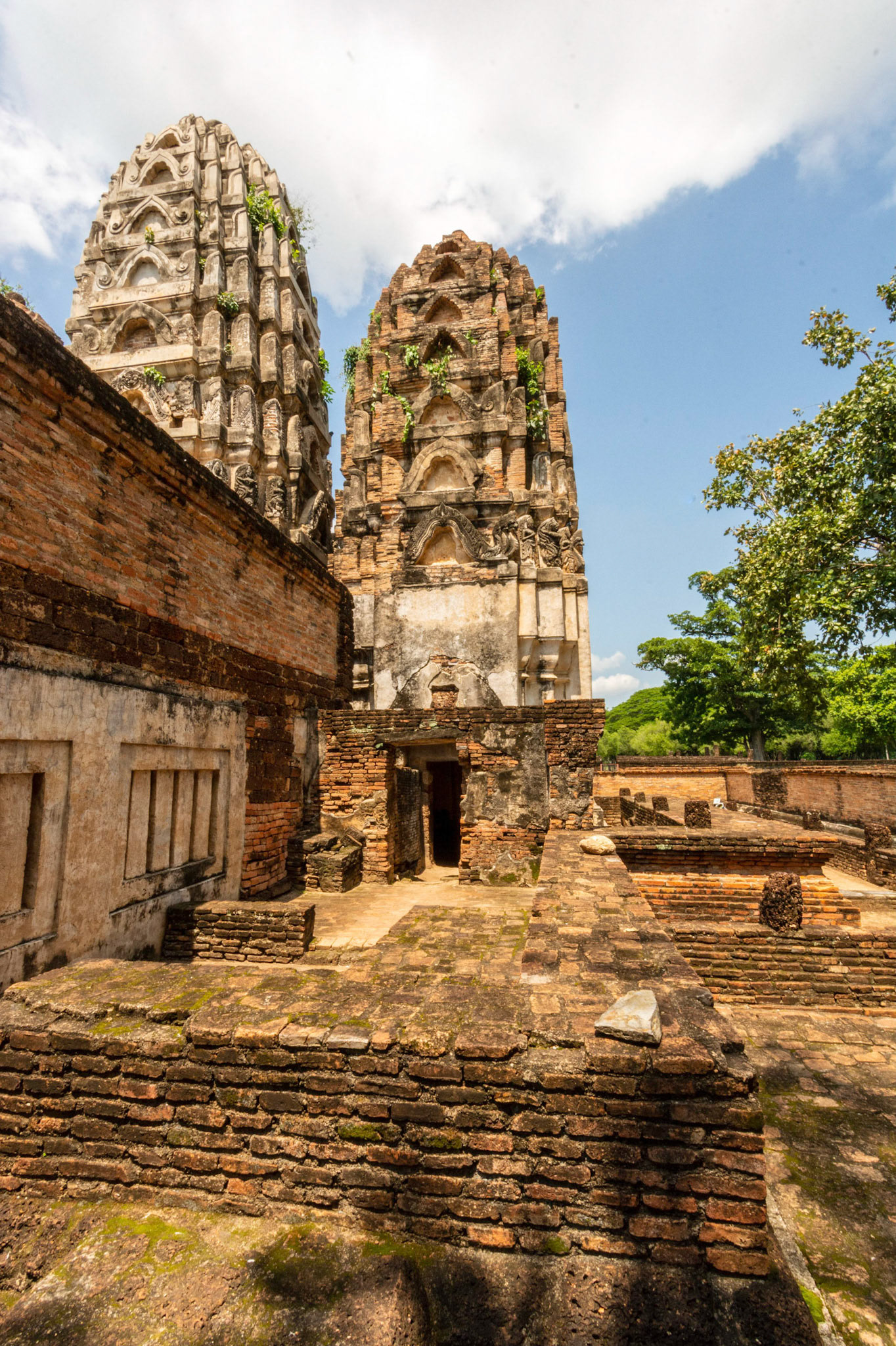
Wat Si Sawai - วัดศรีสวาย
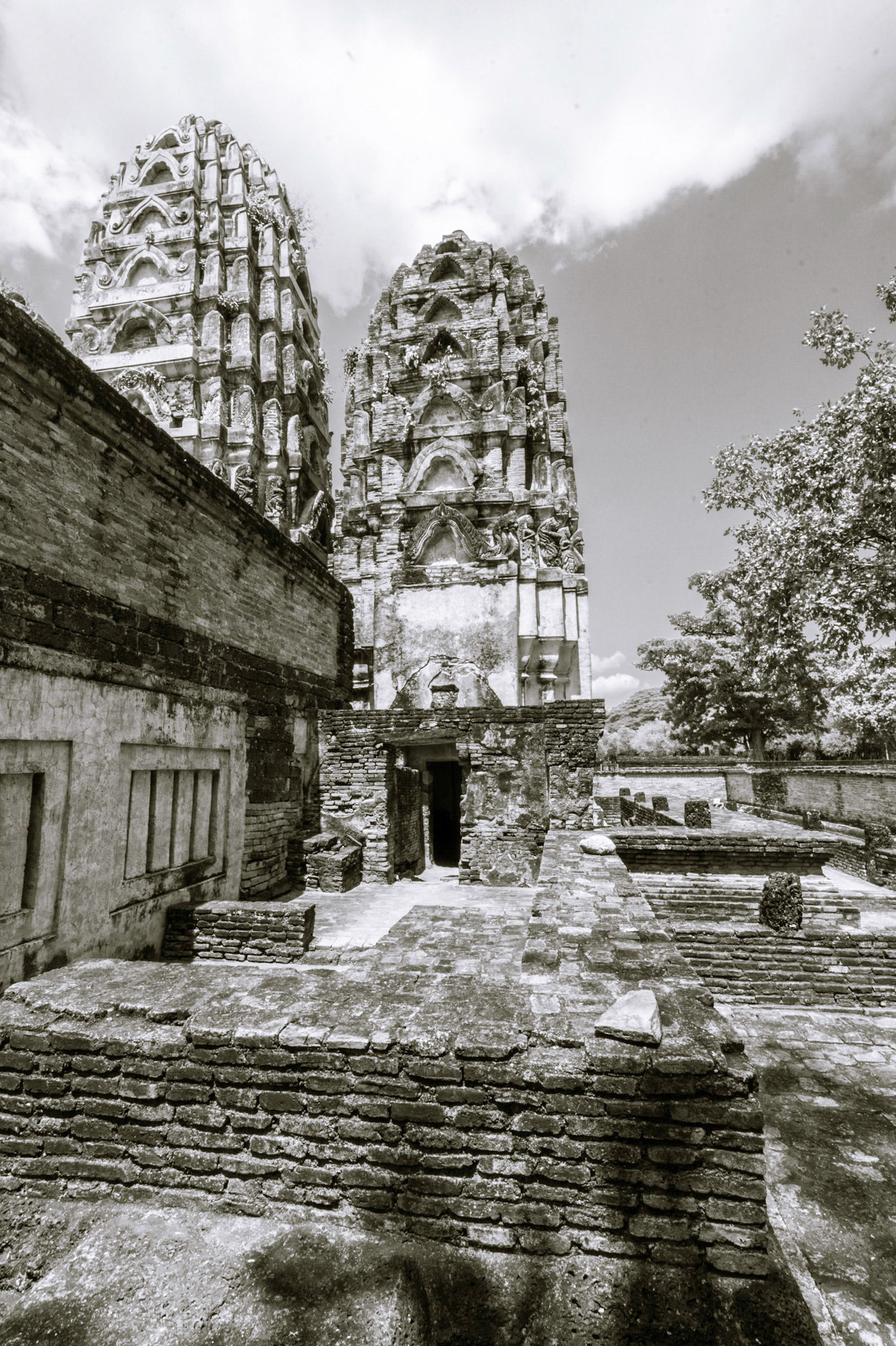
Wat Si Sawai - วัดศรีสวาย
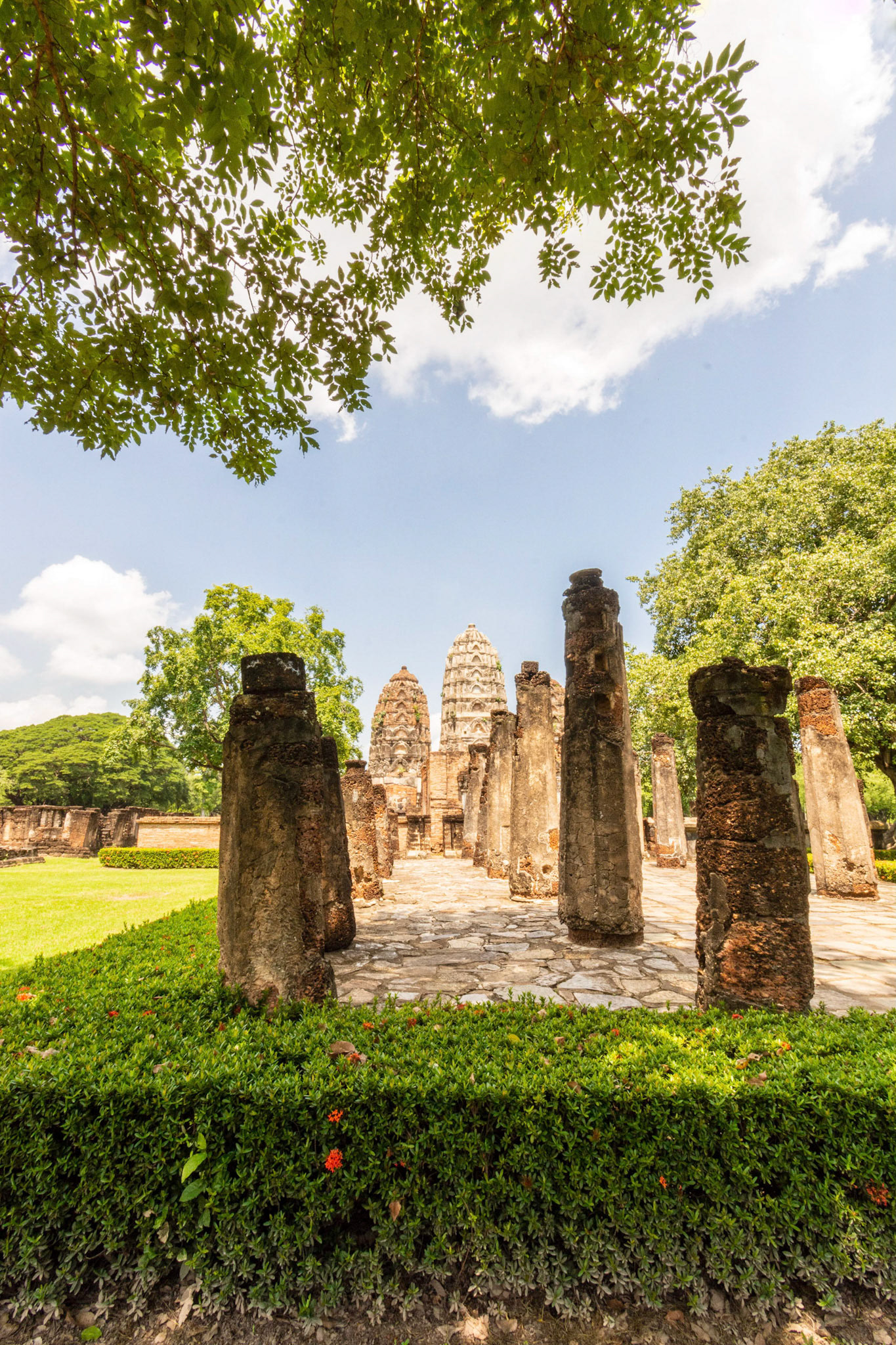
Wat Si Sawai - วัดศรีสวาย

Wat Si Sawai - วัดศรีสวาย
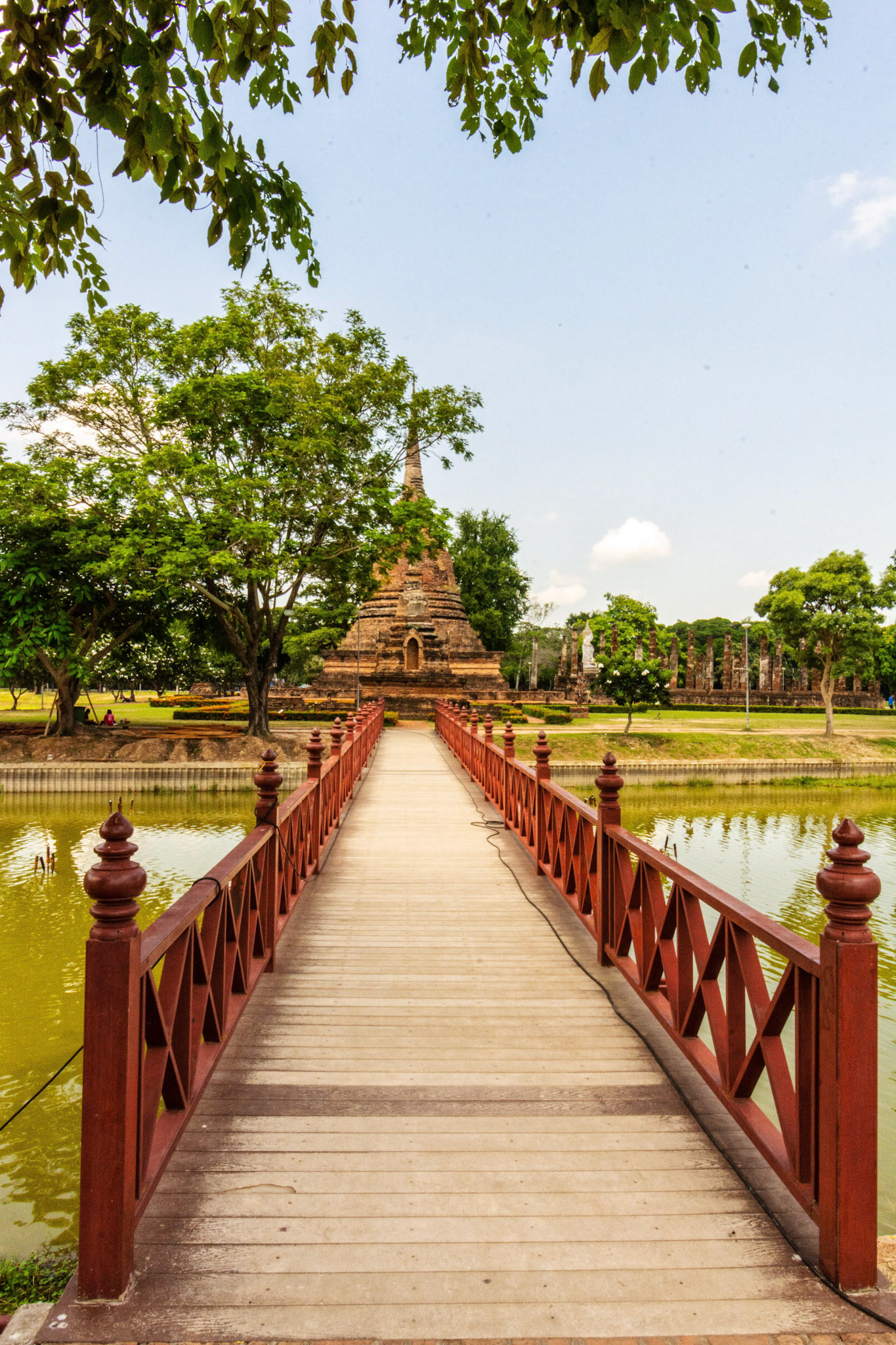
Wat Sa-Si - วัดสระศรี
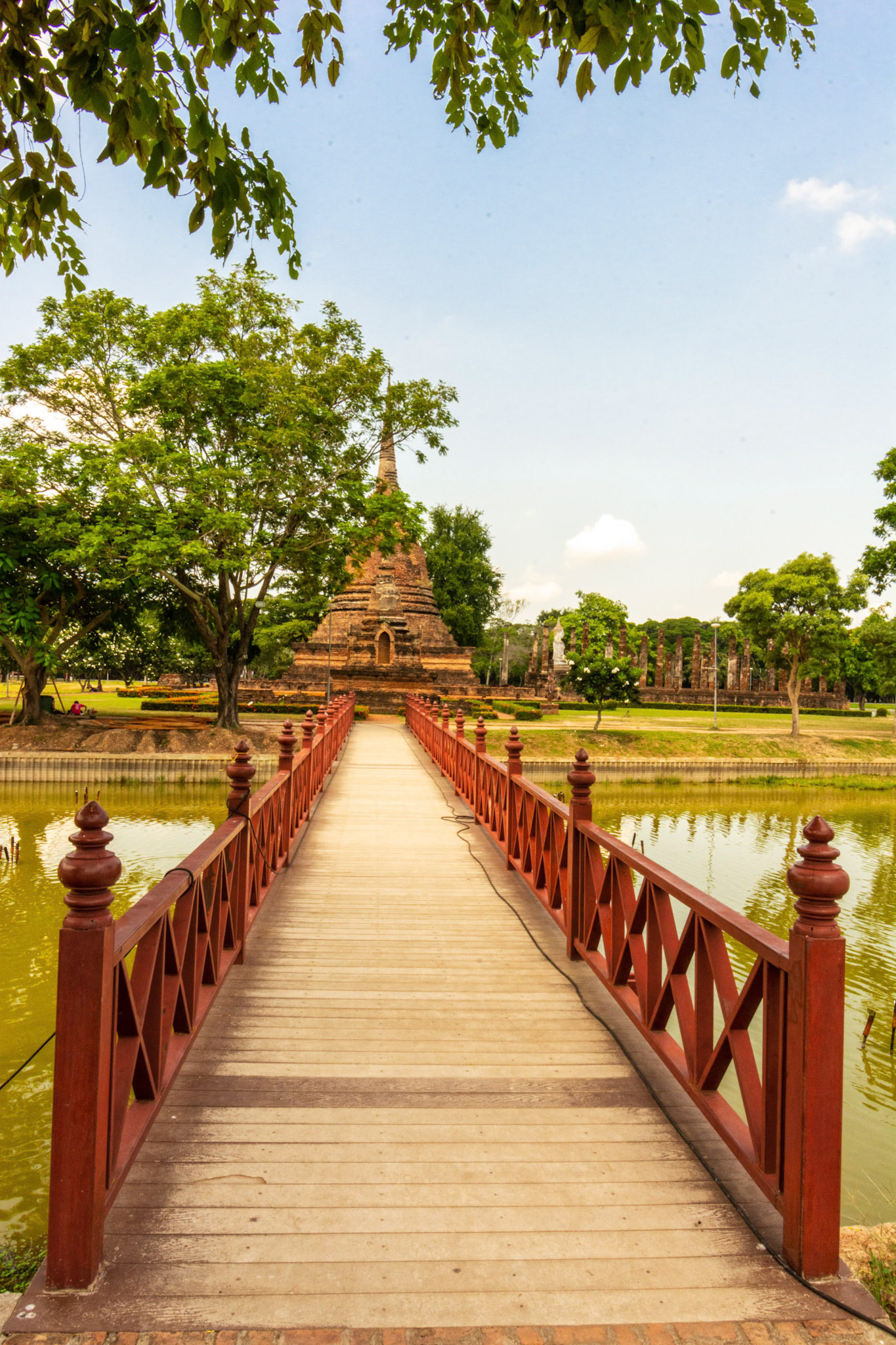
Wat Sa-Si - วัดสระศรี
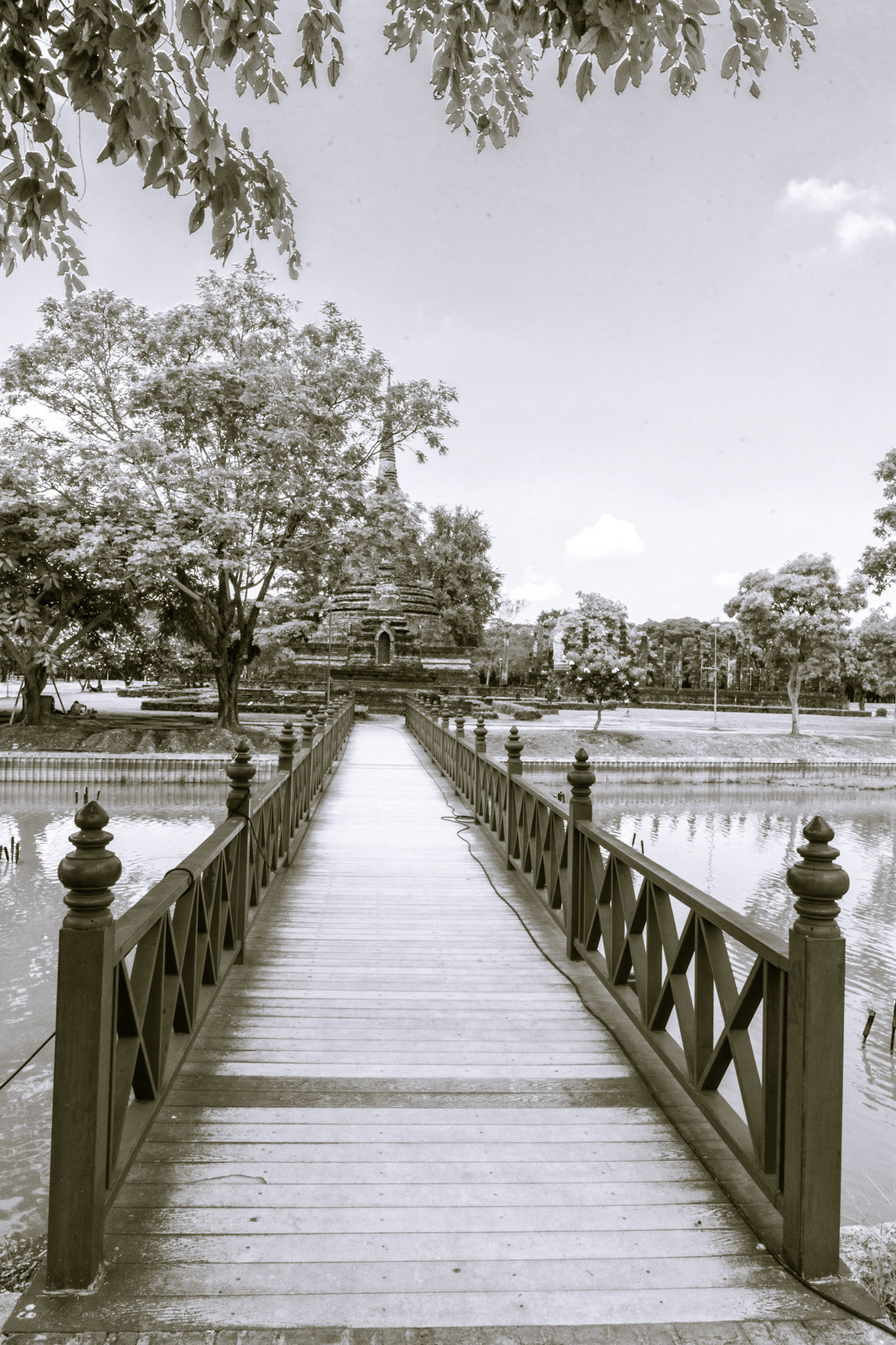
Wat Sa-Si - วัดสระศรี
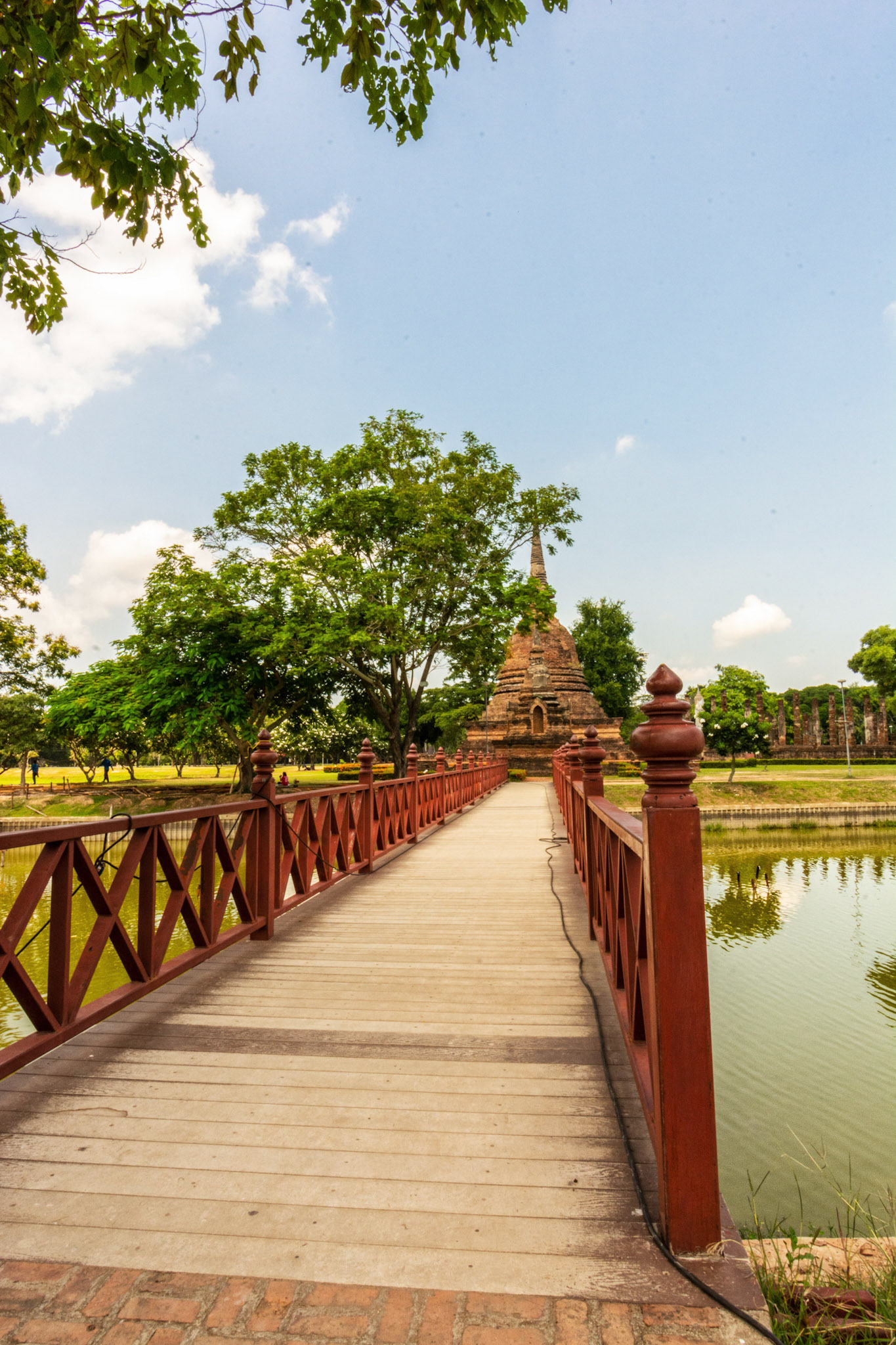
Wat Sa-Si - วัดสระศรี
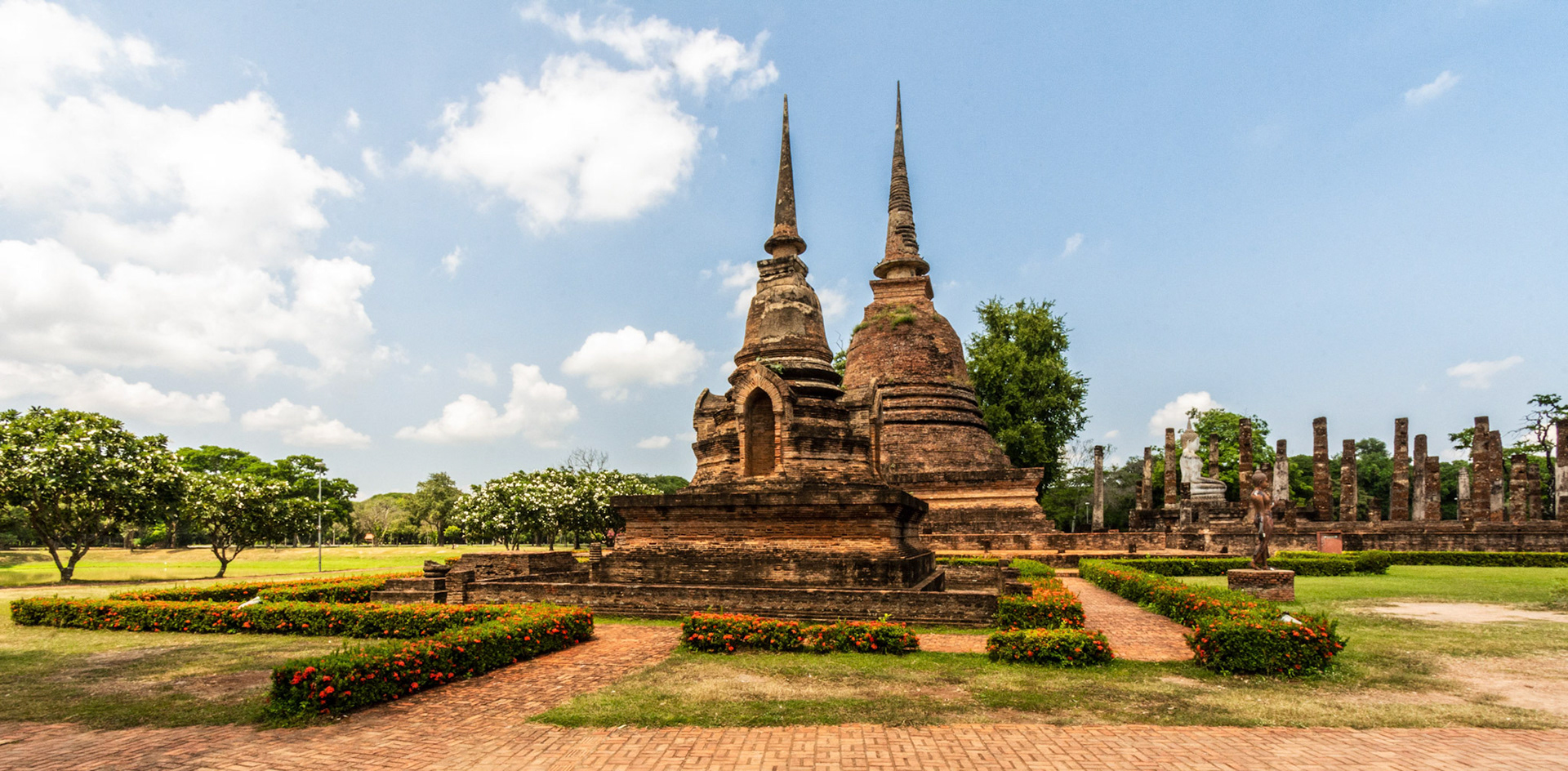
Wat Sa-Si - วัดสระศรี
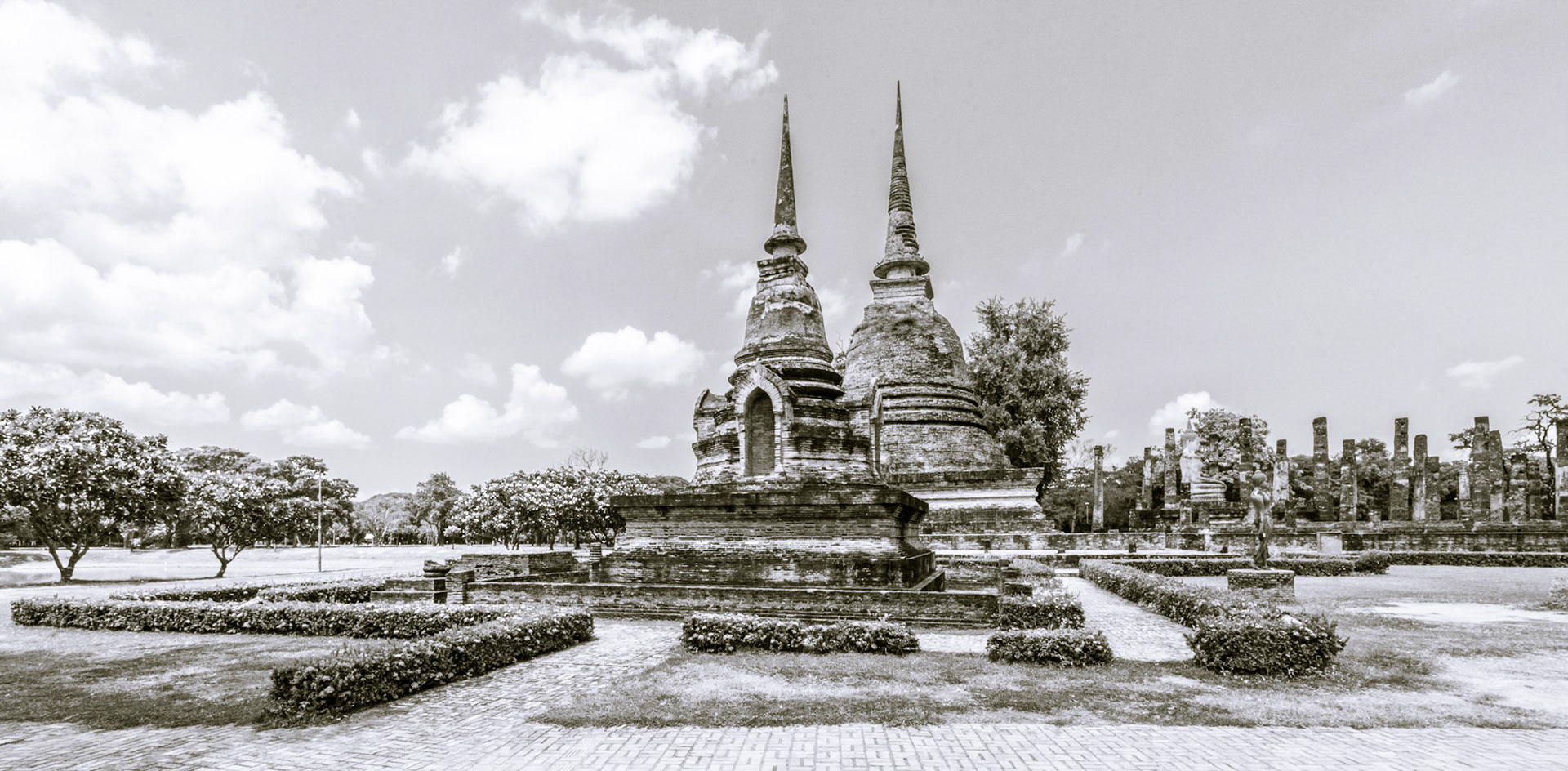
Wat Sa-Si - วัดสระศรี
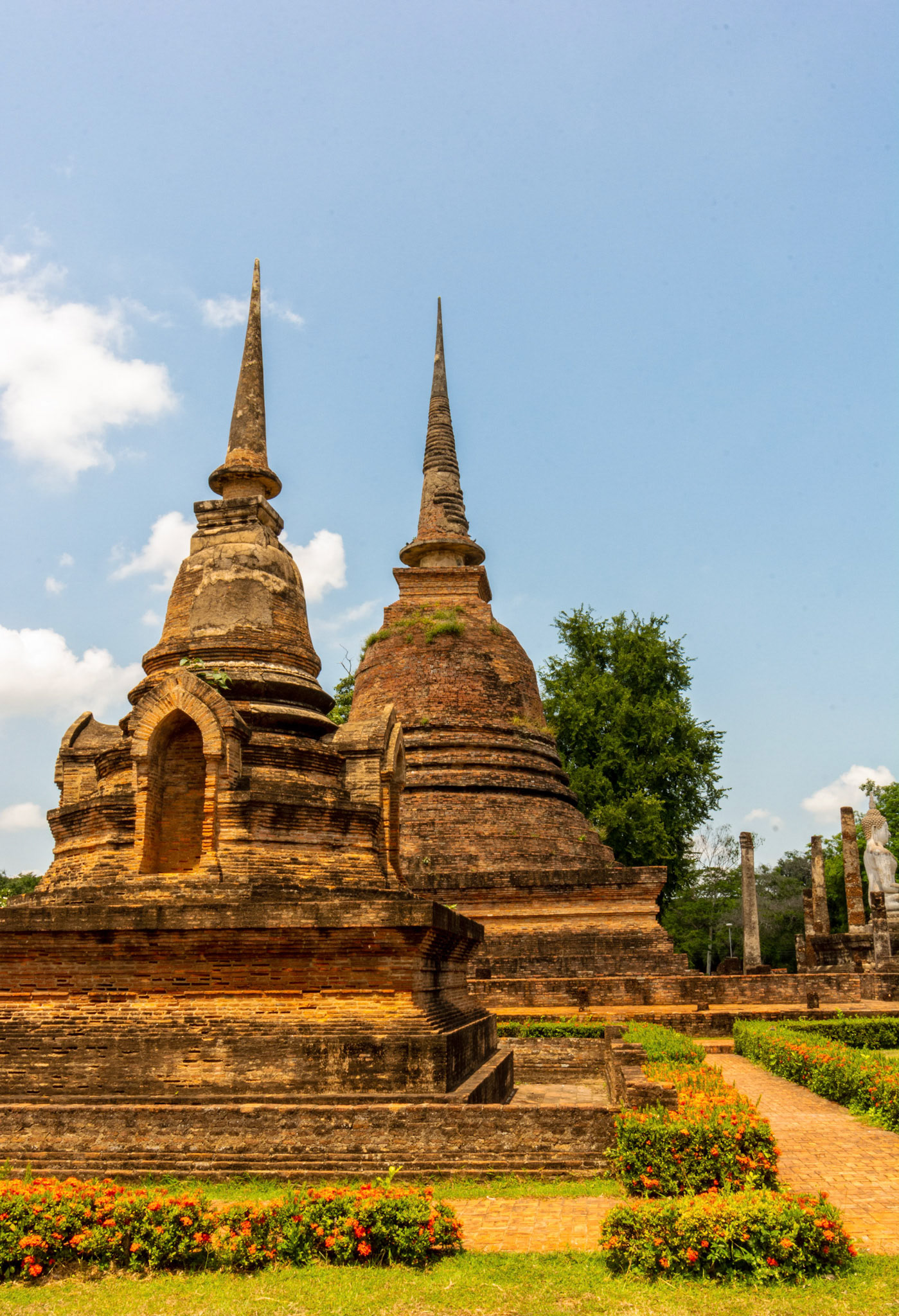
Wat Sa-Si - วัดสระศรี
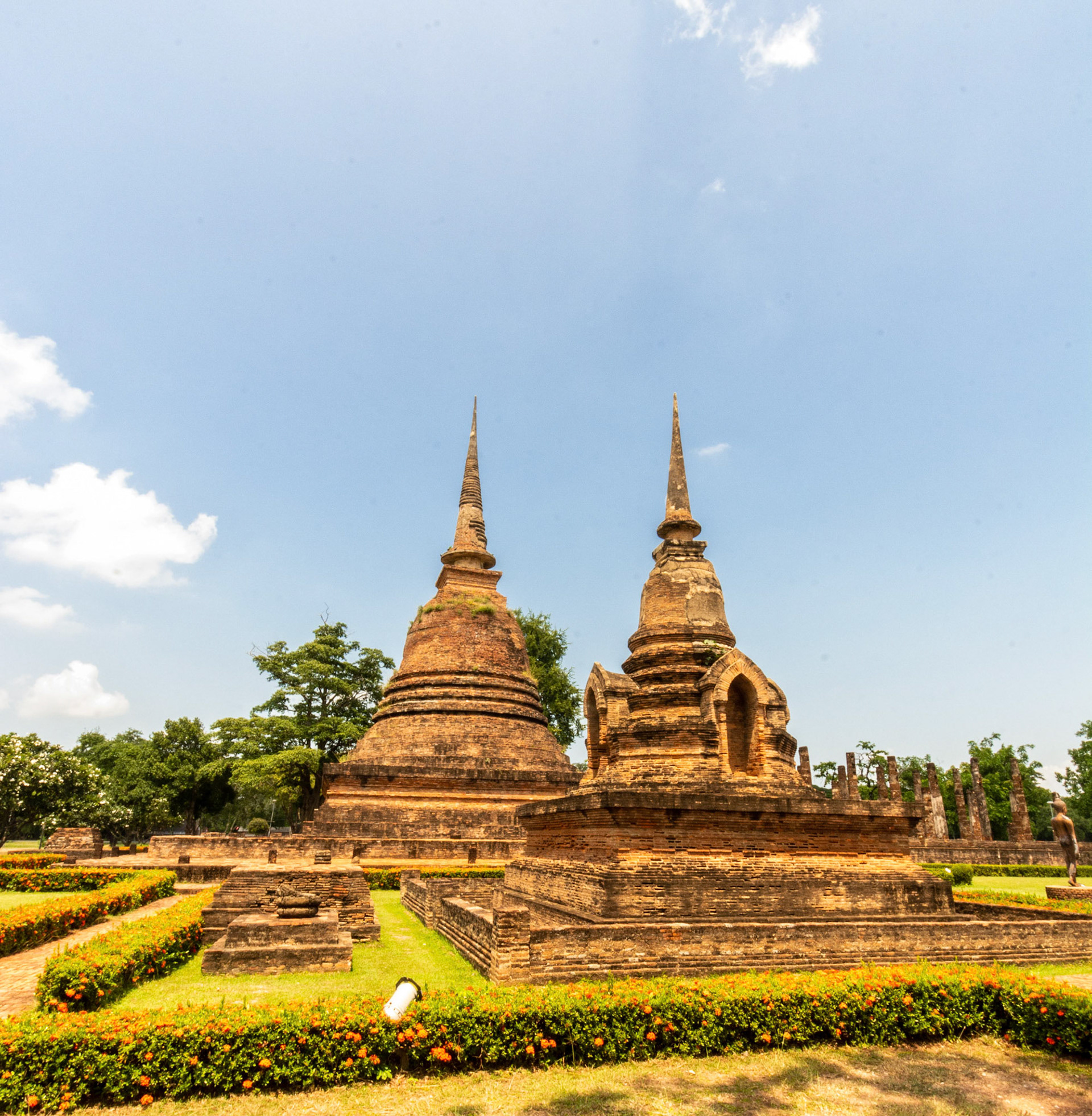
Wat Sa-Si - วัดสระศรี

Wat Sa-Si - วัดสระศรี
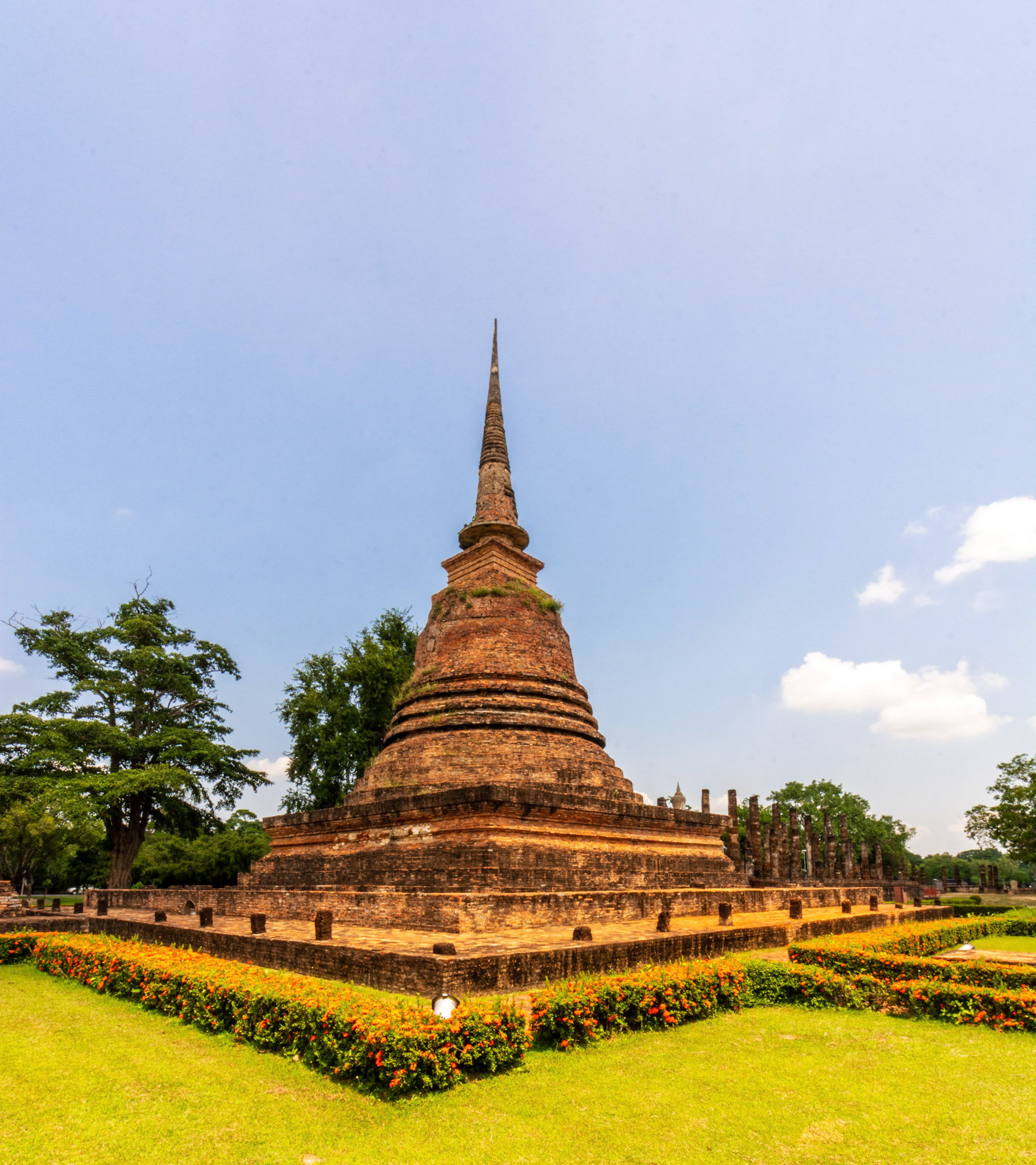
Wat Sa-Si - วัดสระศรี

Wat Sa-Si - วัดสระศรี
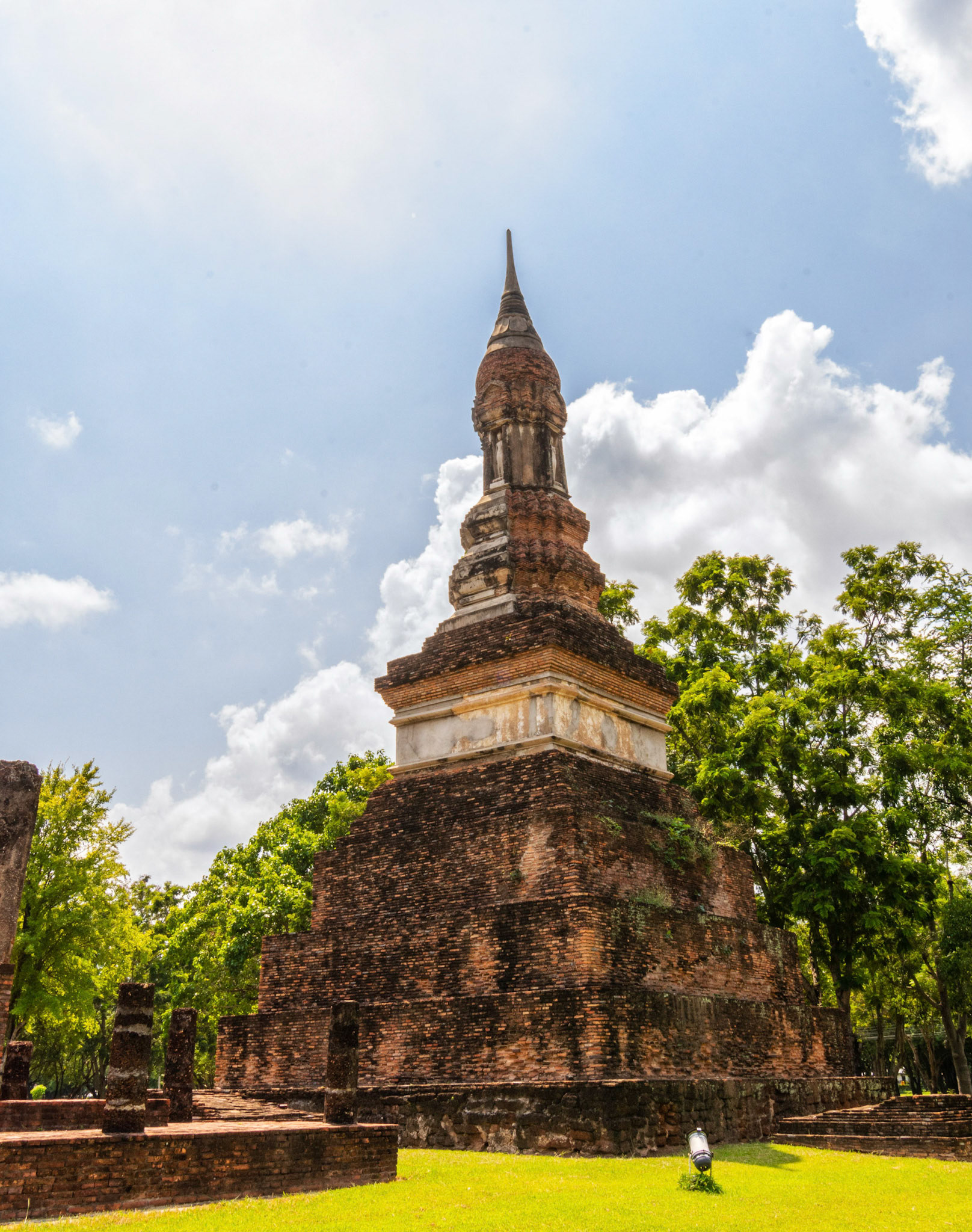
Wat Traphang Ngoen - วัดตระพังเงิน
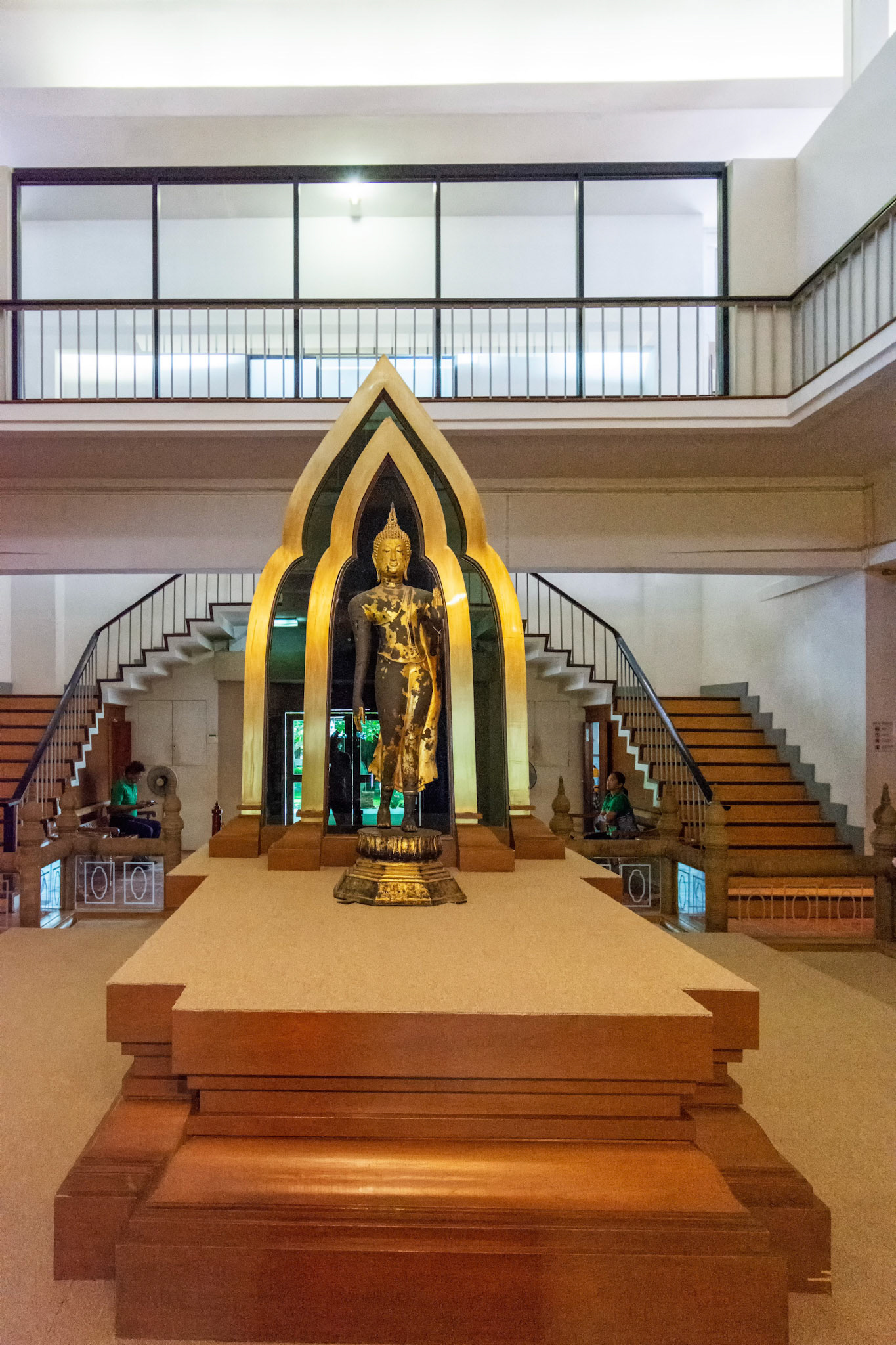
Ramkhamhaeng National Museum - พิพิธภัณฑสถานแห่งชาติรามคำแหง
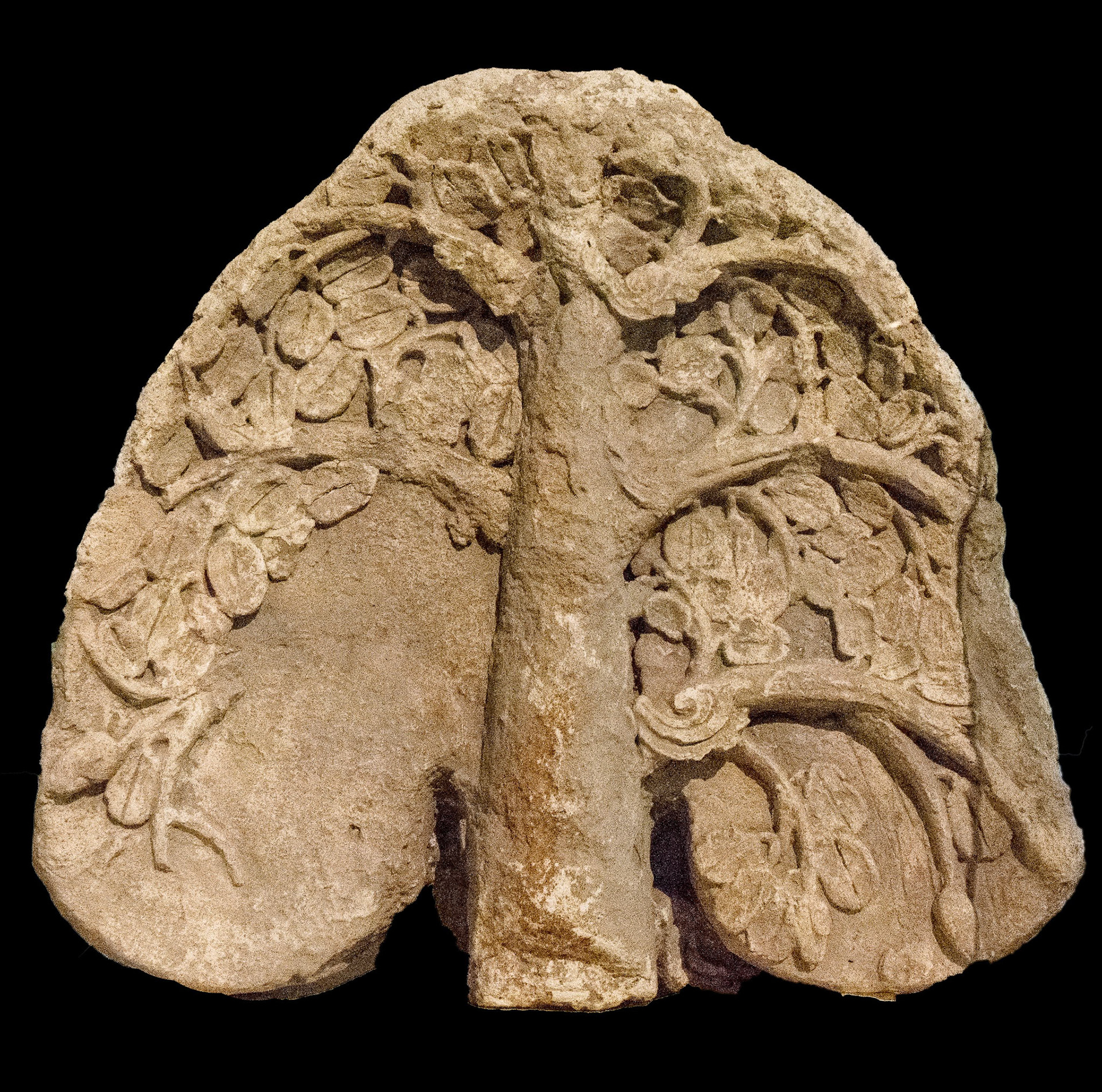
Ramkhamhaeng National Museum - พิพิธภัณฑสถานแห่งชาติรามคำแหง

Ramkhamhaeng National Museum - พิพิธภัณฑสถานแห่งชาติรามคำแหง
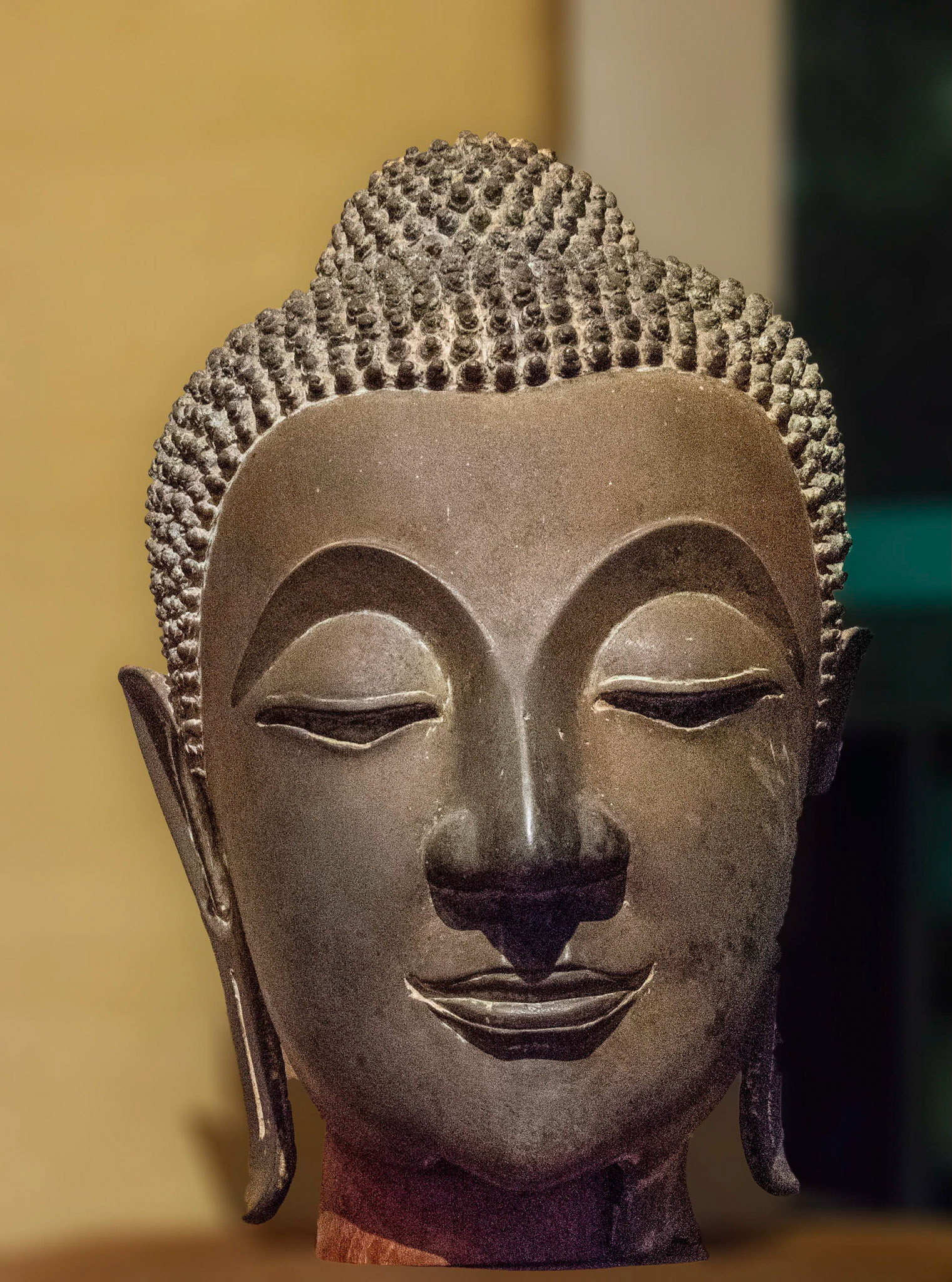
Ramkhamhaeng National Museum - พิพิธภัณฑสถานแห่งชาติรามคำแหง
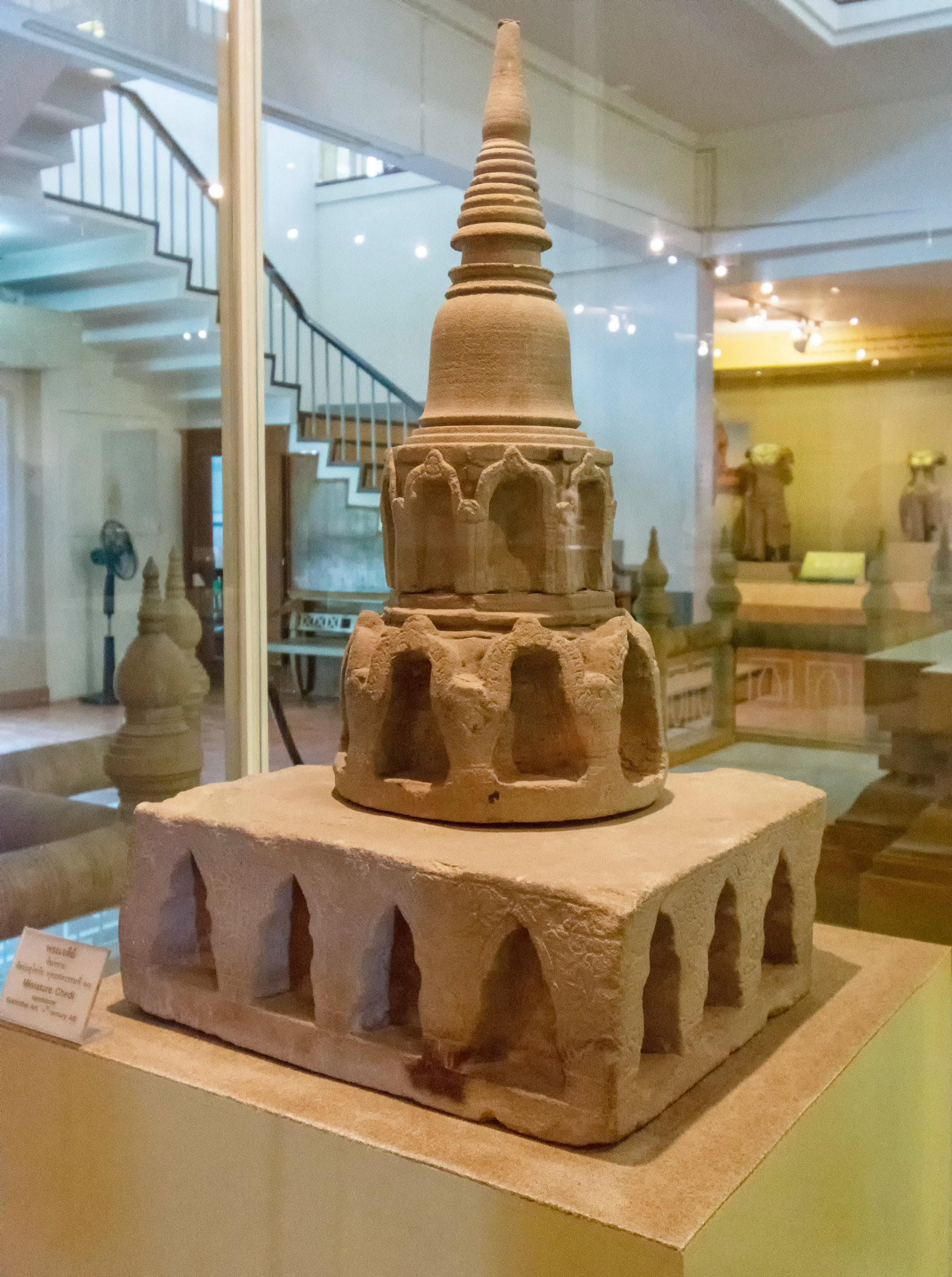
Ramkhamhaeng National Museum - พิพิธภัณฑสถานแห่งชาติรามคำแหง

Ramkhamhaeng National Museum - พิพิธภัณฑสถานแห่งชาติรามคำแหง
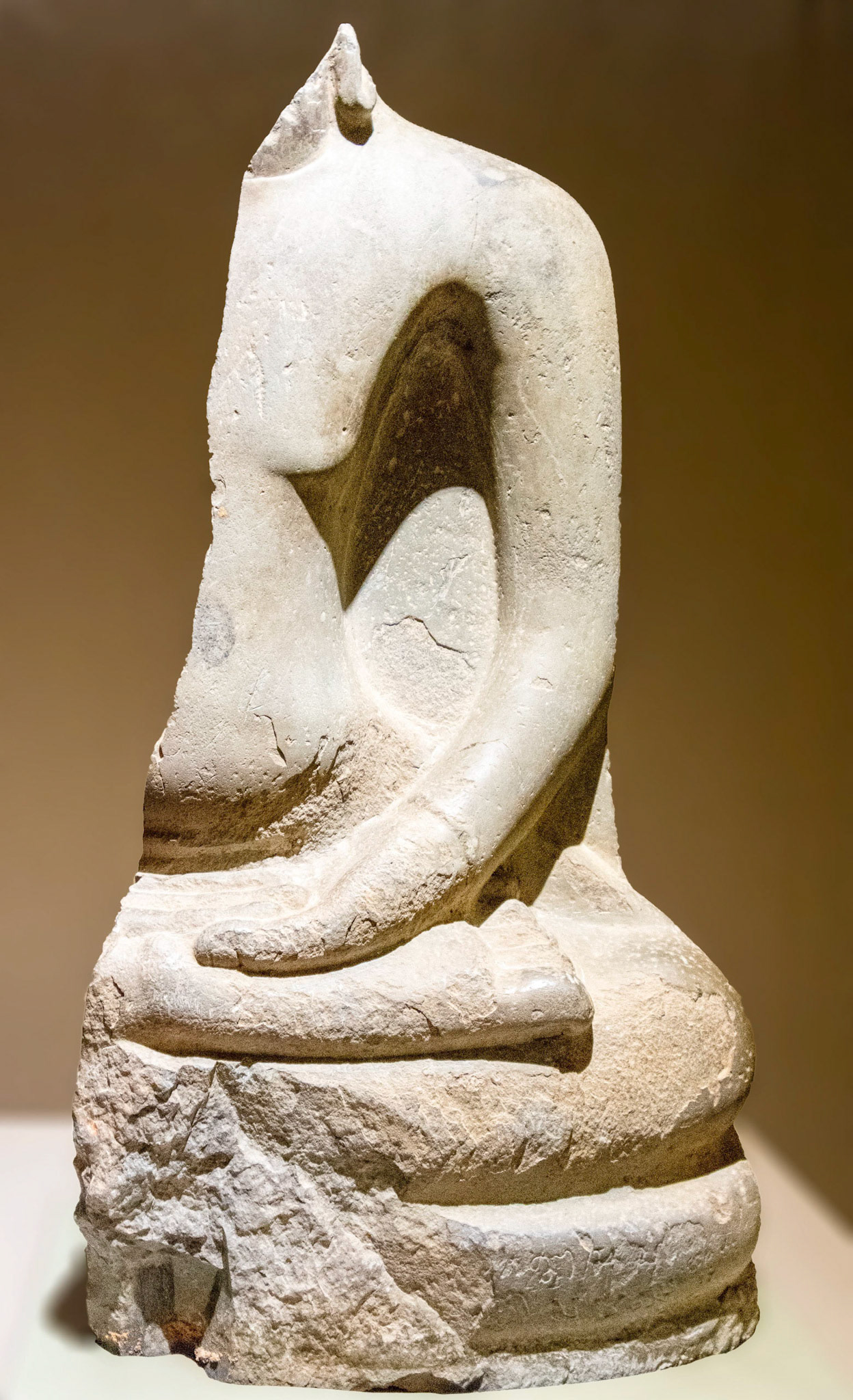
Ramkhamhaeng National Museum - พิพิธภัณฑสถานแห่งชาติรามคำแหง
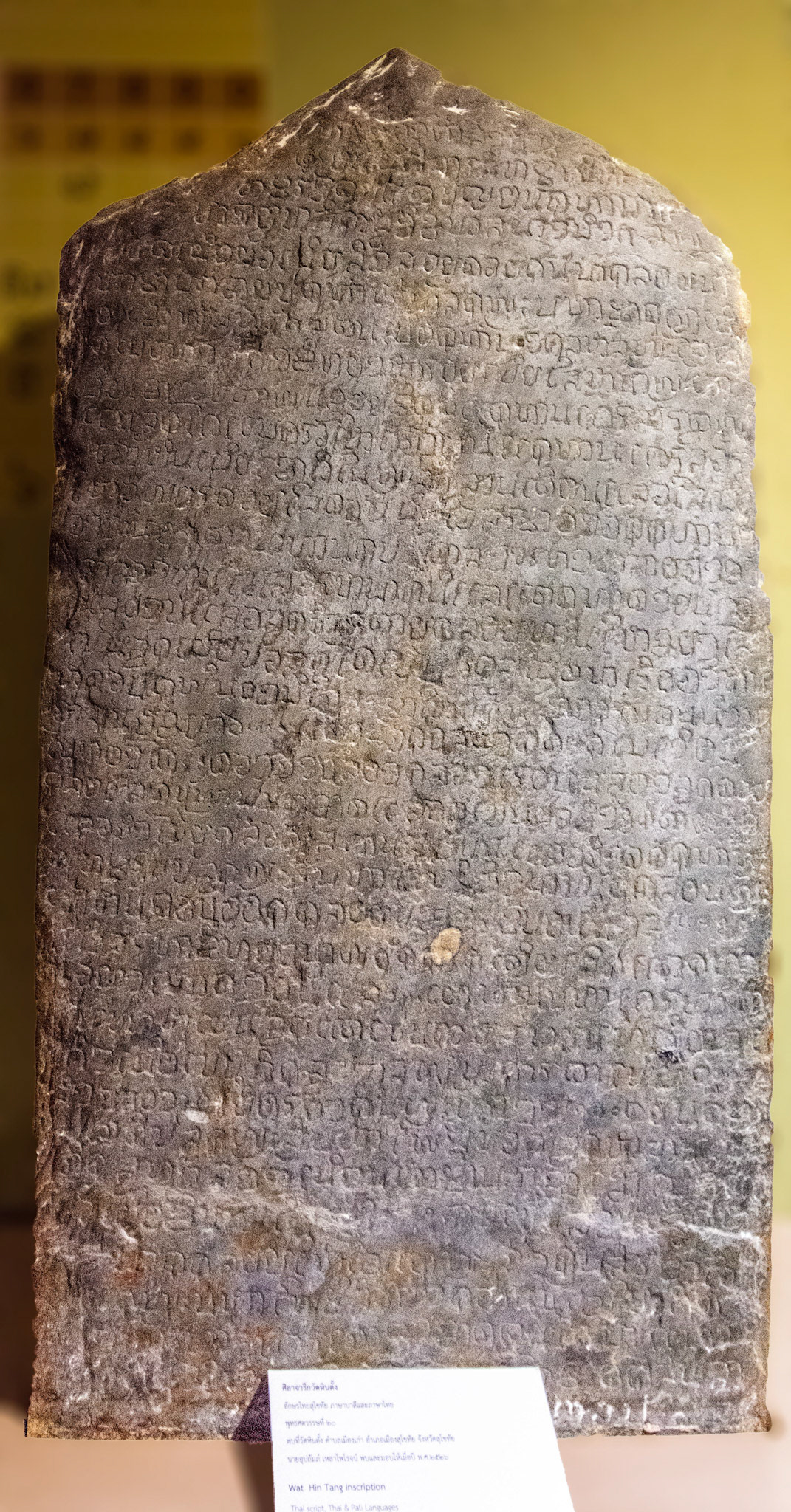
Ramkhamhaeng National Museum - พิพิธภัณฑสถานแห่งชาติรามคำแหง
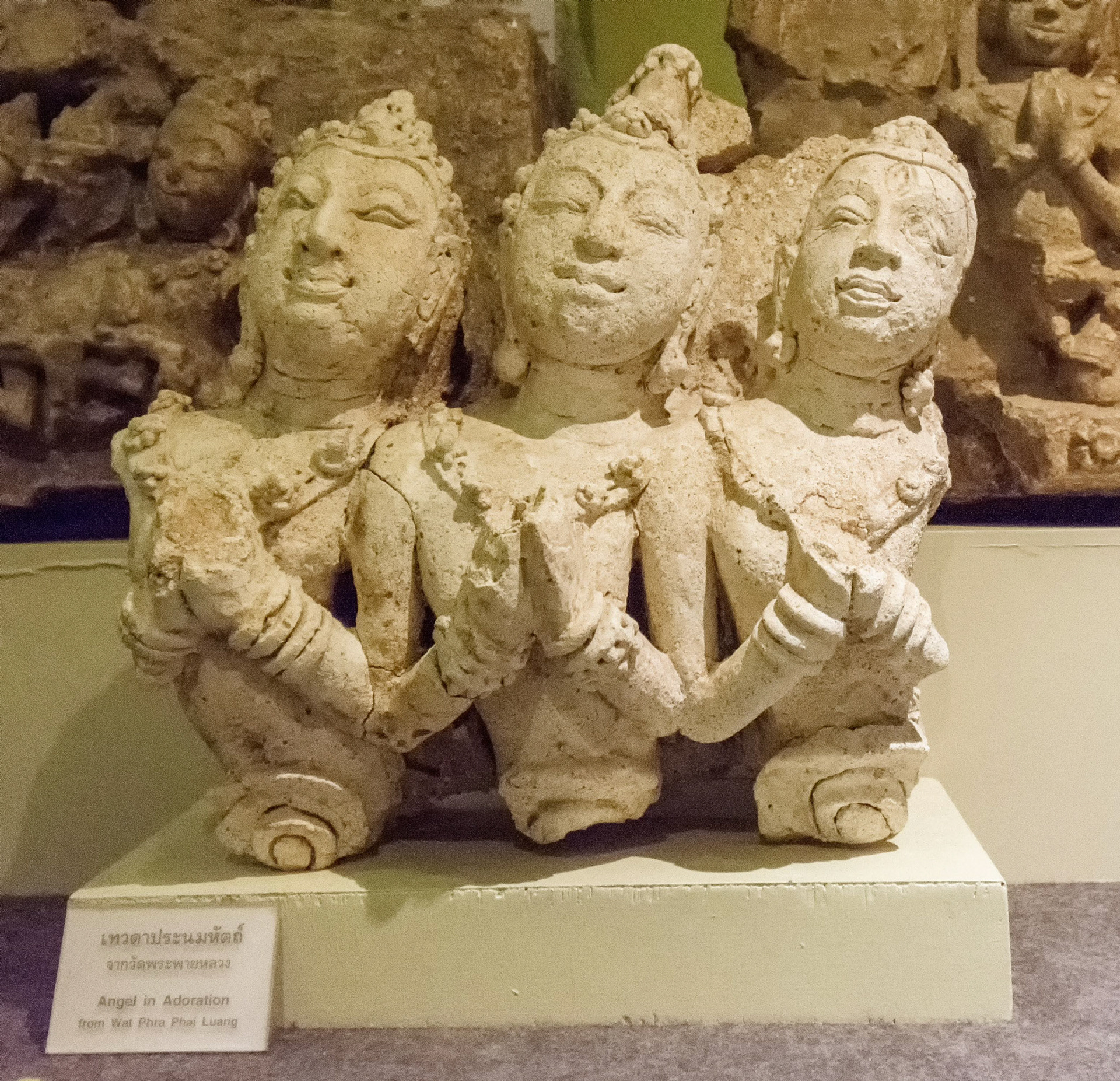
Ramkhamhaeng National Museum - พิพิธภัณฑสถานแห่งชาติรามคำแหง

Ramkhamhaeng National Museum - พิพิธภัณฑสถานแห่งชาติรามคำแหง

Ramkhamhaeng National Museum - พิพิธภัณฑสถานแห่งชาติรามคำแหง
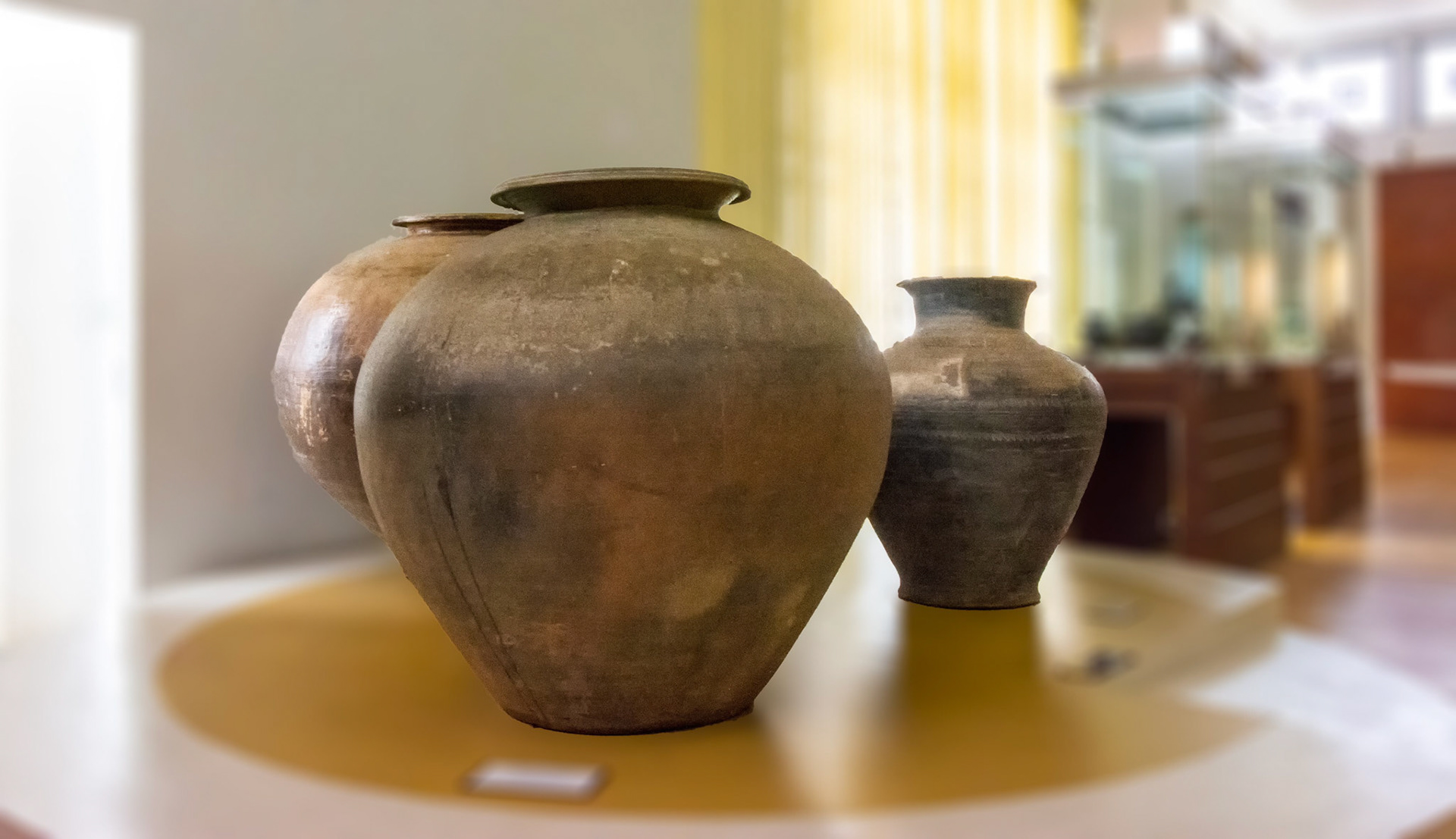
Ramkhamhaeng National Museum - พิพิธภัณฑสถานแห่งชาติรามคำแหง
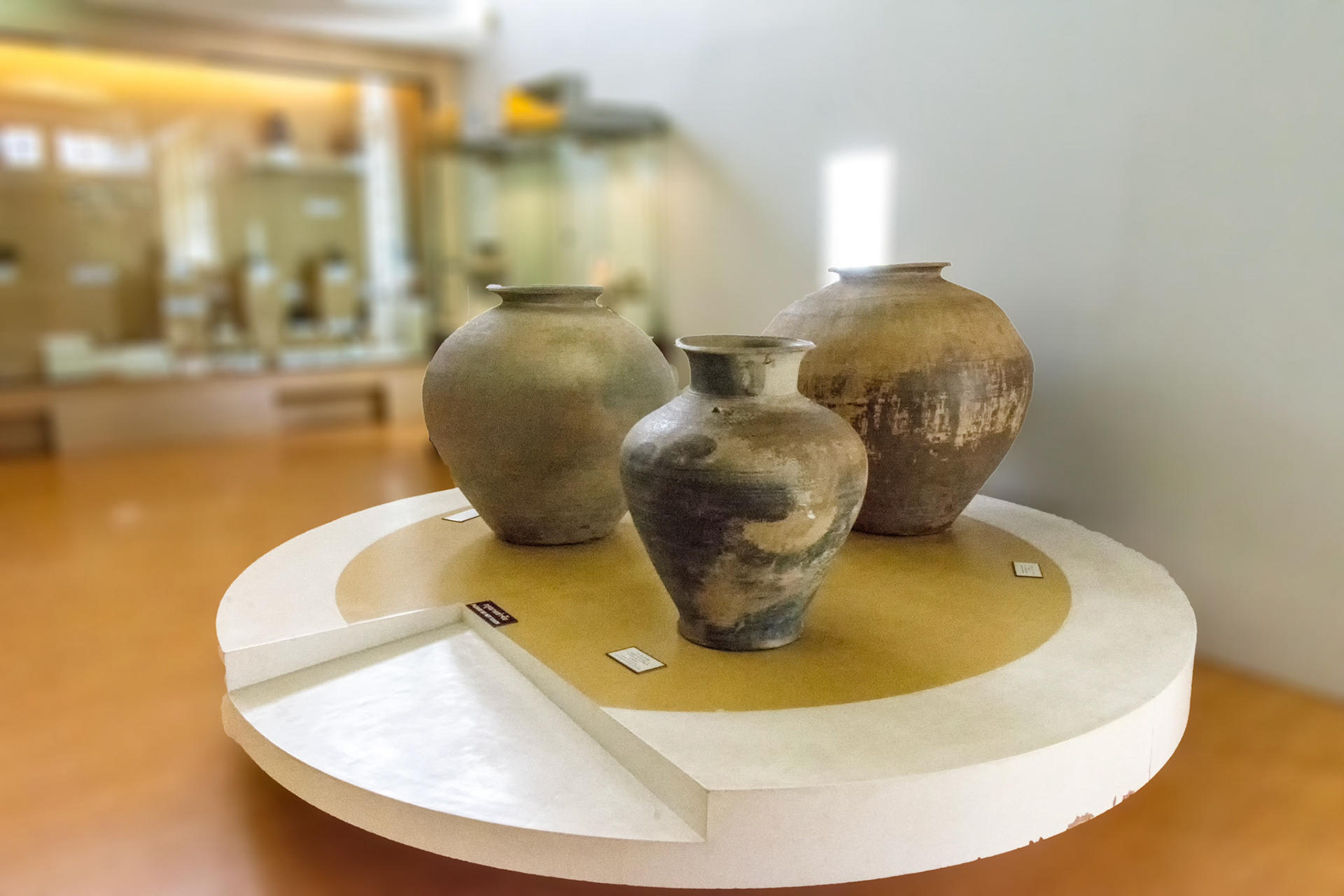
Ramkhamhaeng National Museum - พิพิธภัณฑสถานแห่งชาติรามคำแหง
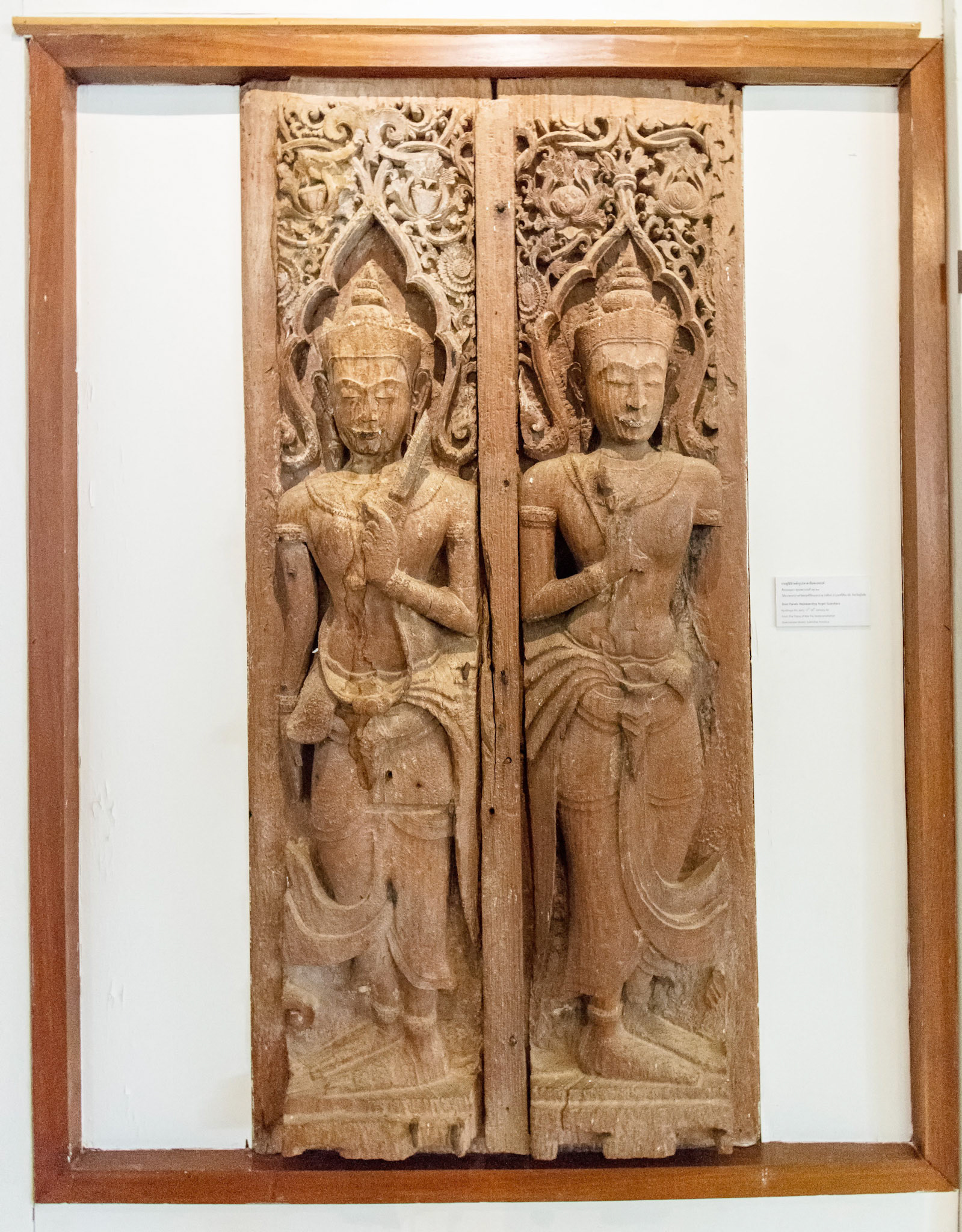
Ramkhamhaeng National Museum - พิพิธภัณฑสถานแห่งชาติรามคำแหง
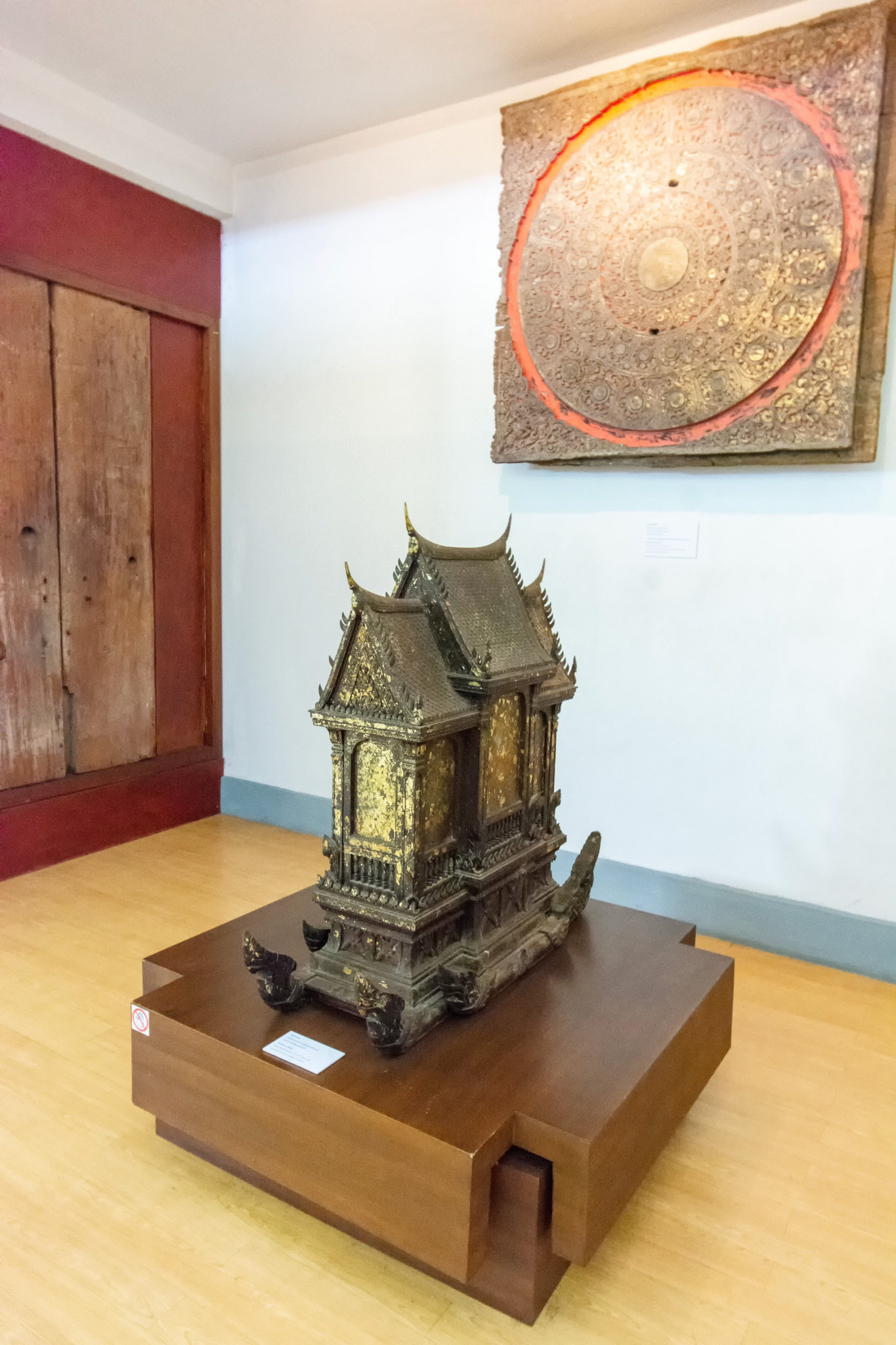
Ramkhamhaeng National Museum - พิพิธภัณฑสถานแห่งชาติรามคำแหง
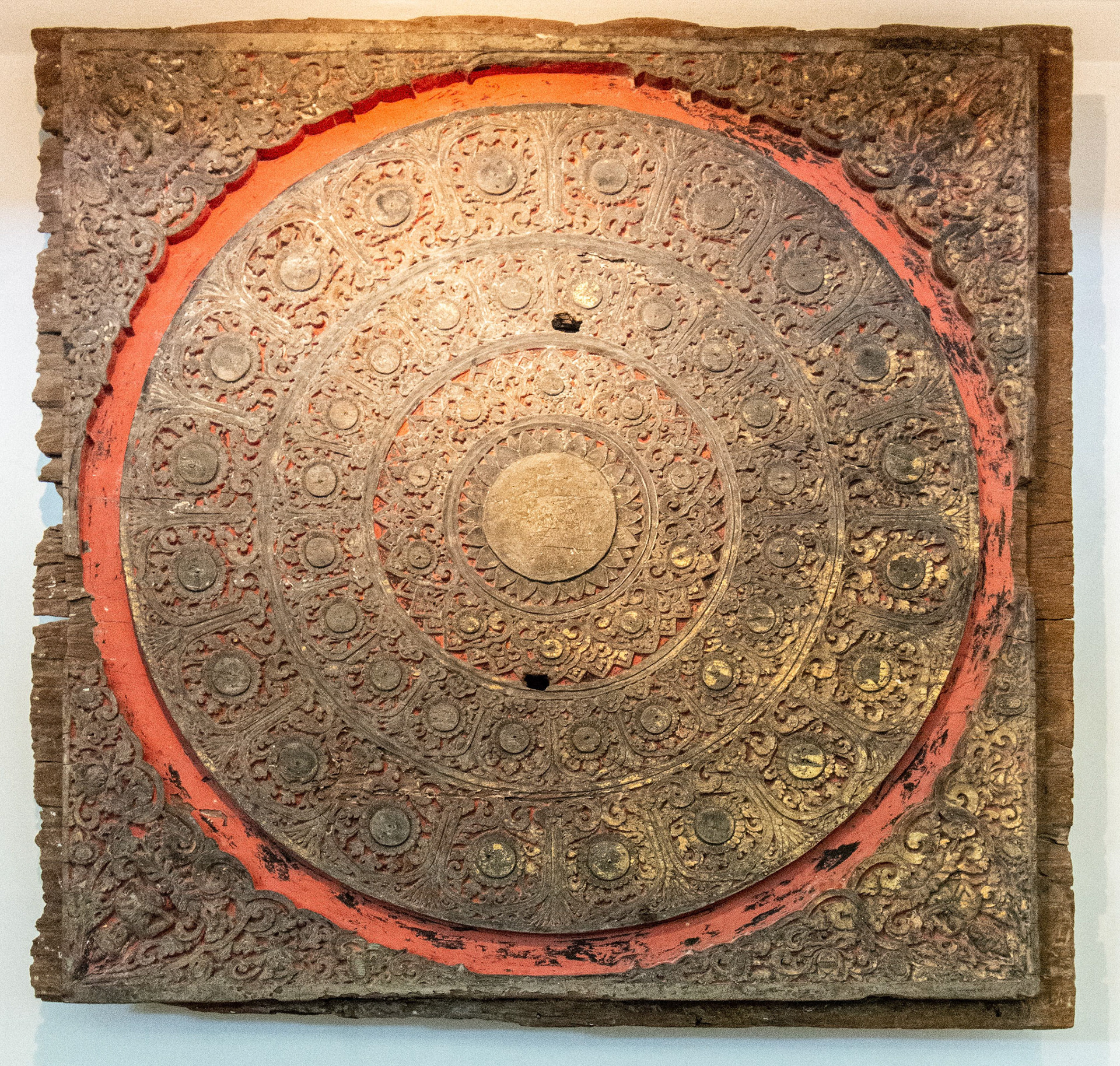
Ramkhamhaeng National Museum - พิพิธภัณฑสถานแห่งชาติรามคำแหง
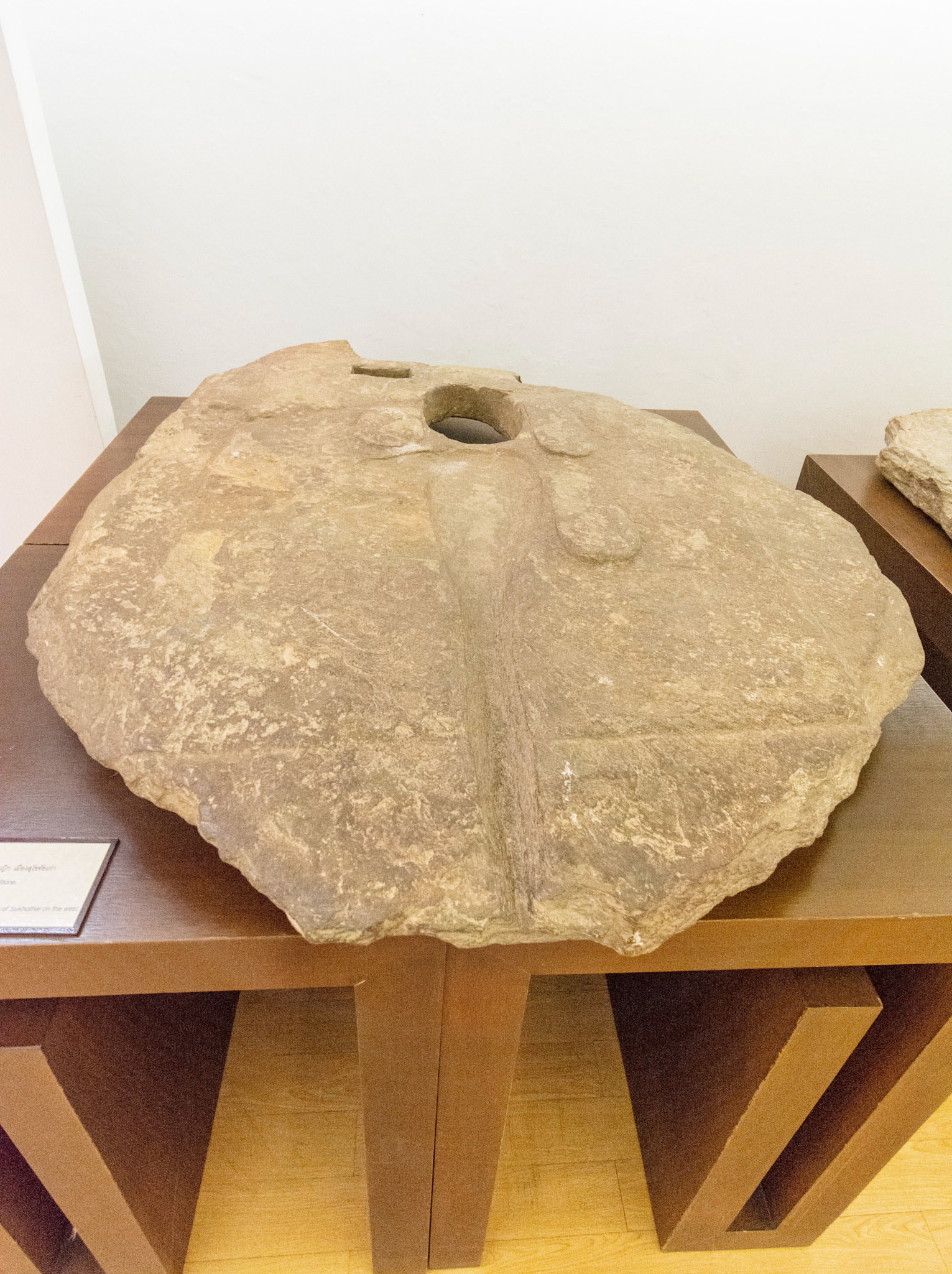
Ramkhamhaeng National Museum - พิพิธภัณฑสถานแห่งชาติรามคำแหง
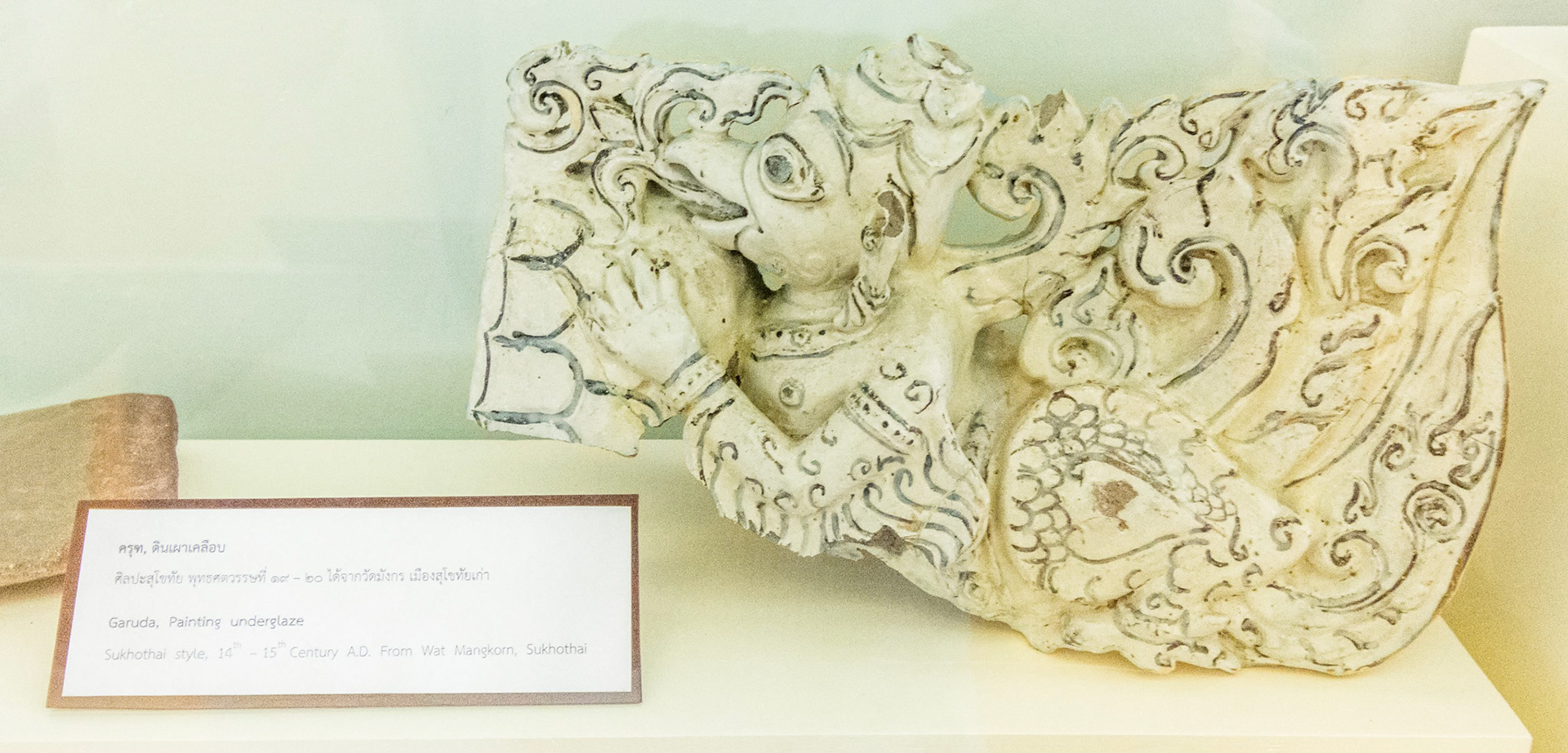
Ramkhamhaeng National Museum - พิพิธภัณฑสถานแห่งชาติรามคำแหง
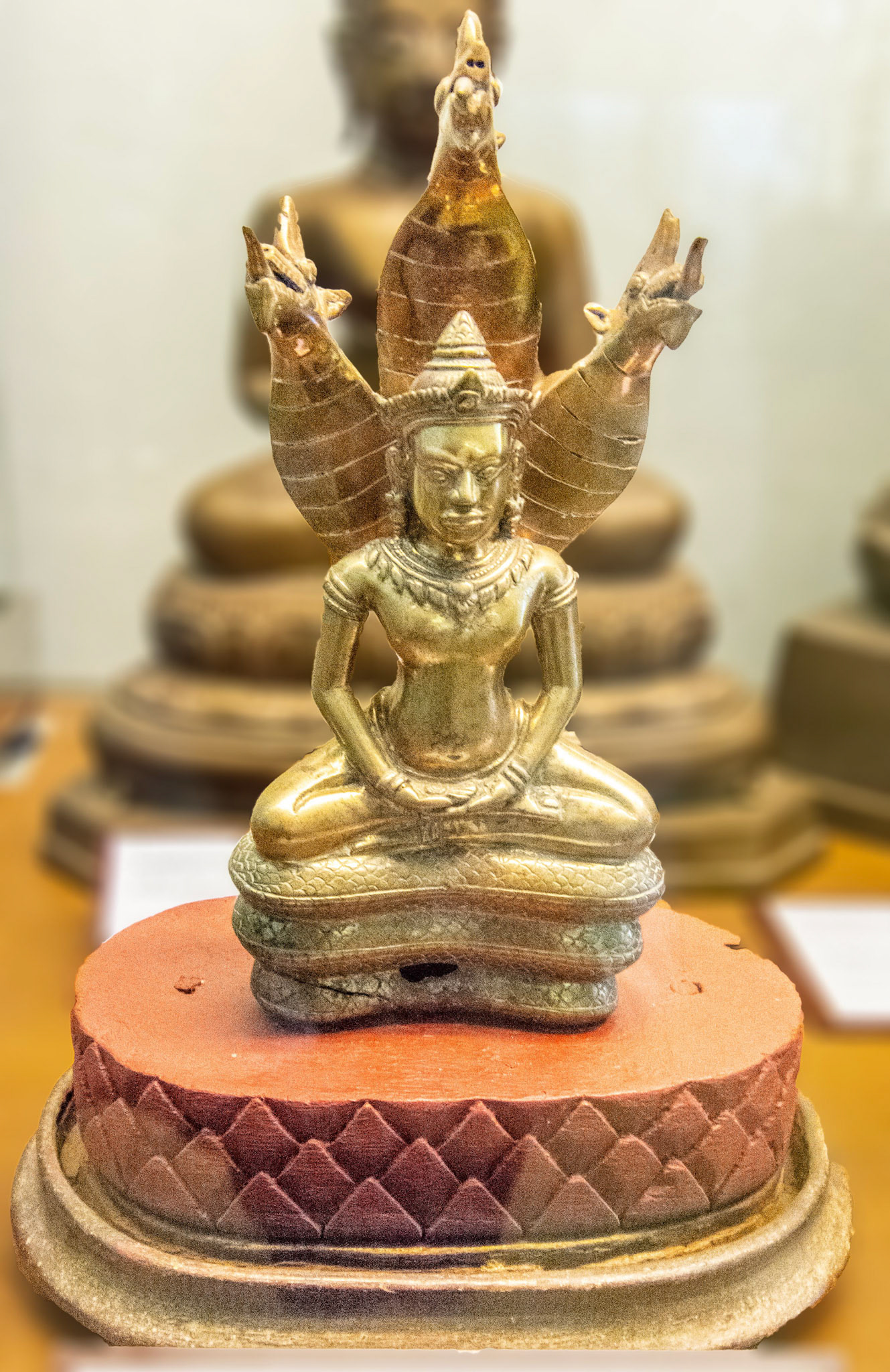
Ramkhamhaeng National Museum - พิพิธภัณฑสถานแห่งชาติรามคำแหง
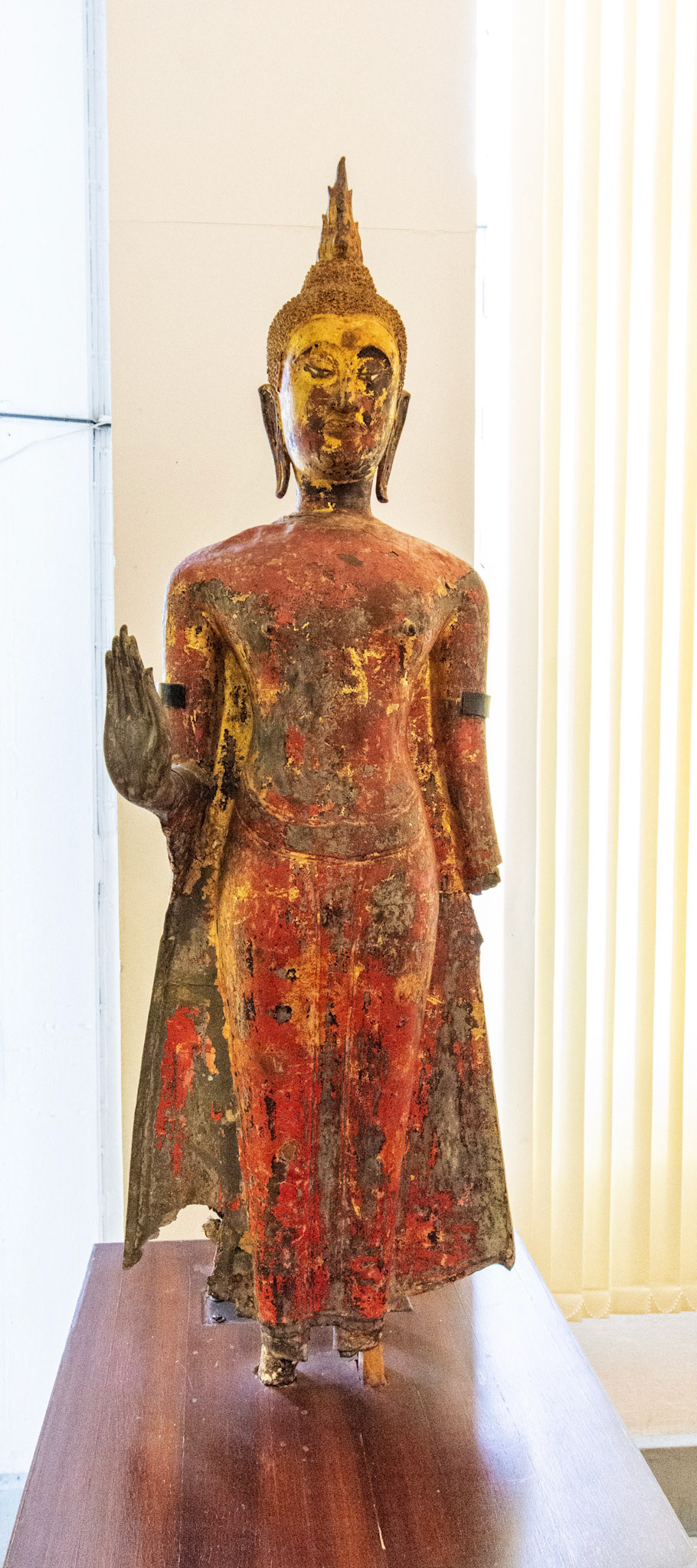
Ramkhamhaeng National Museum - พิพิธภัณฑสถานแห่งชาติรามคำแหง
